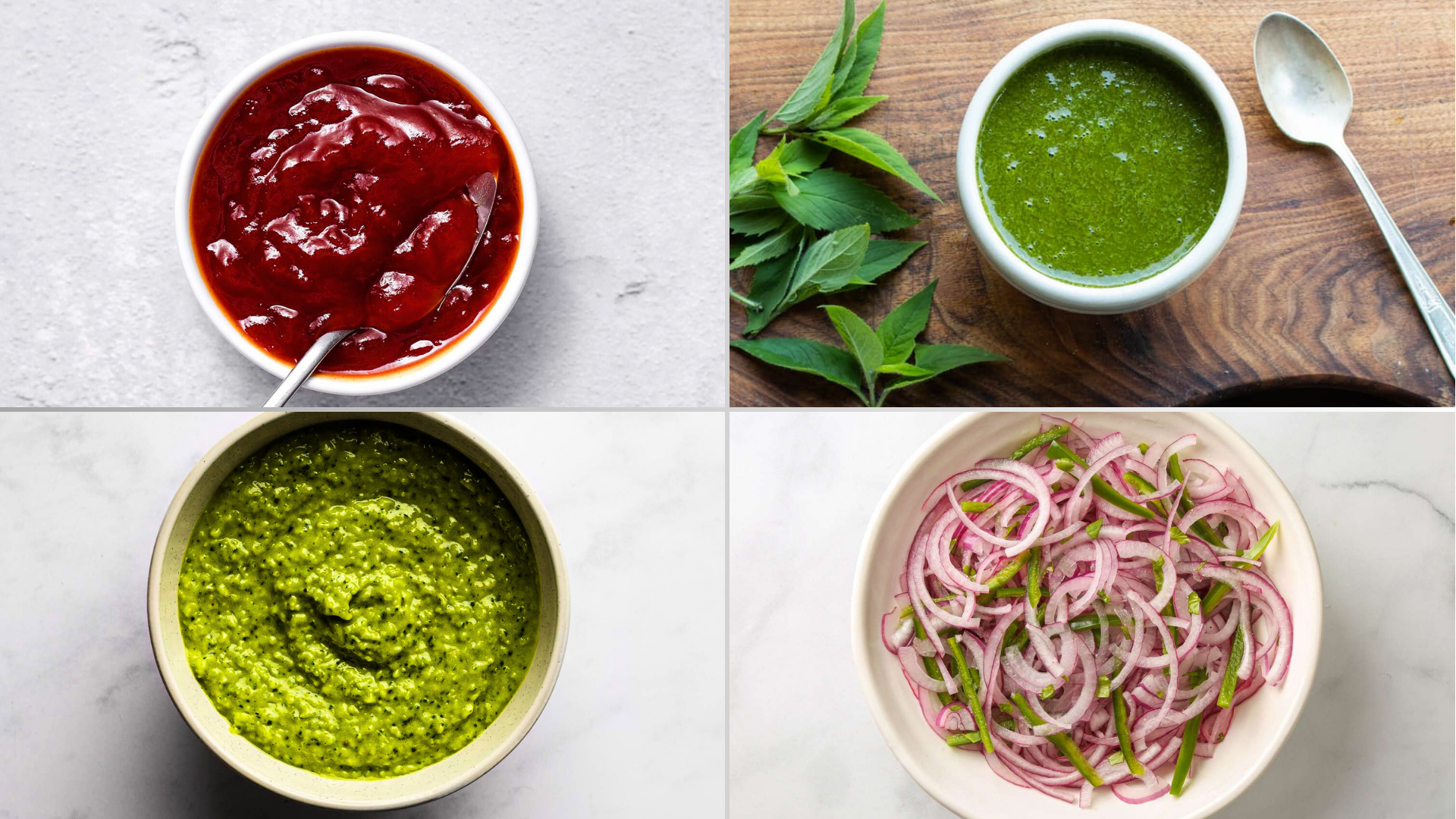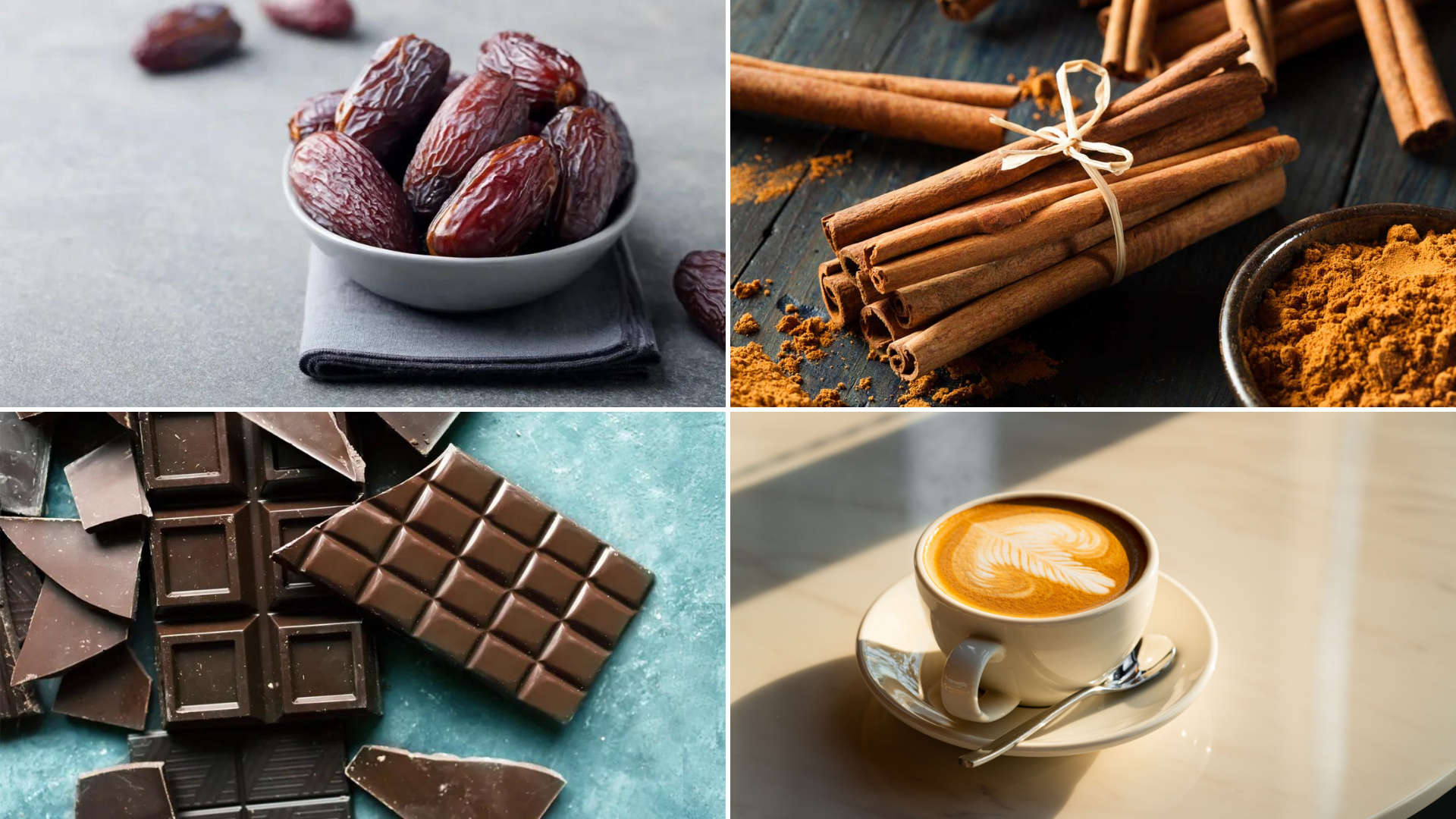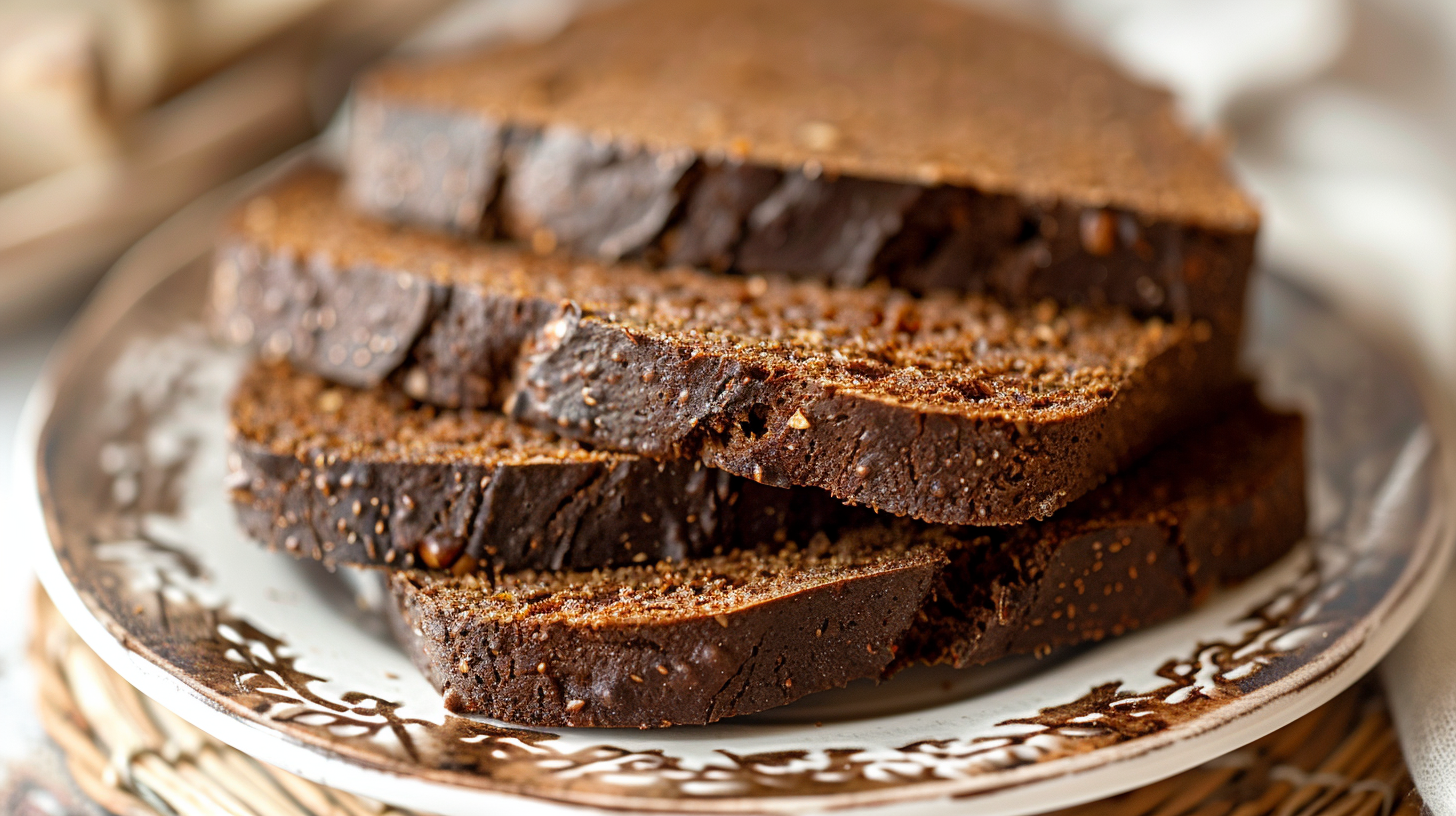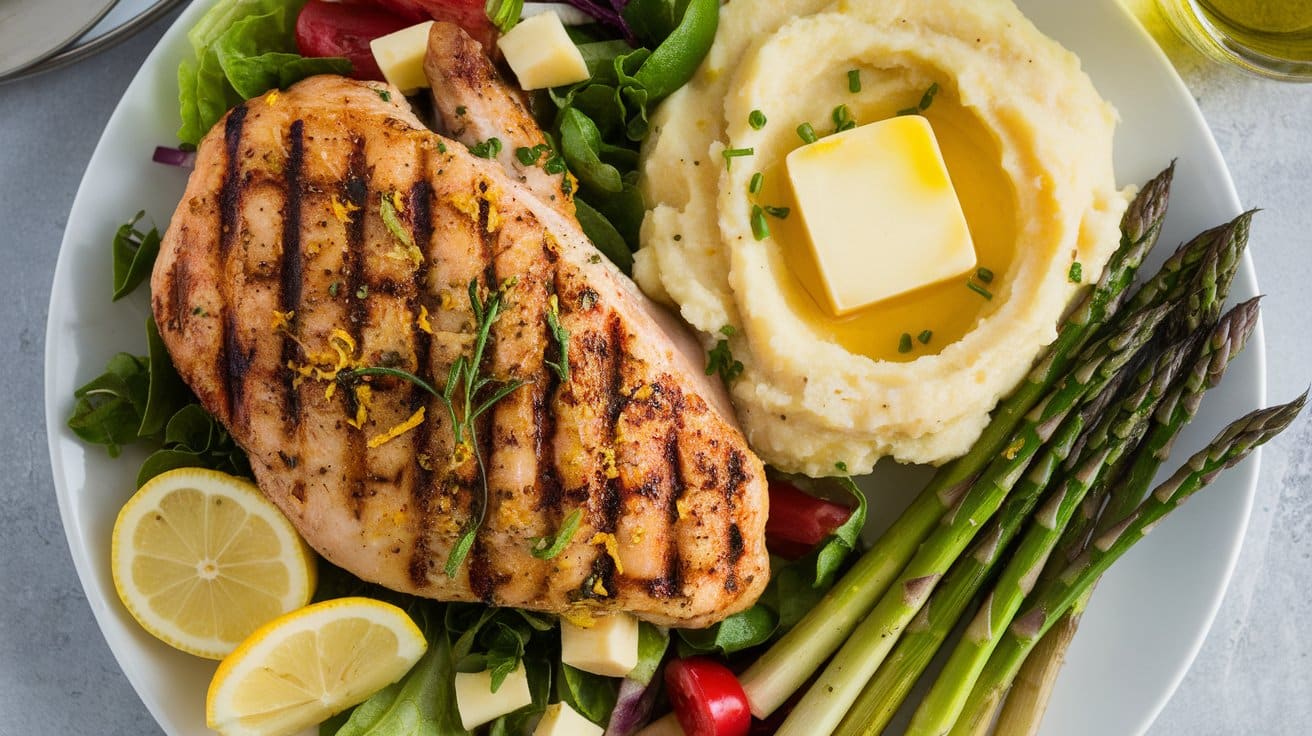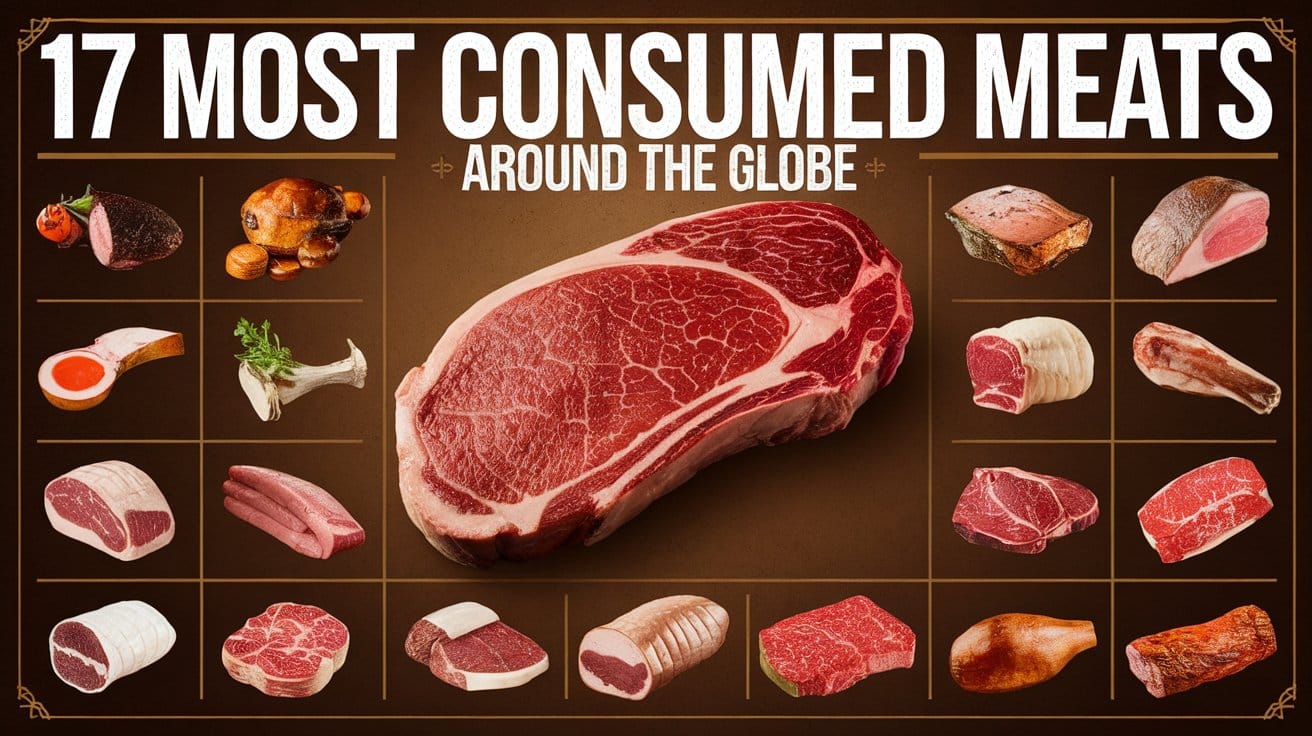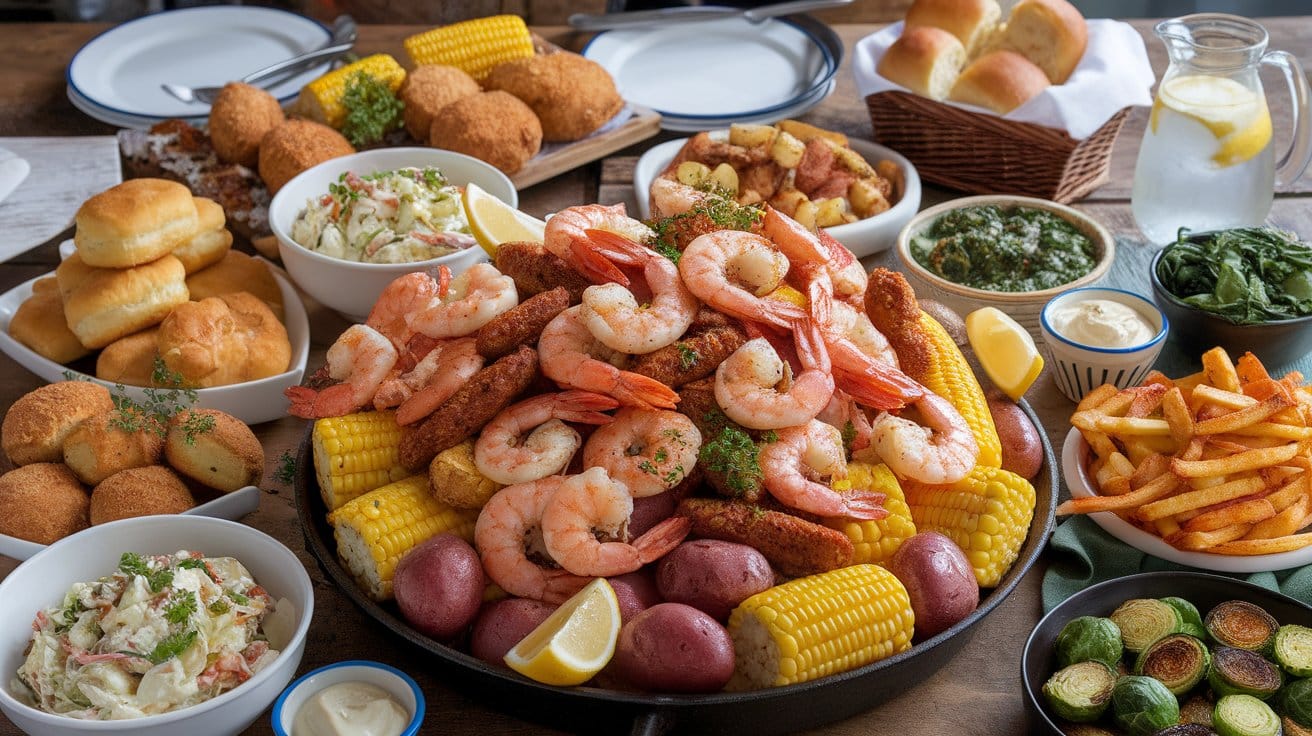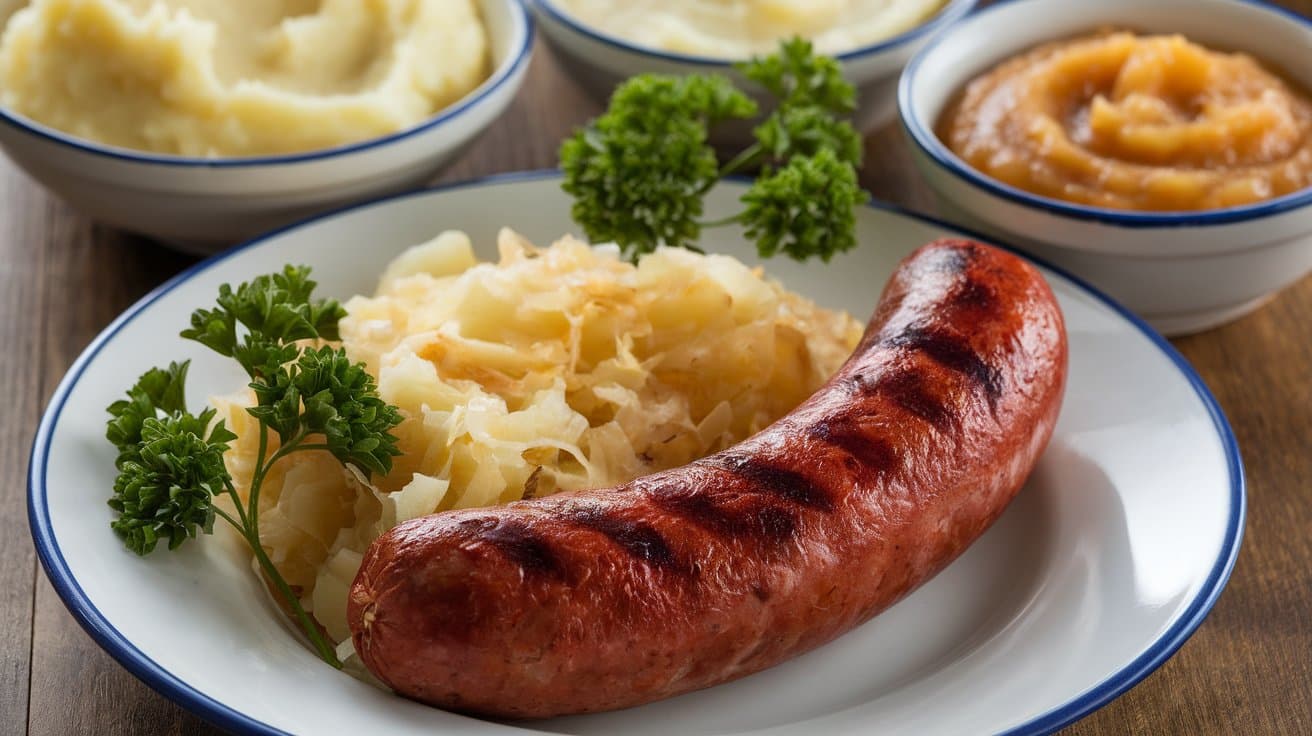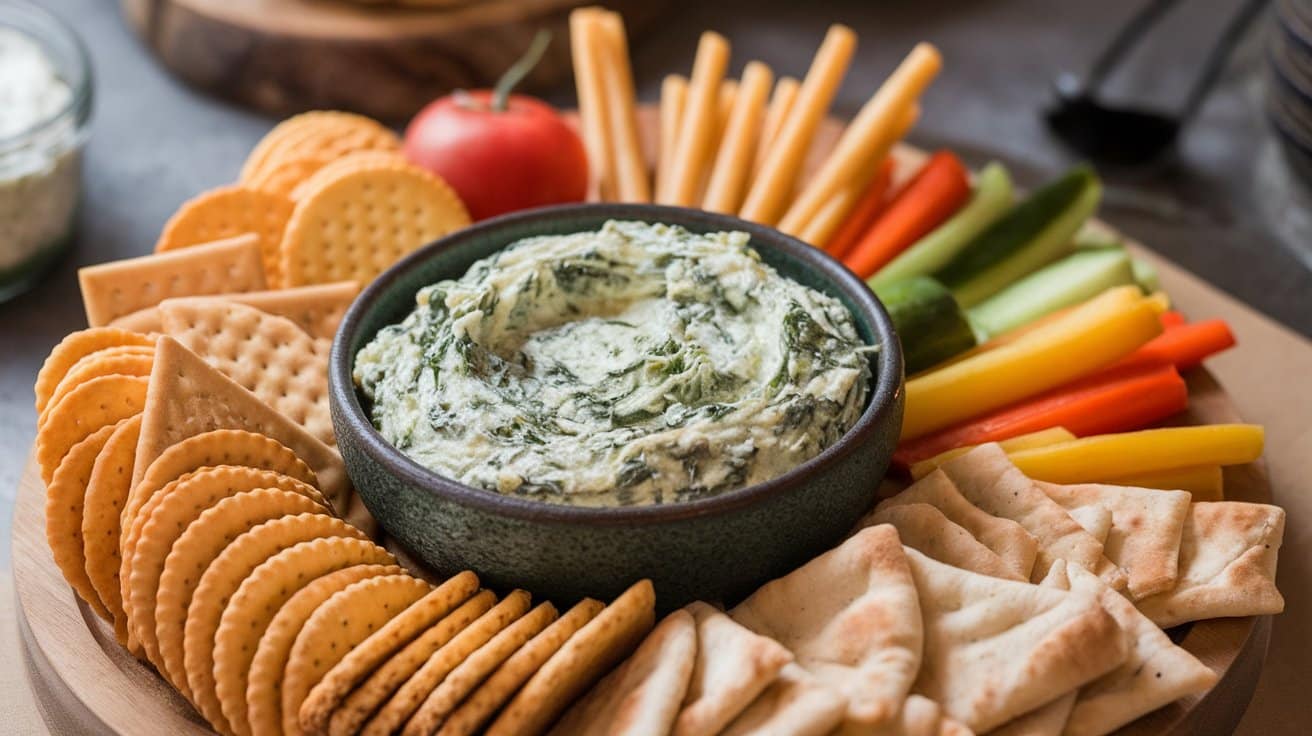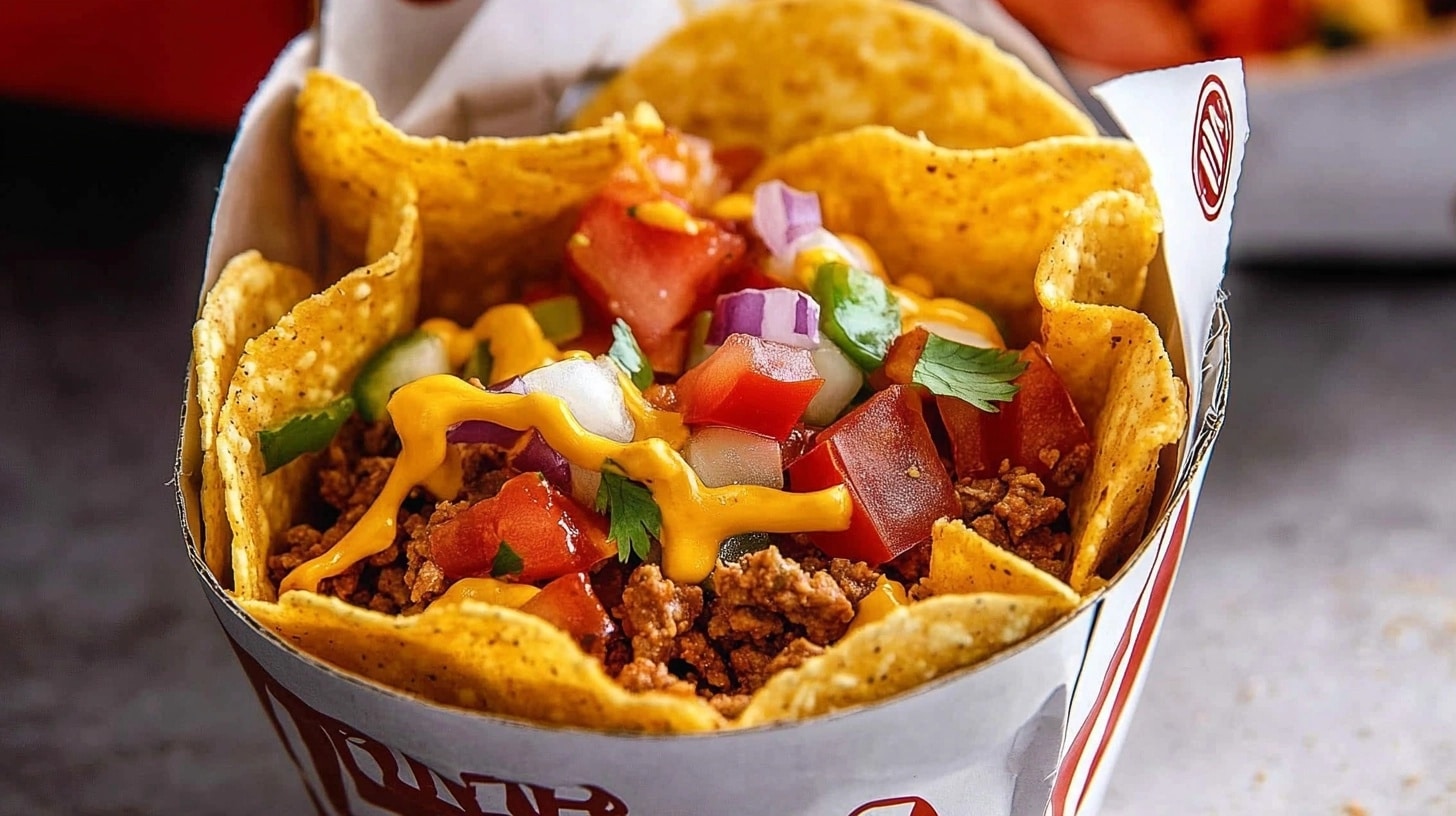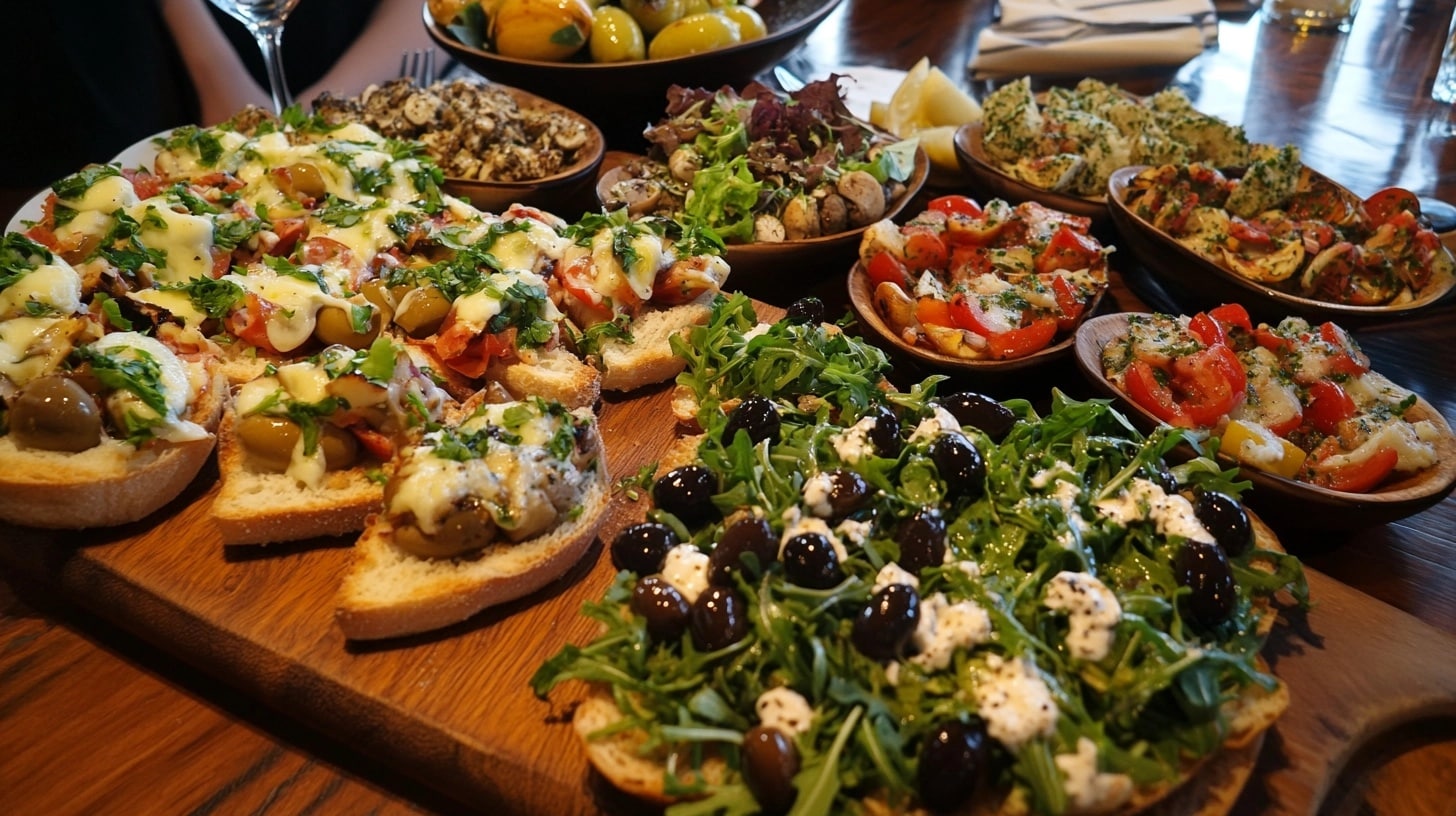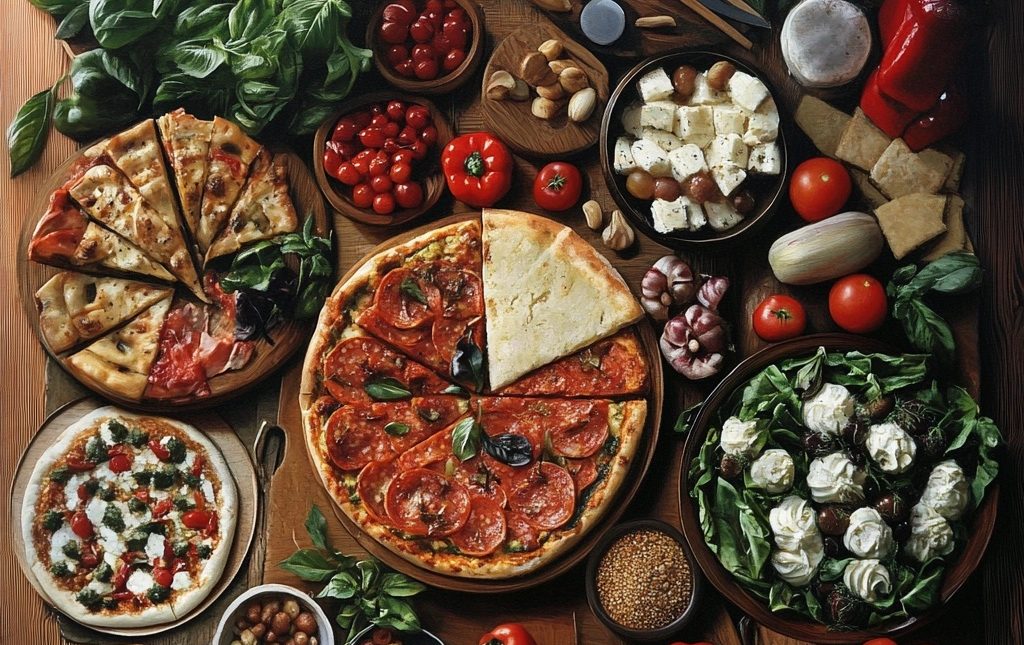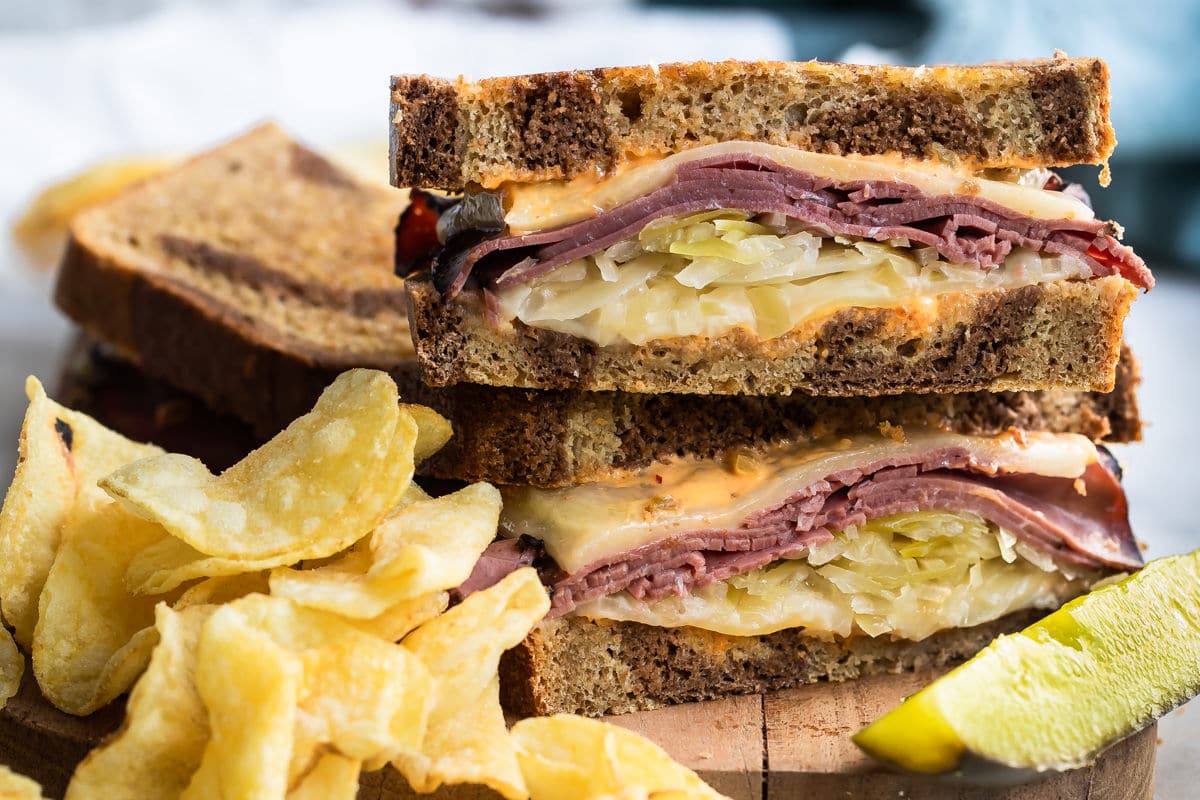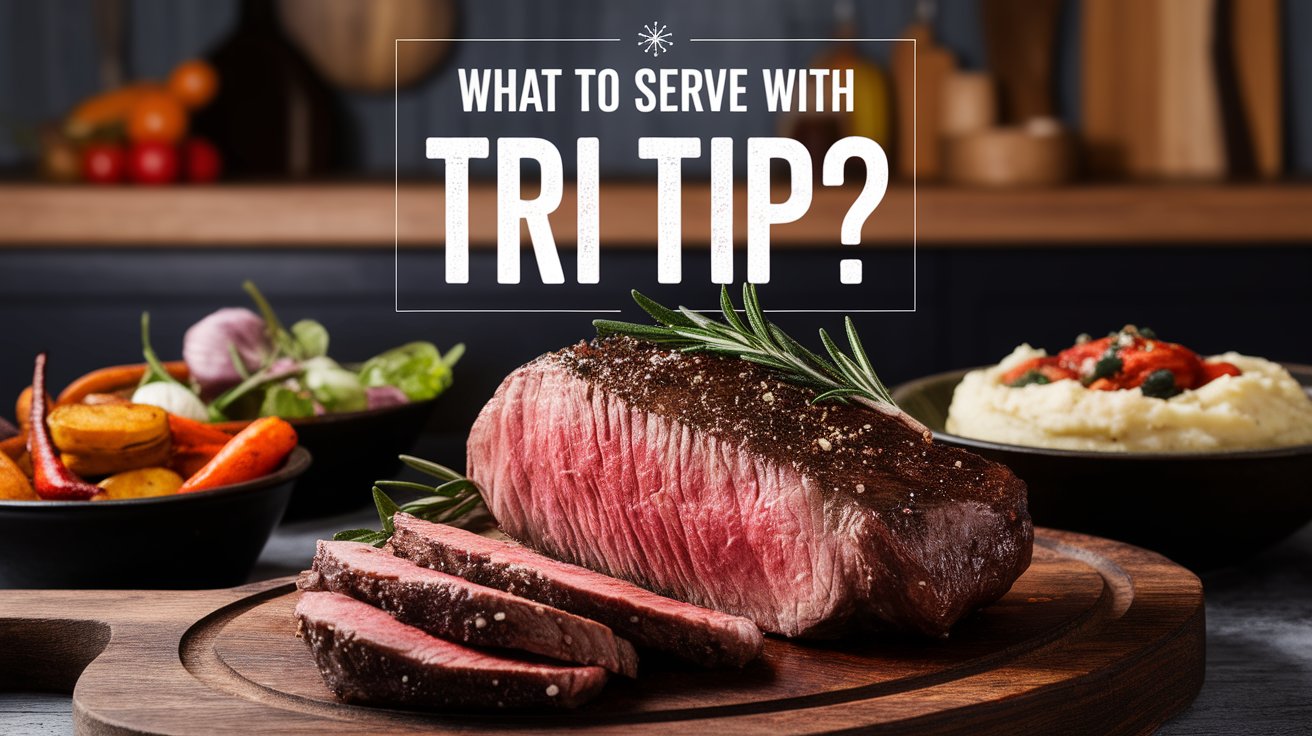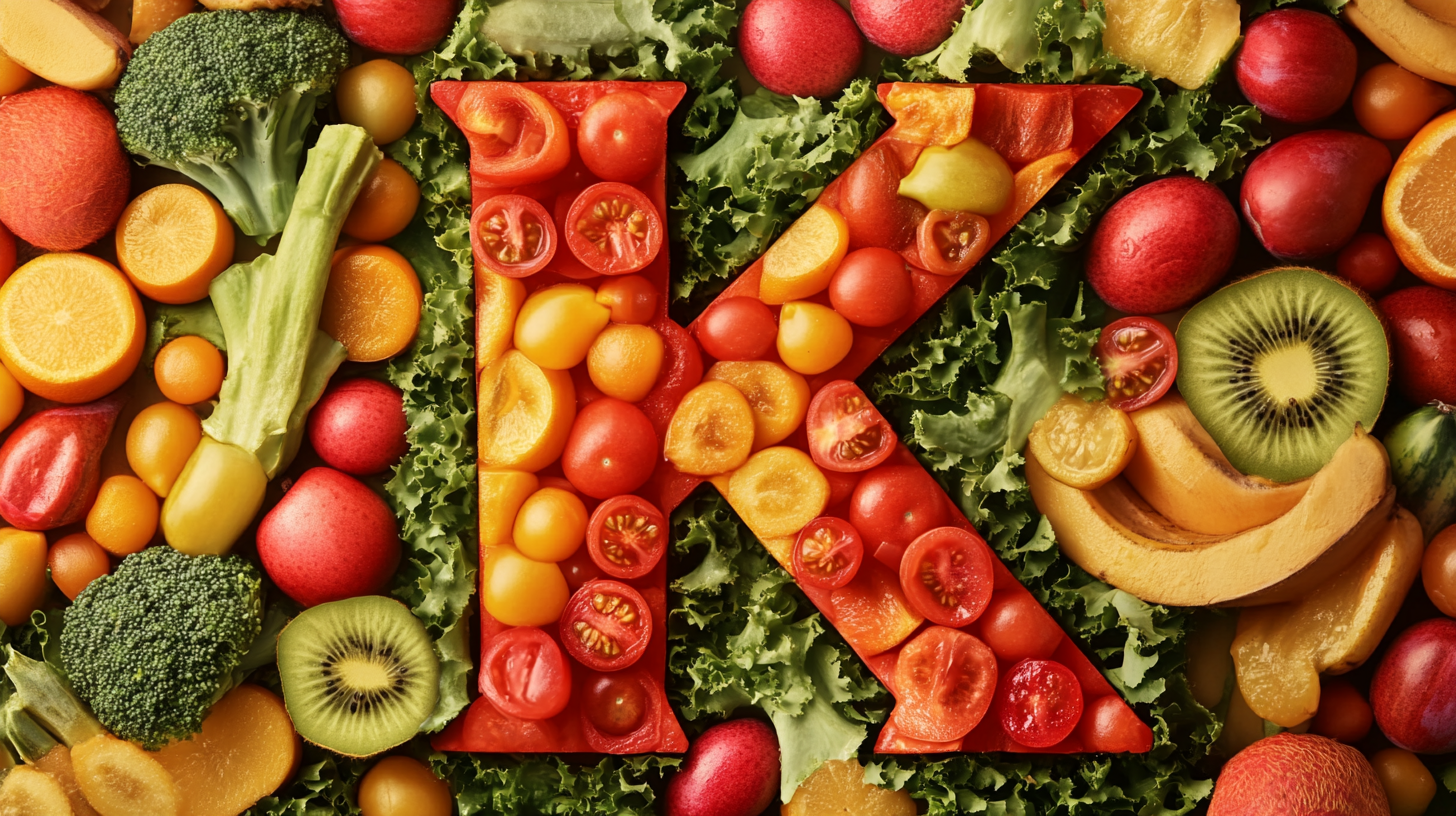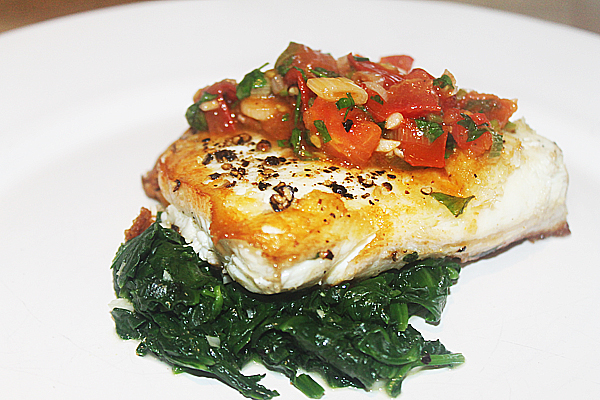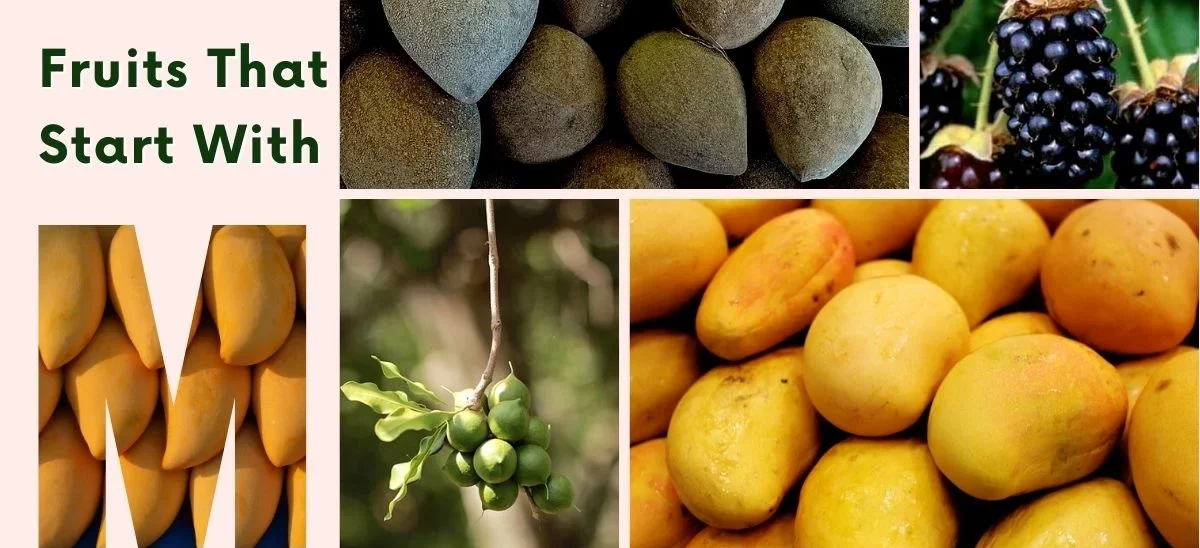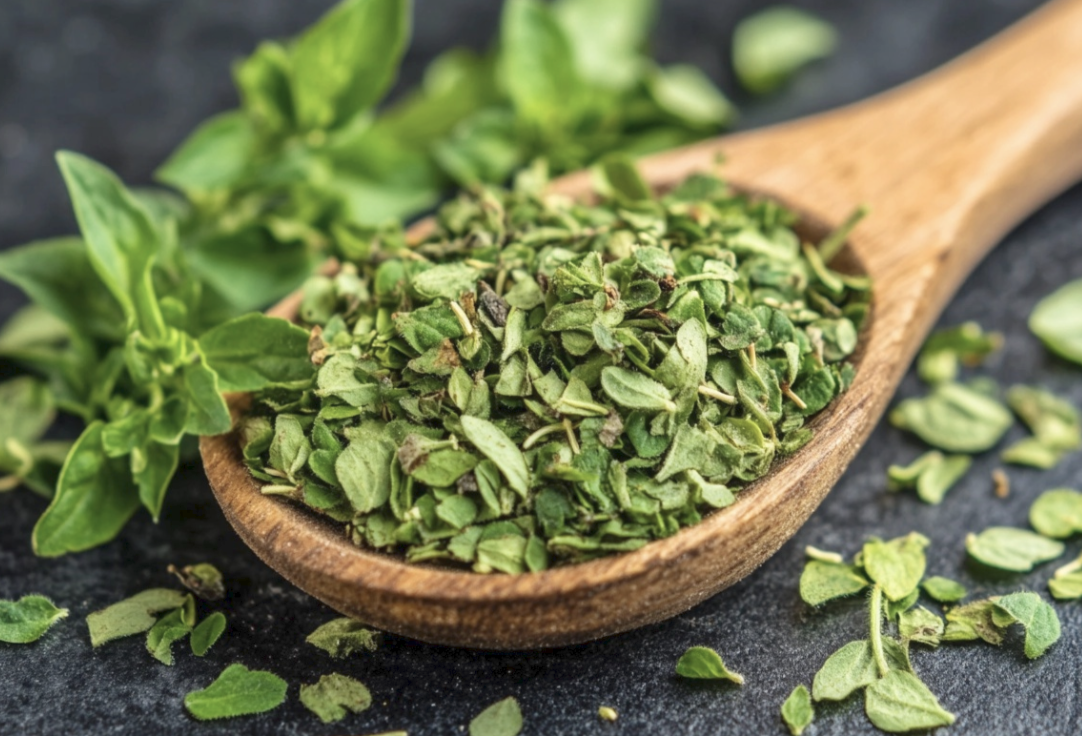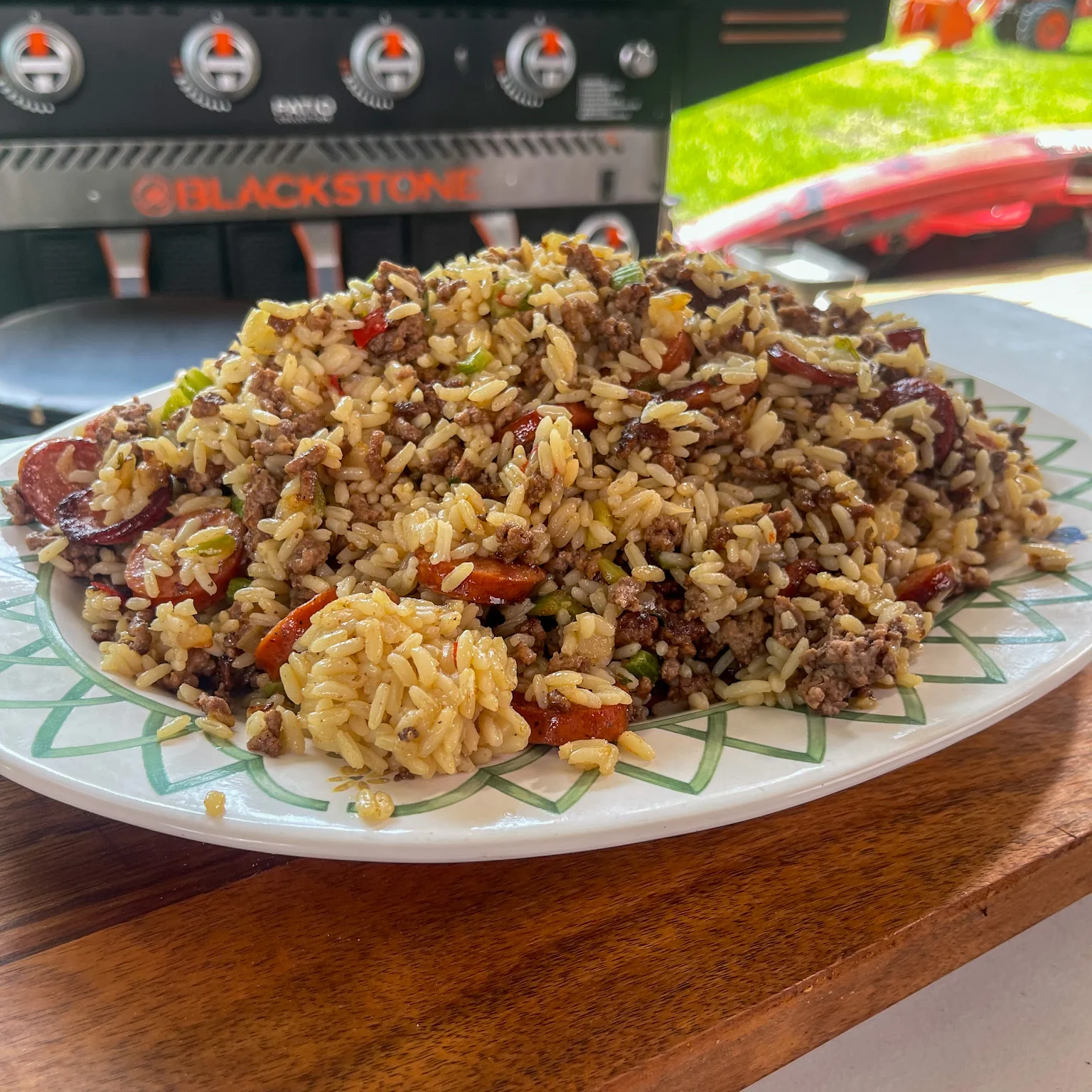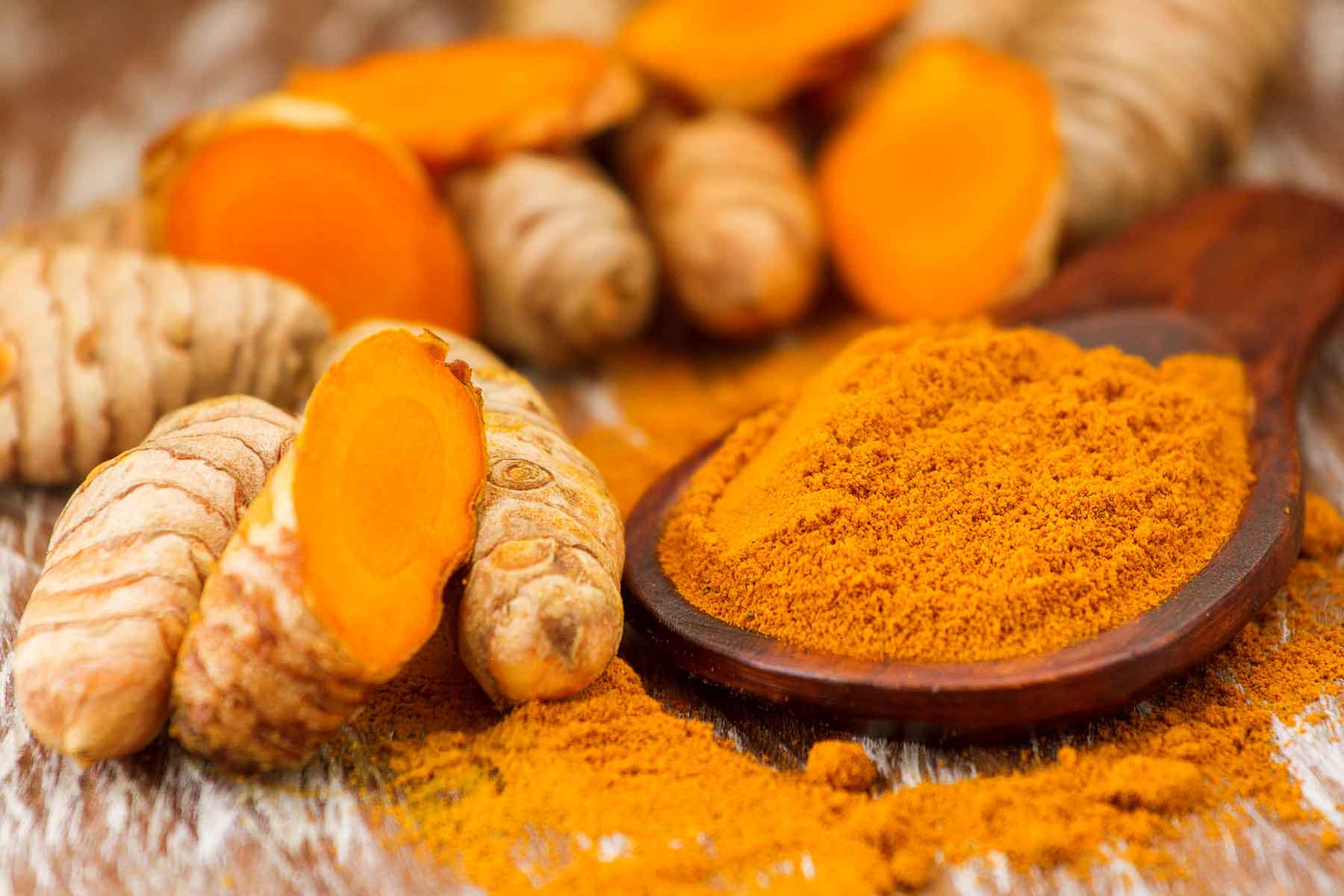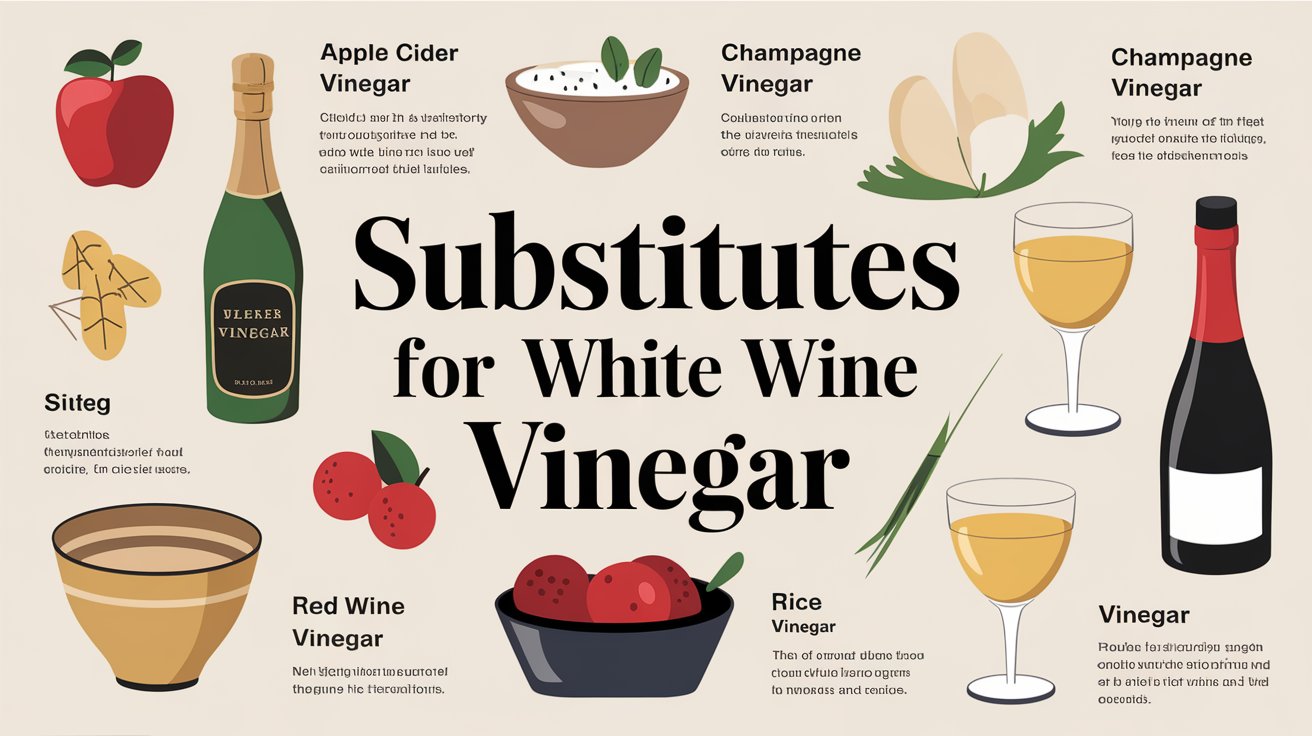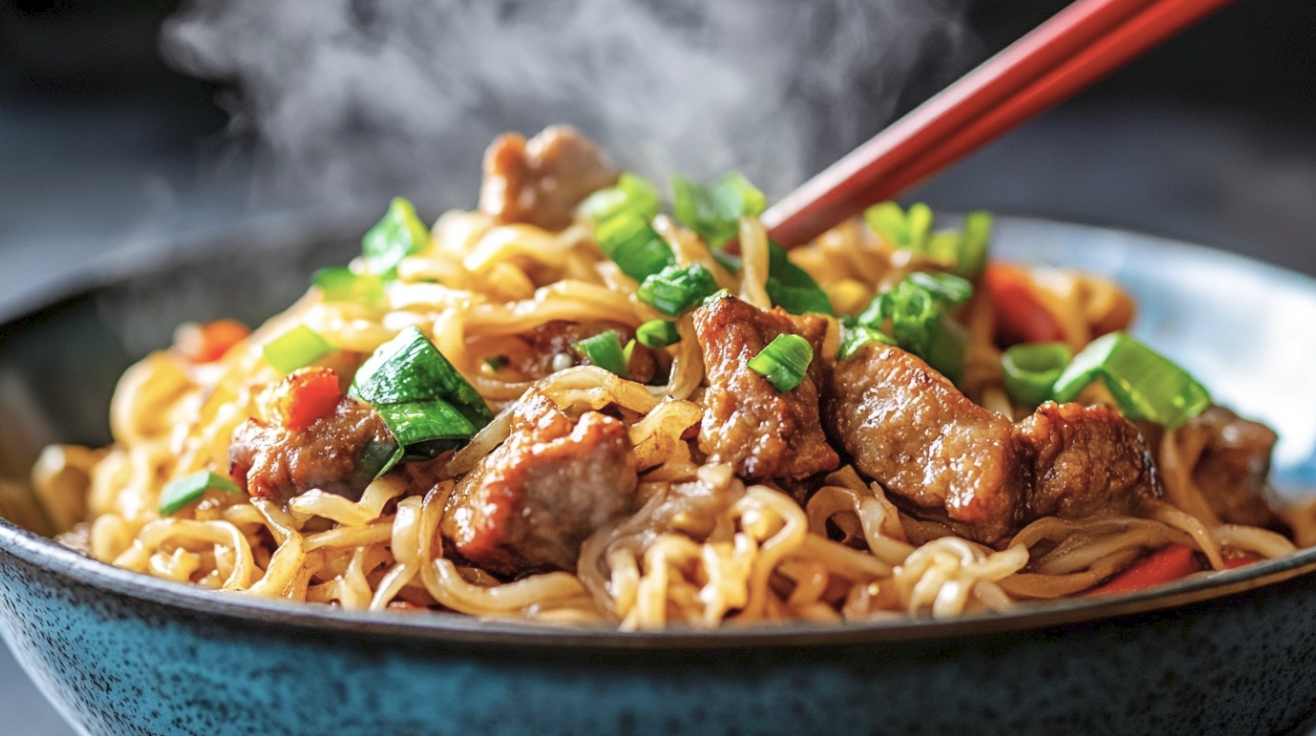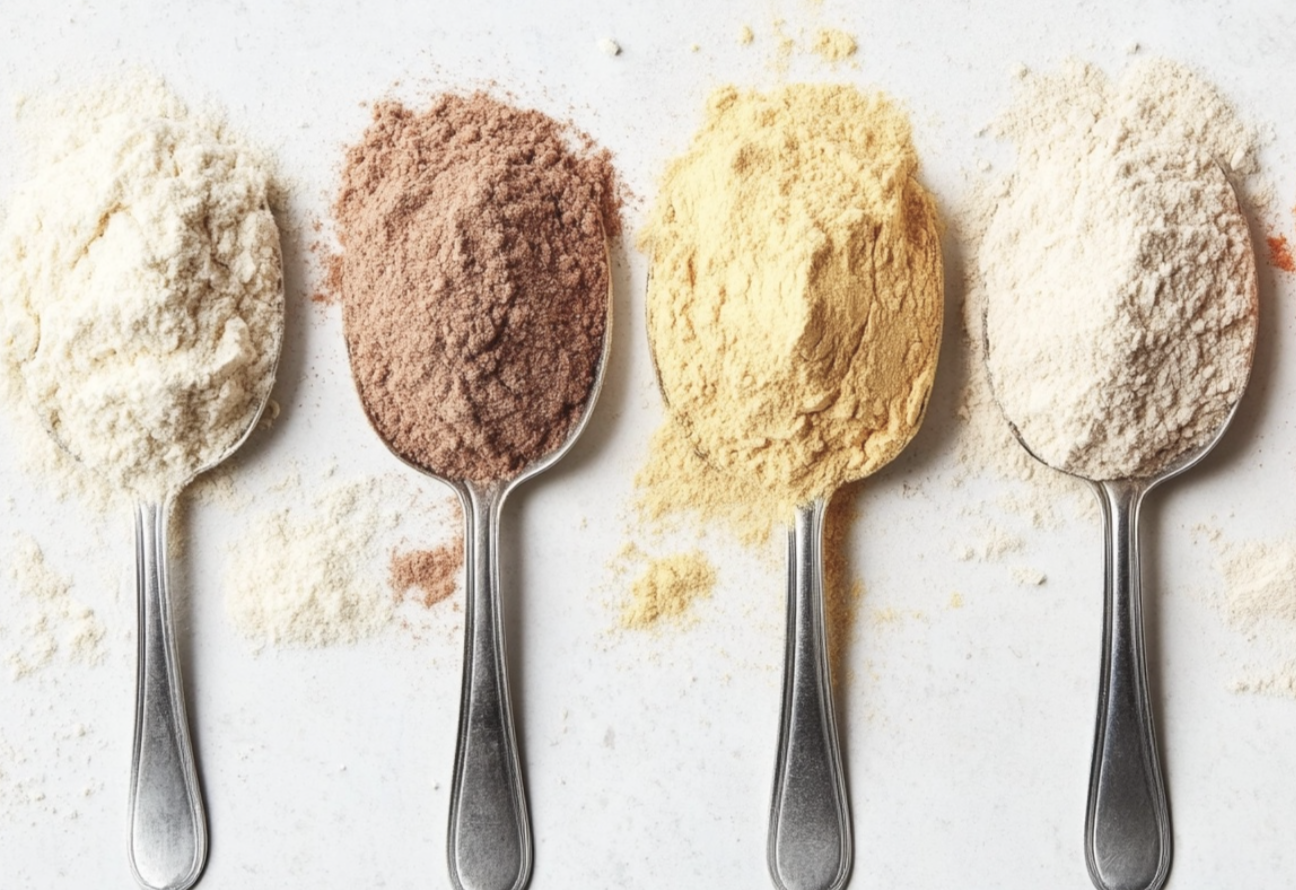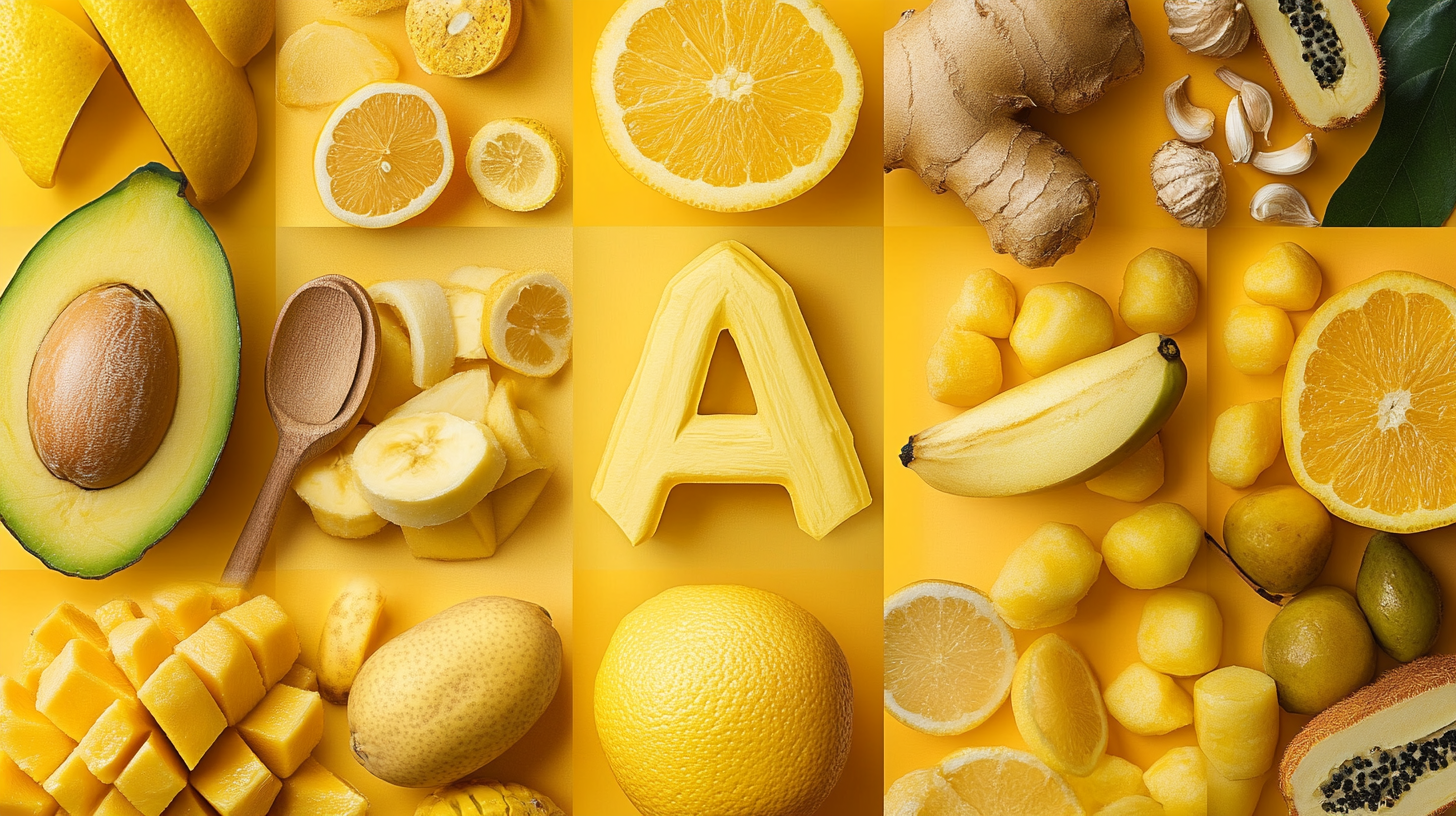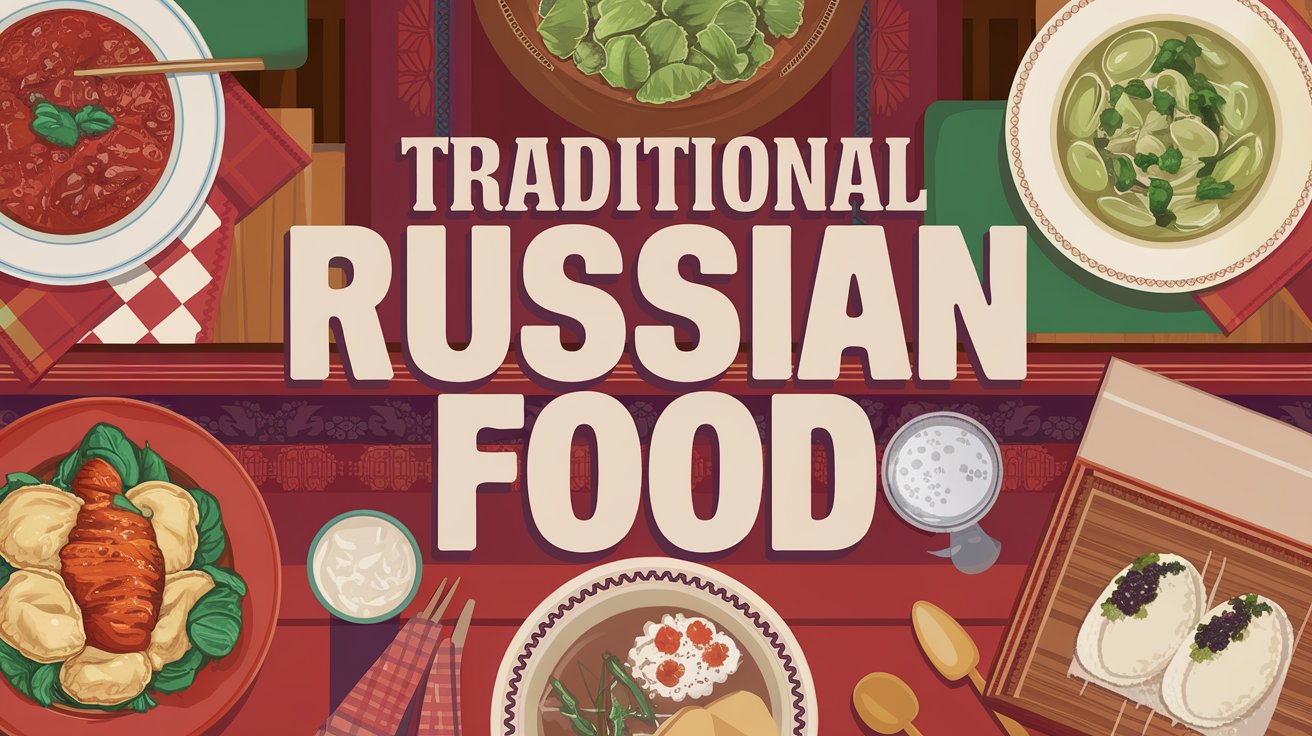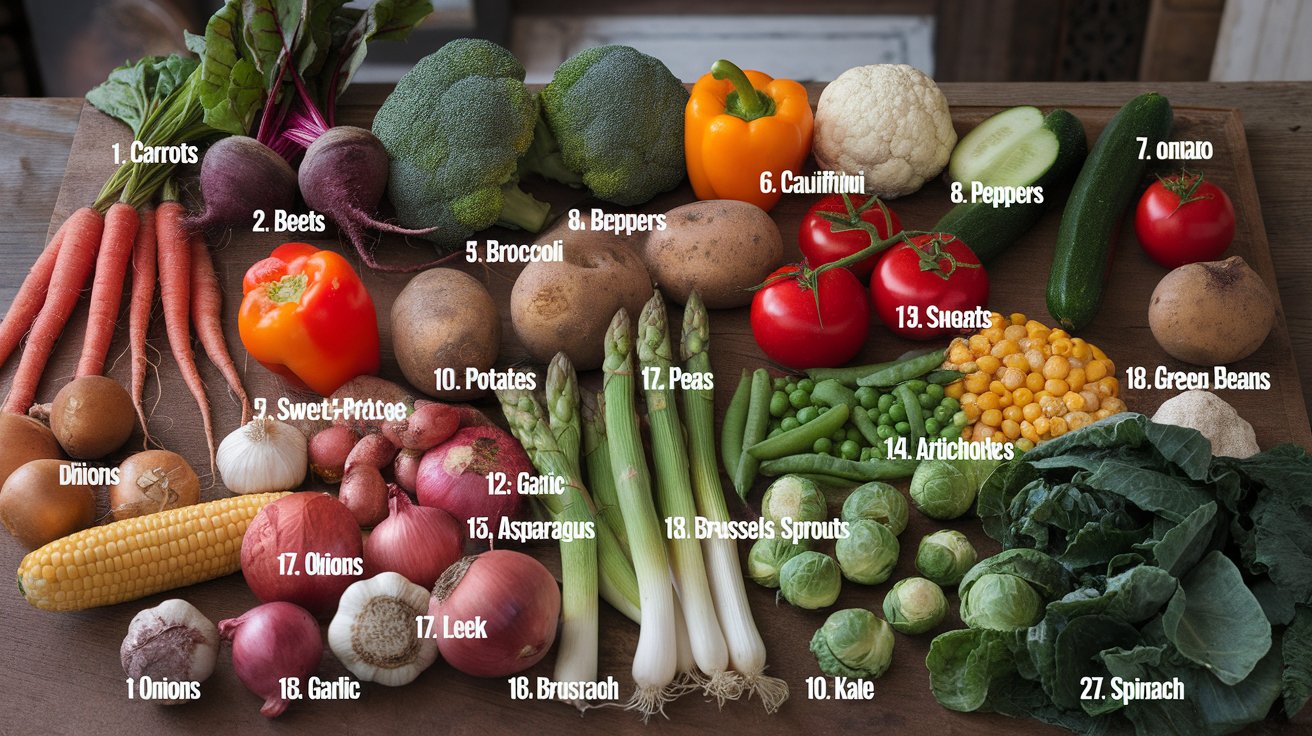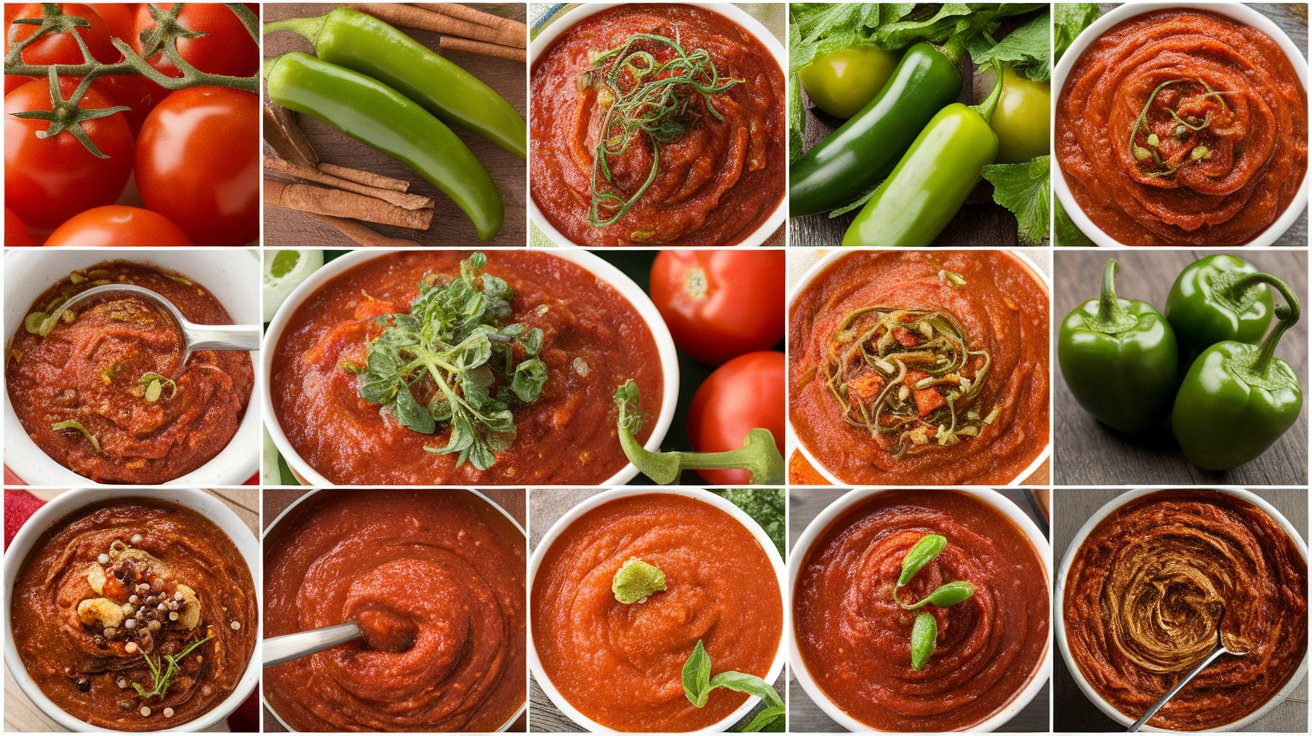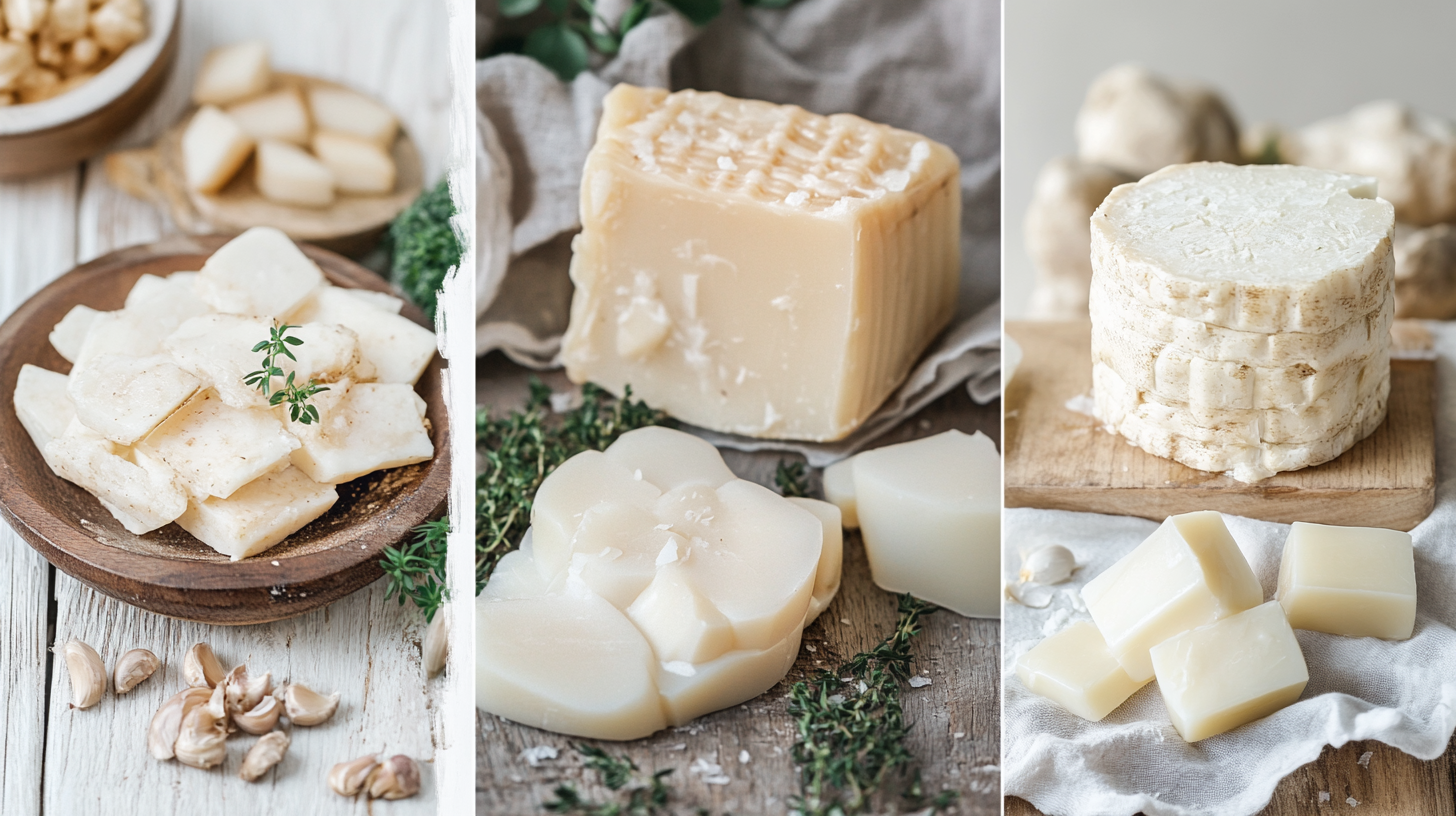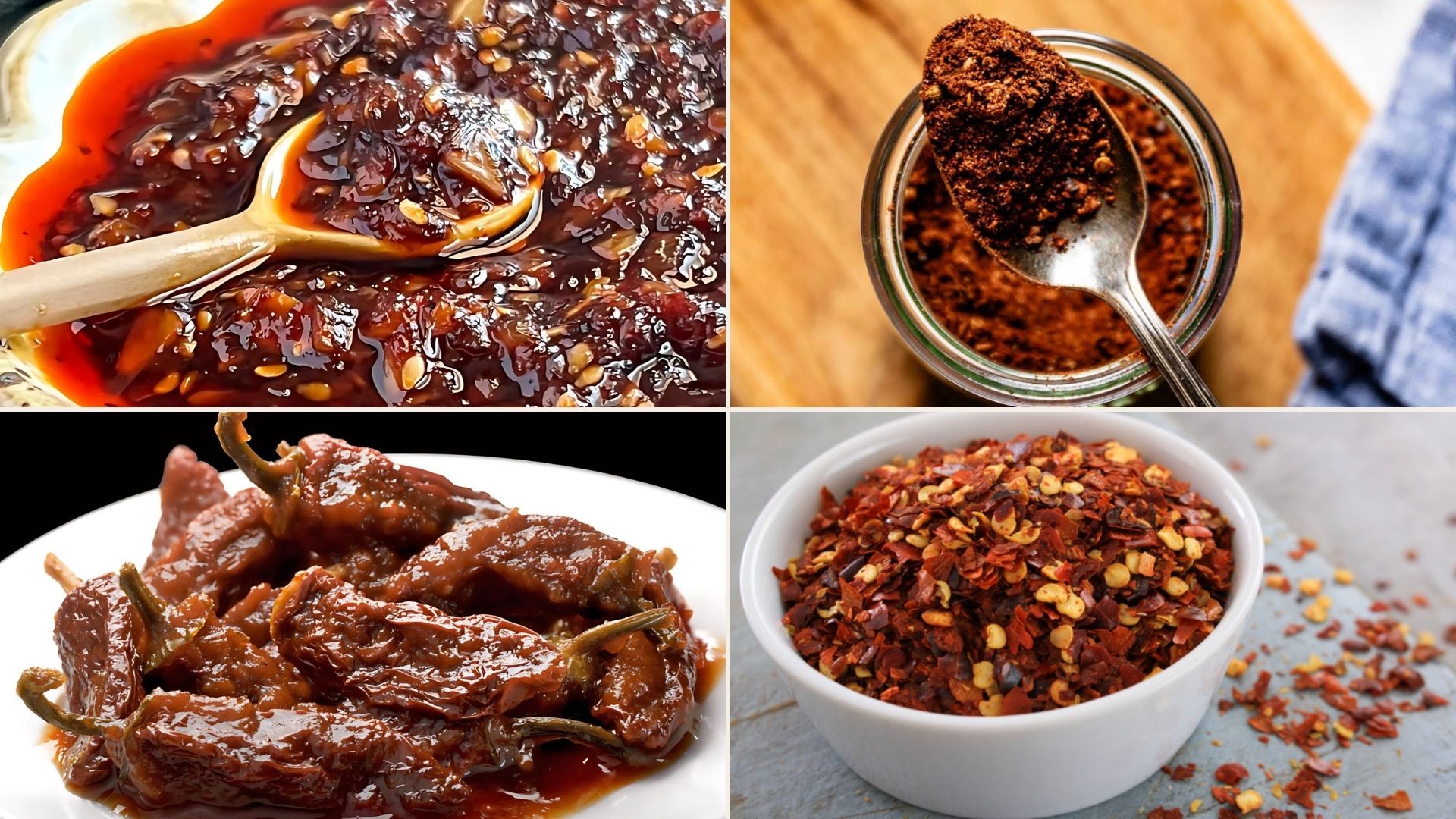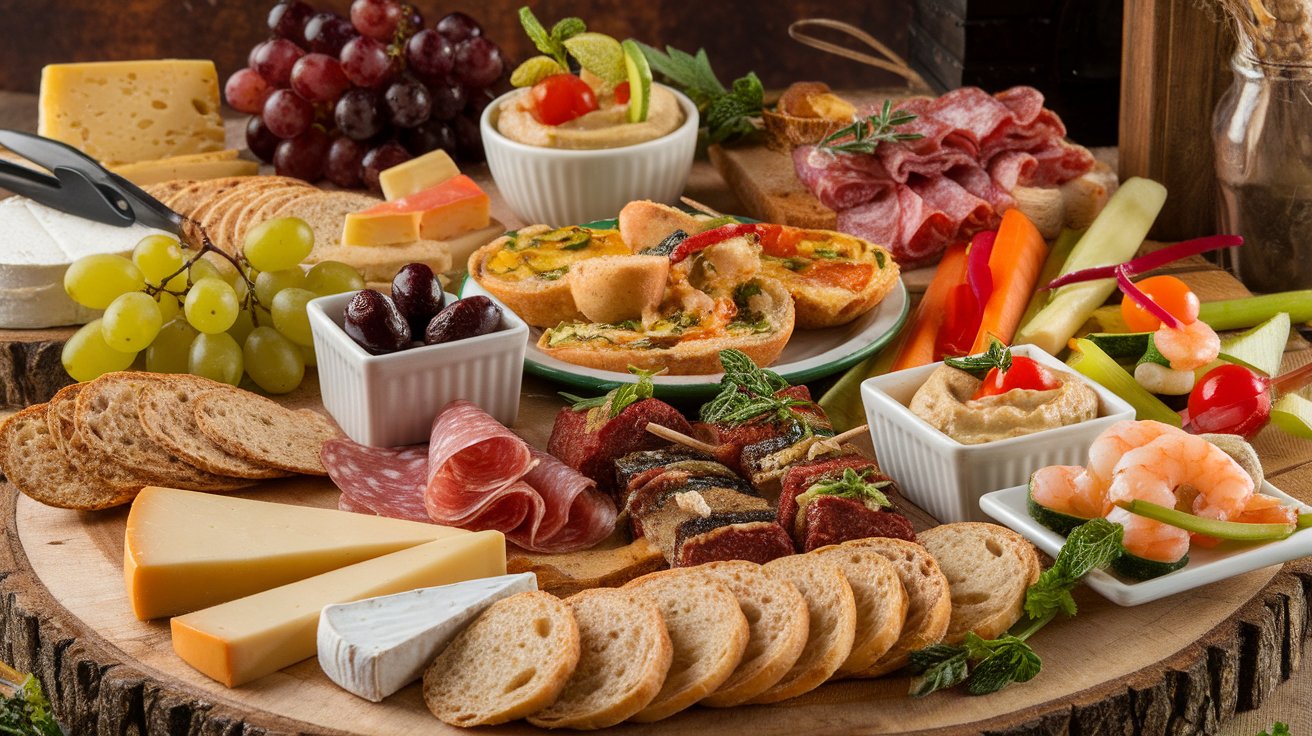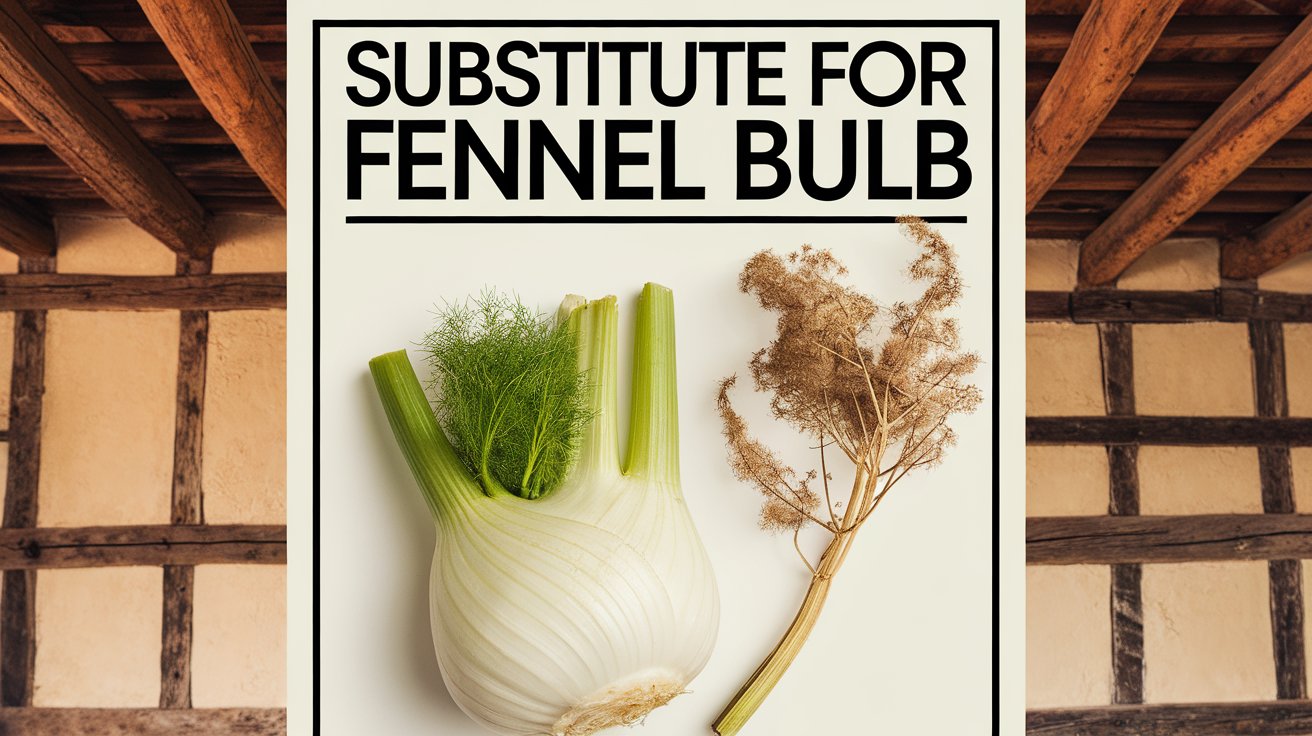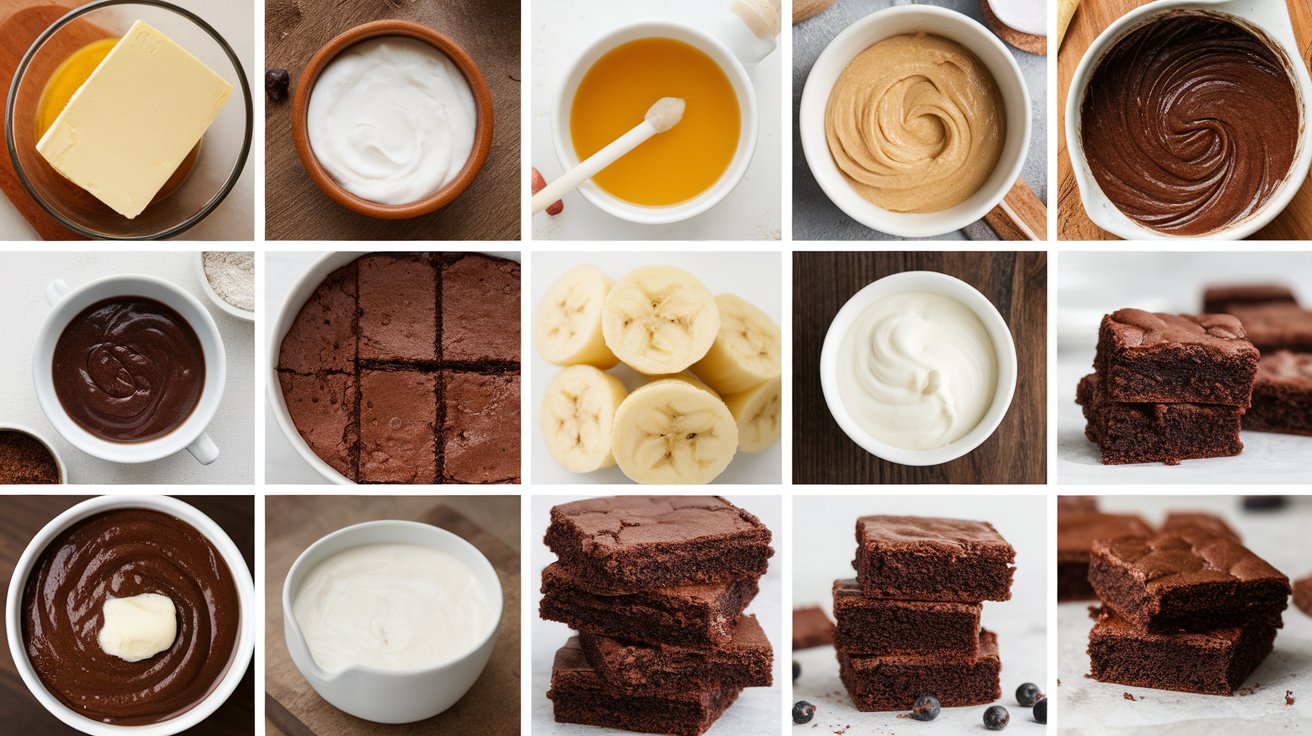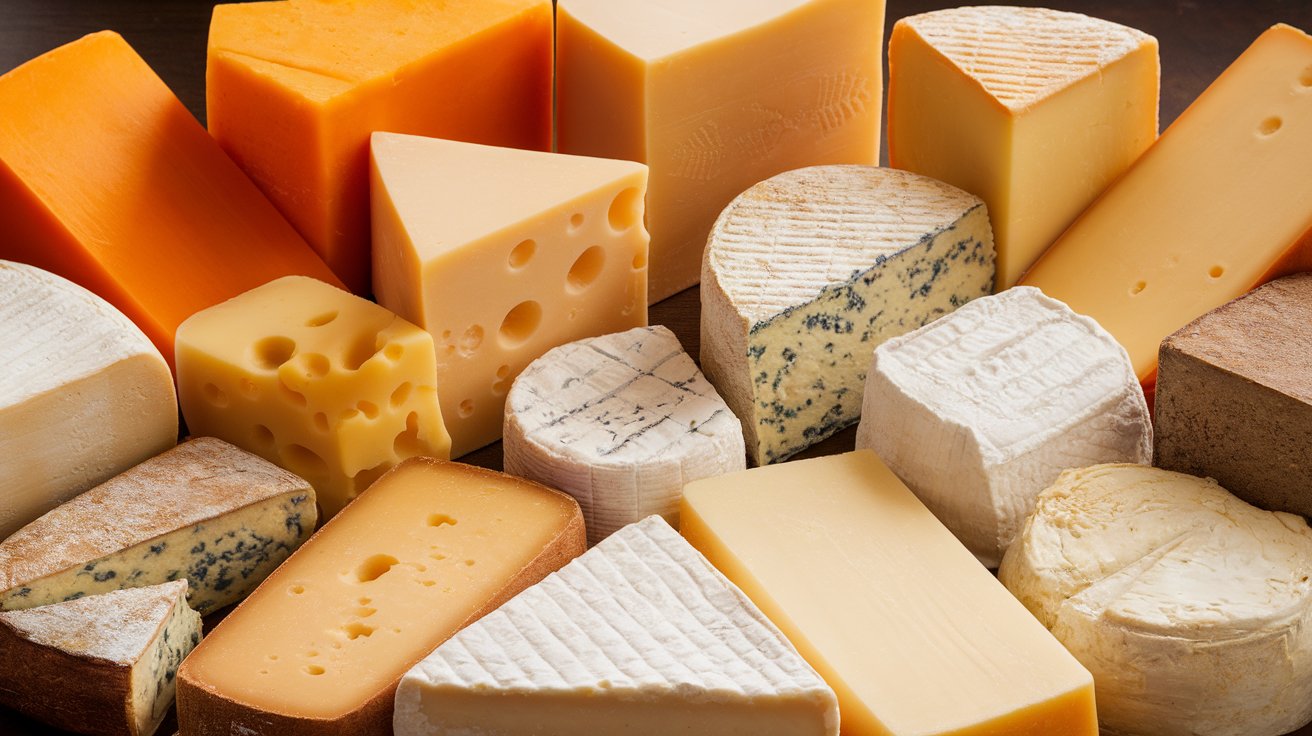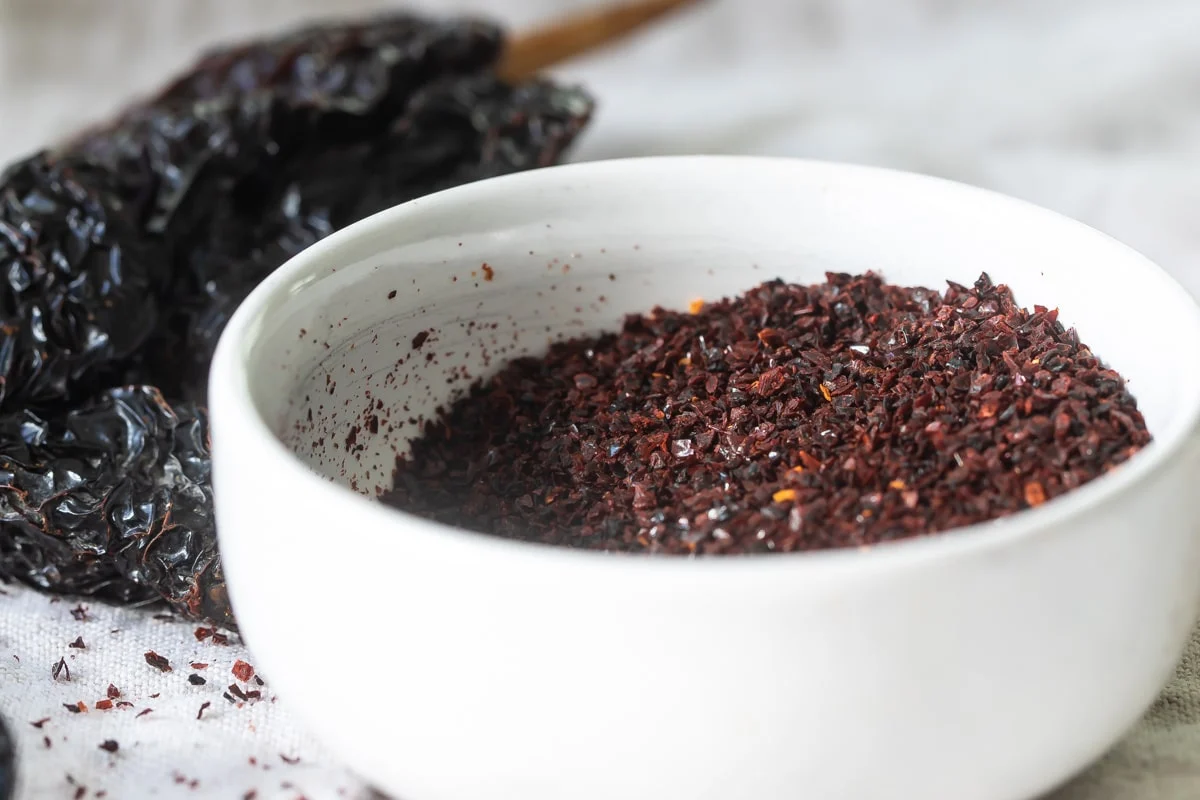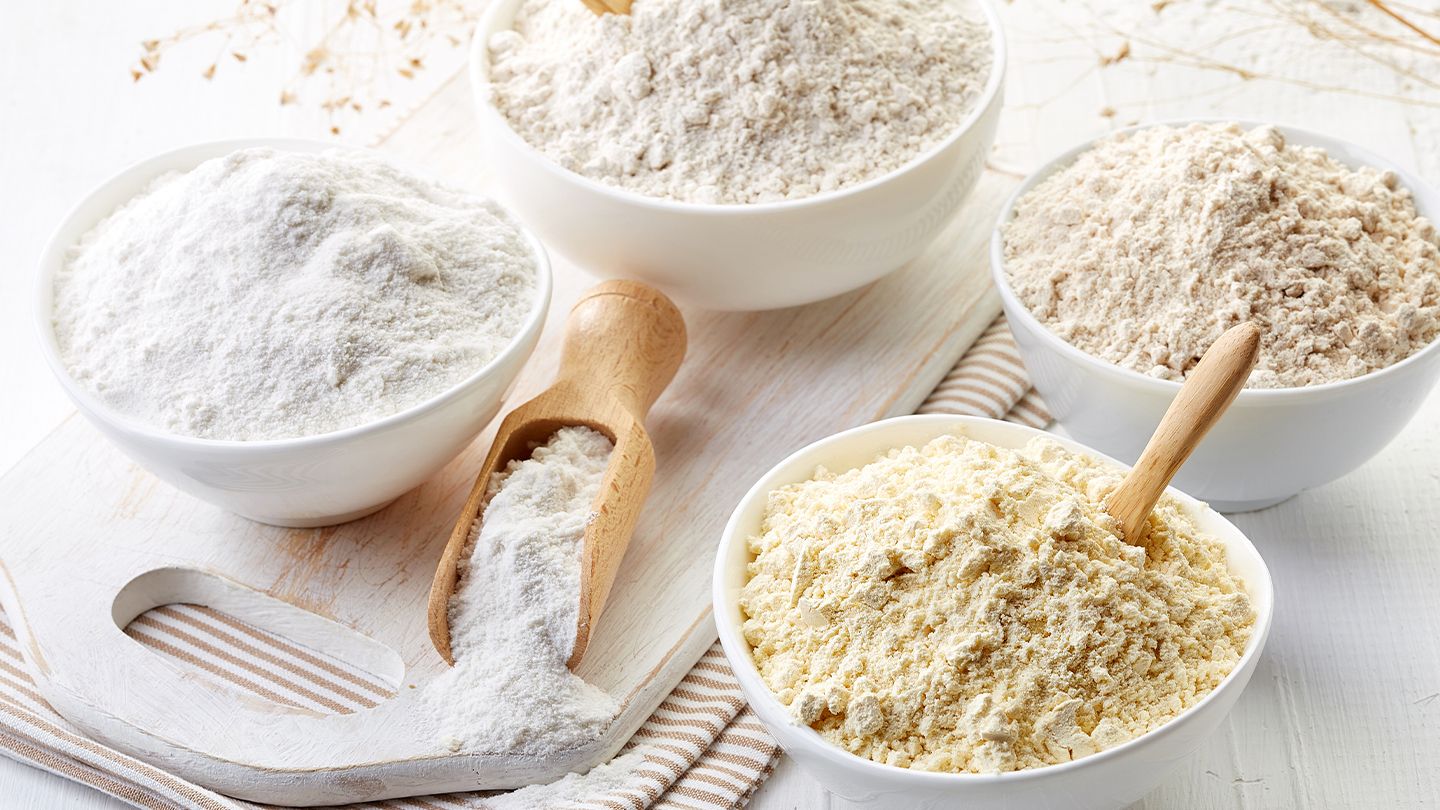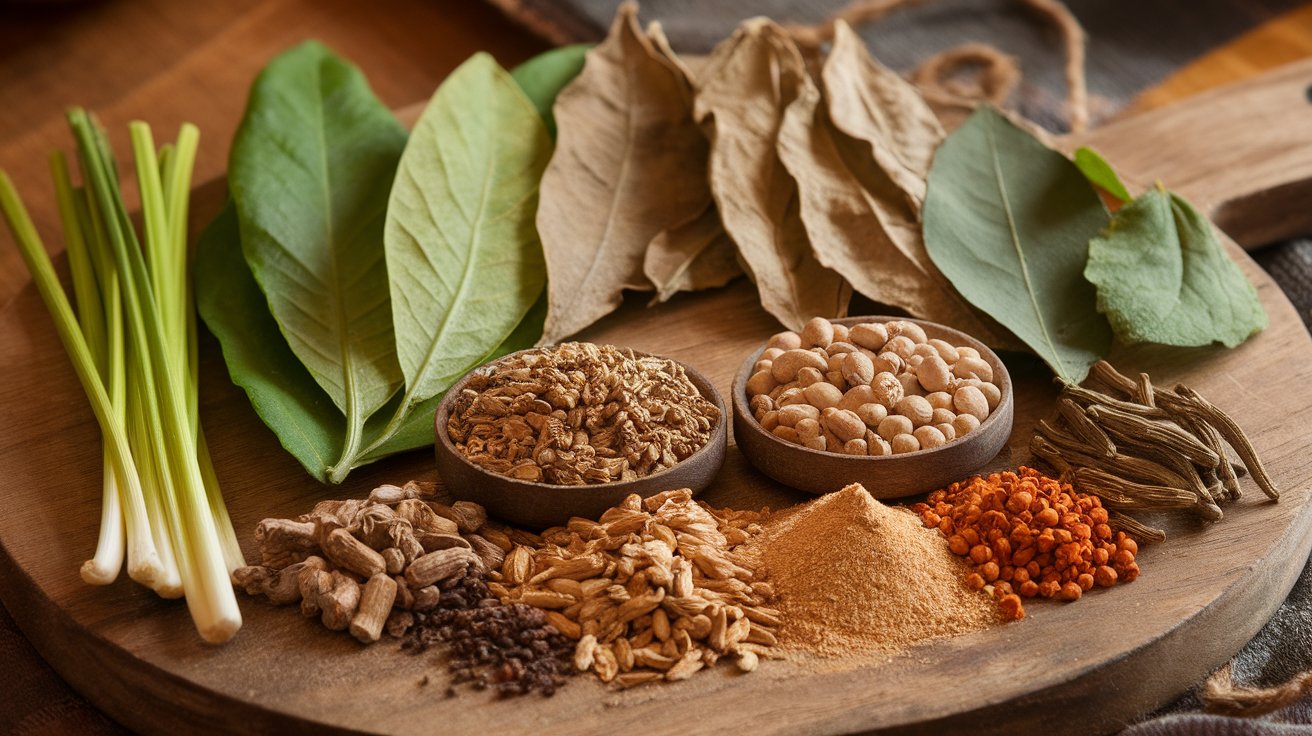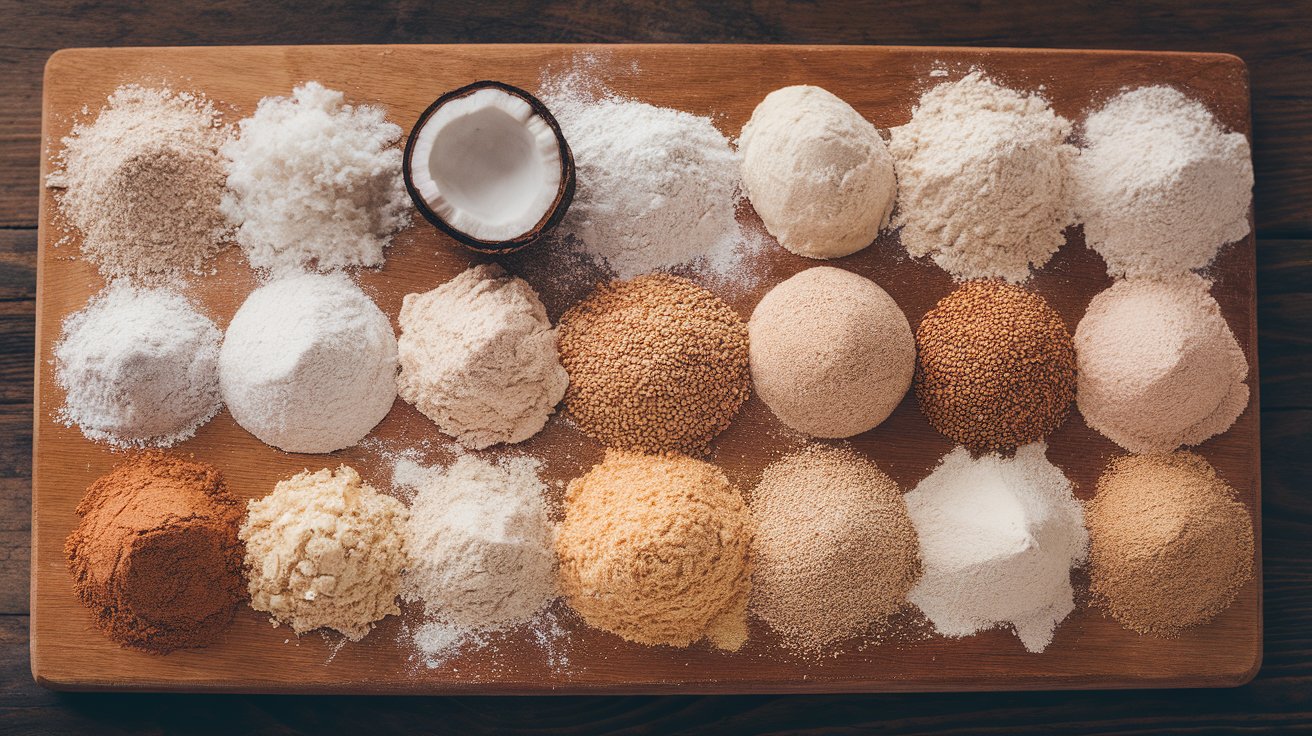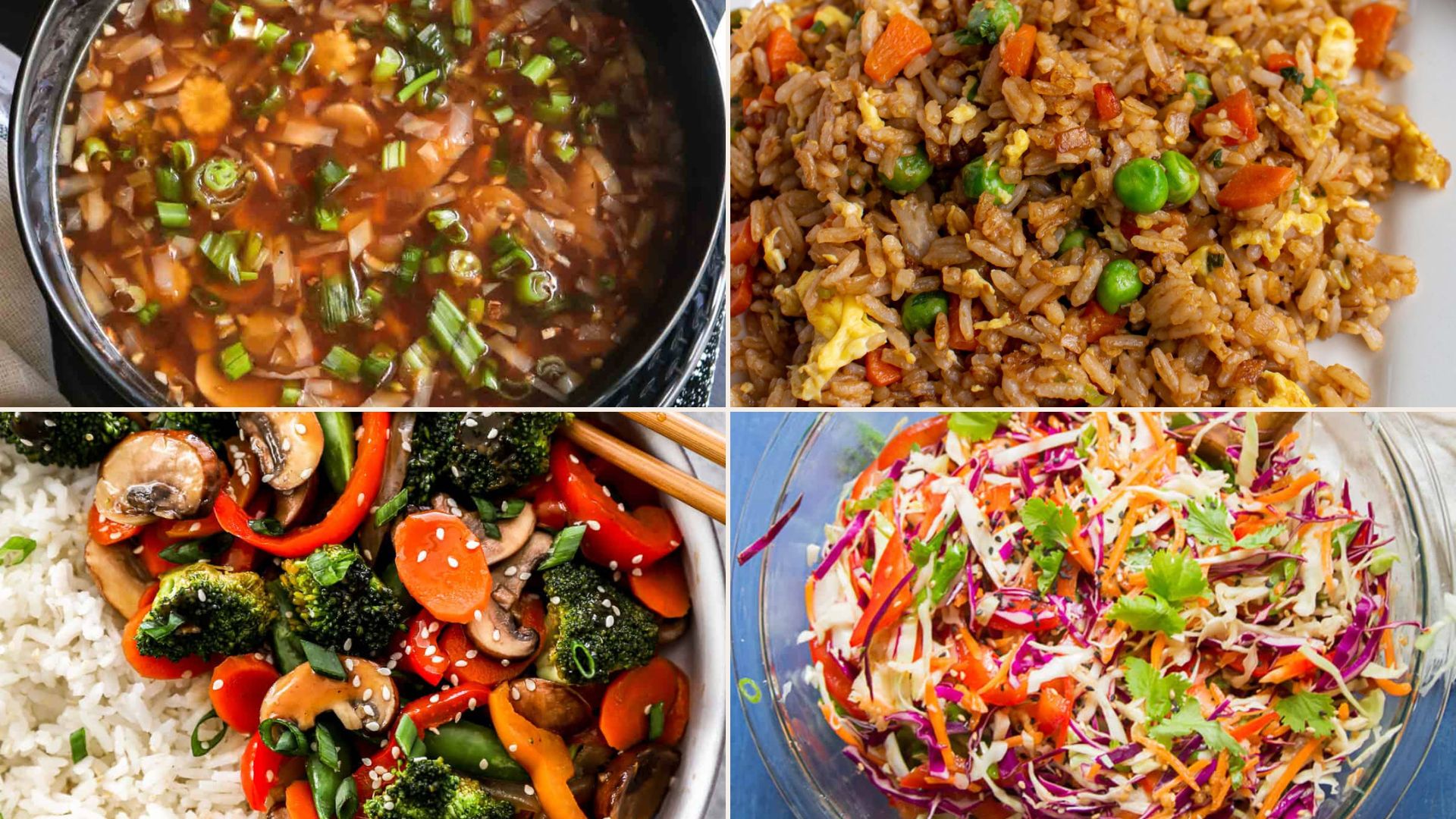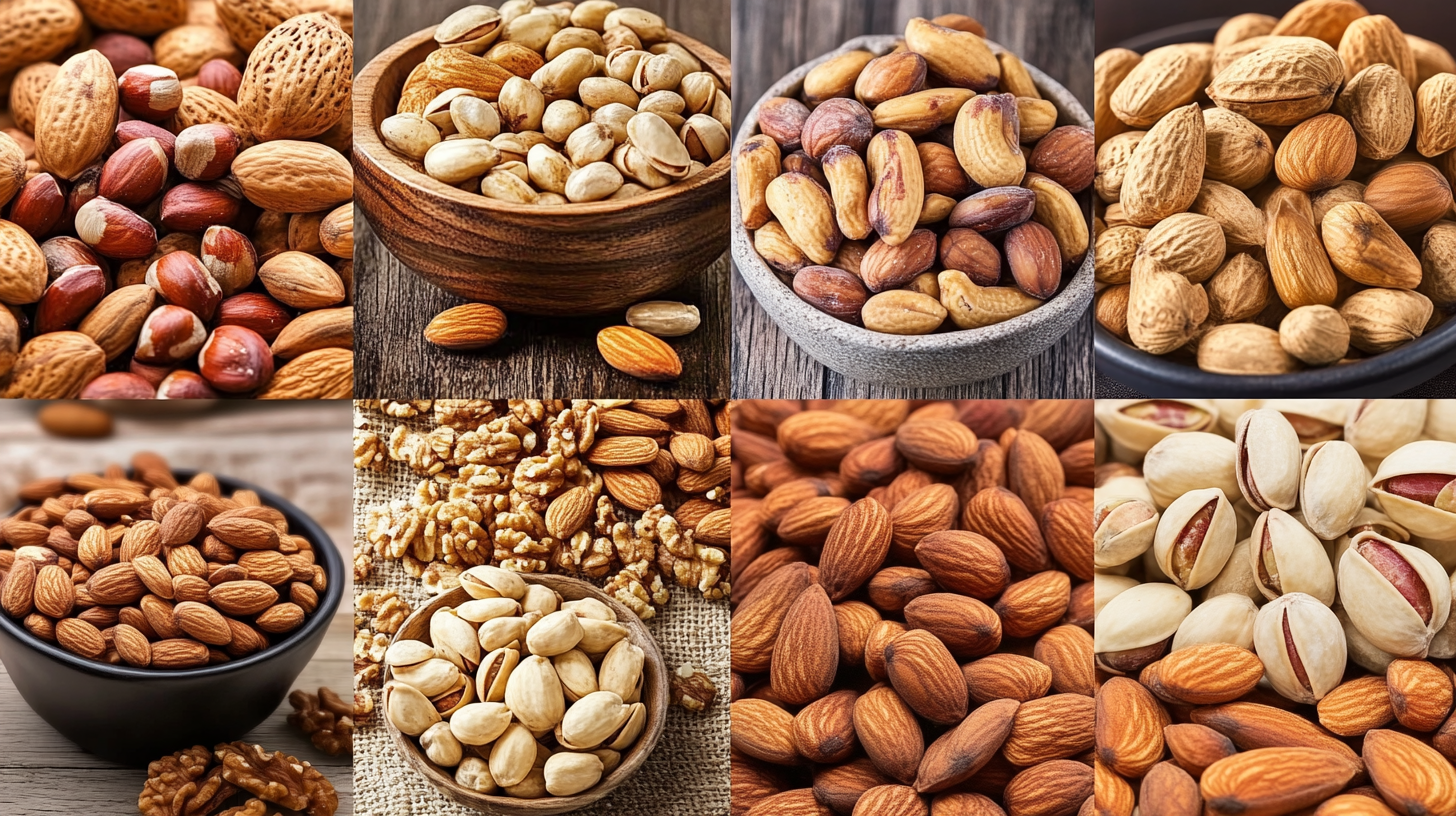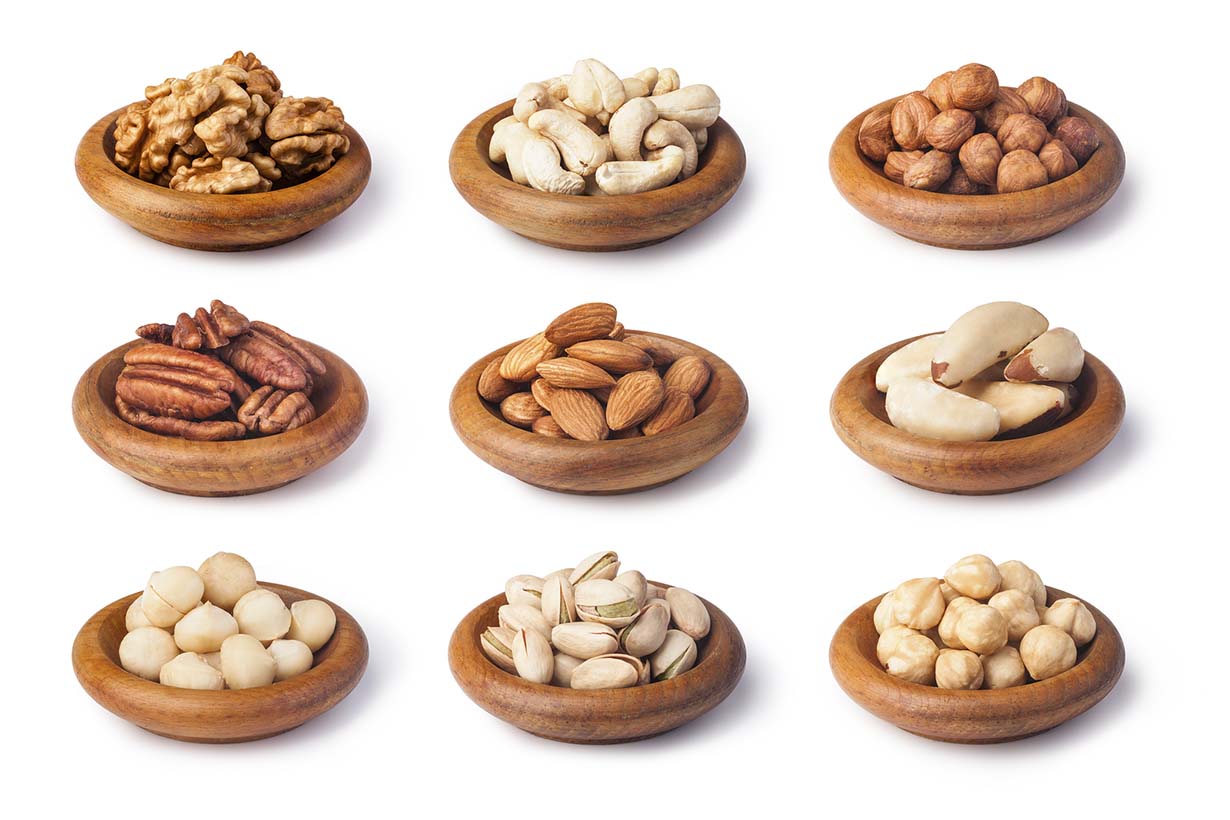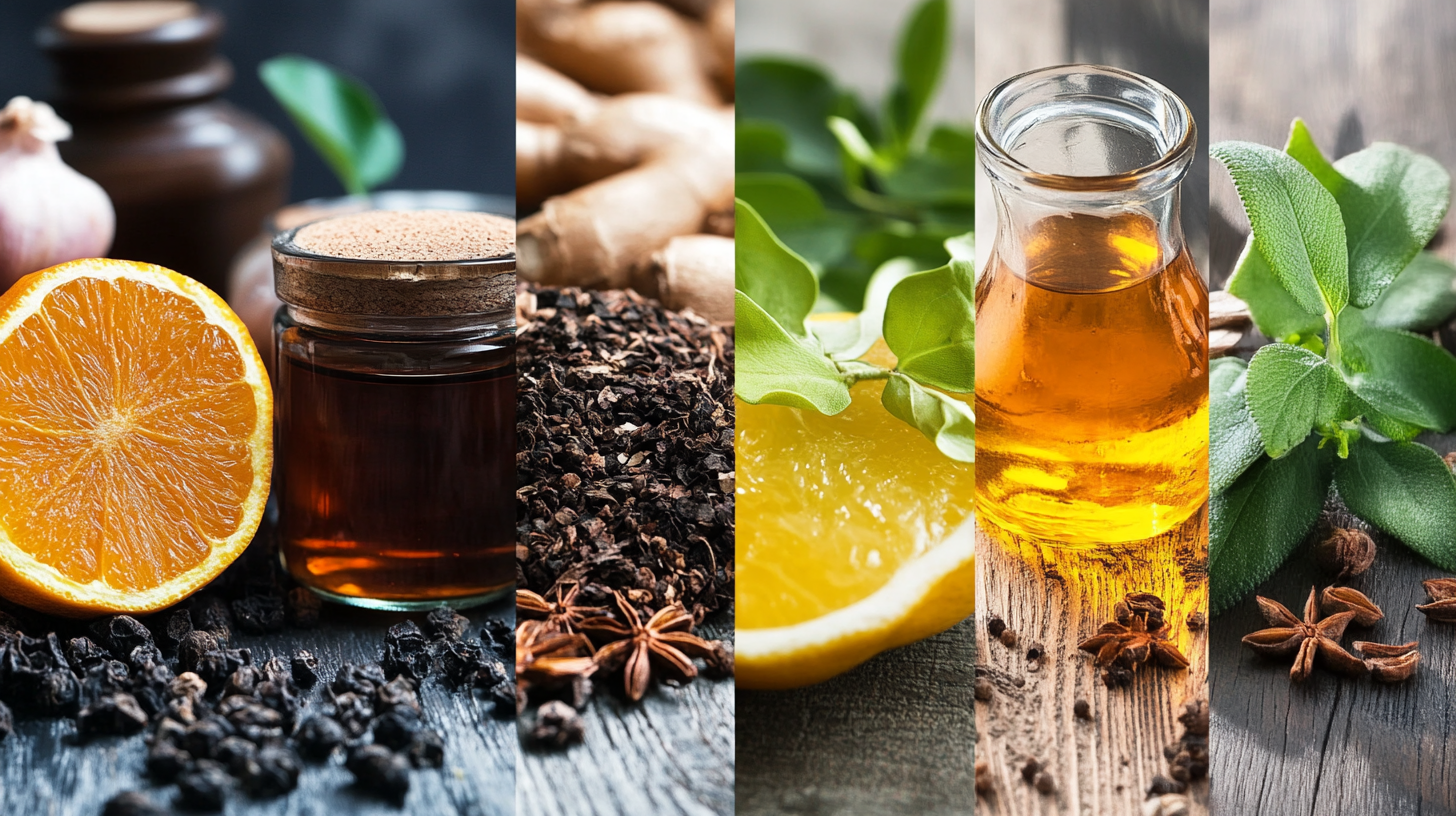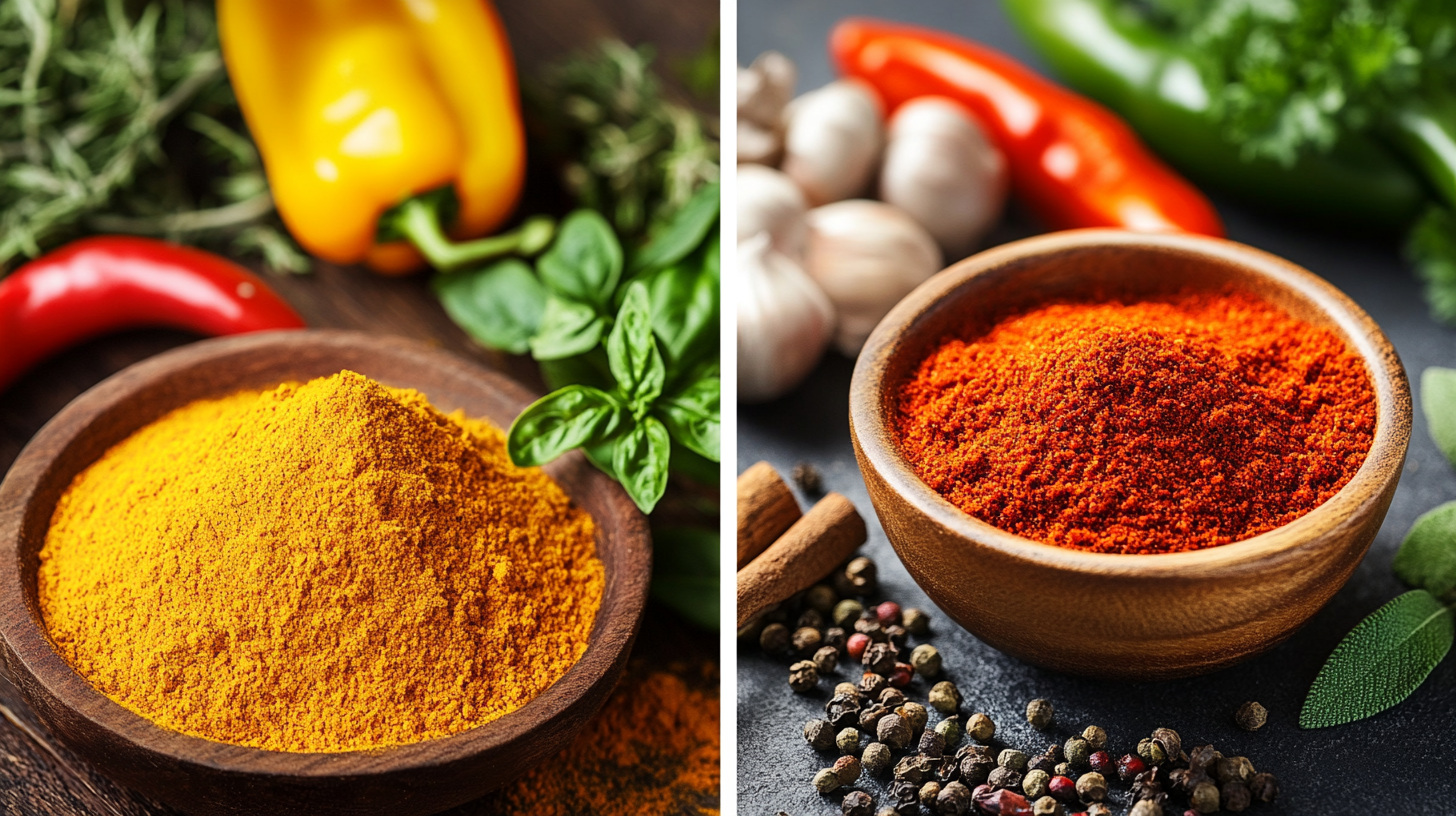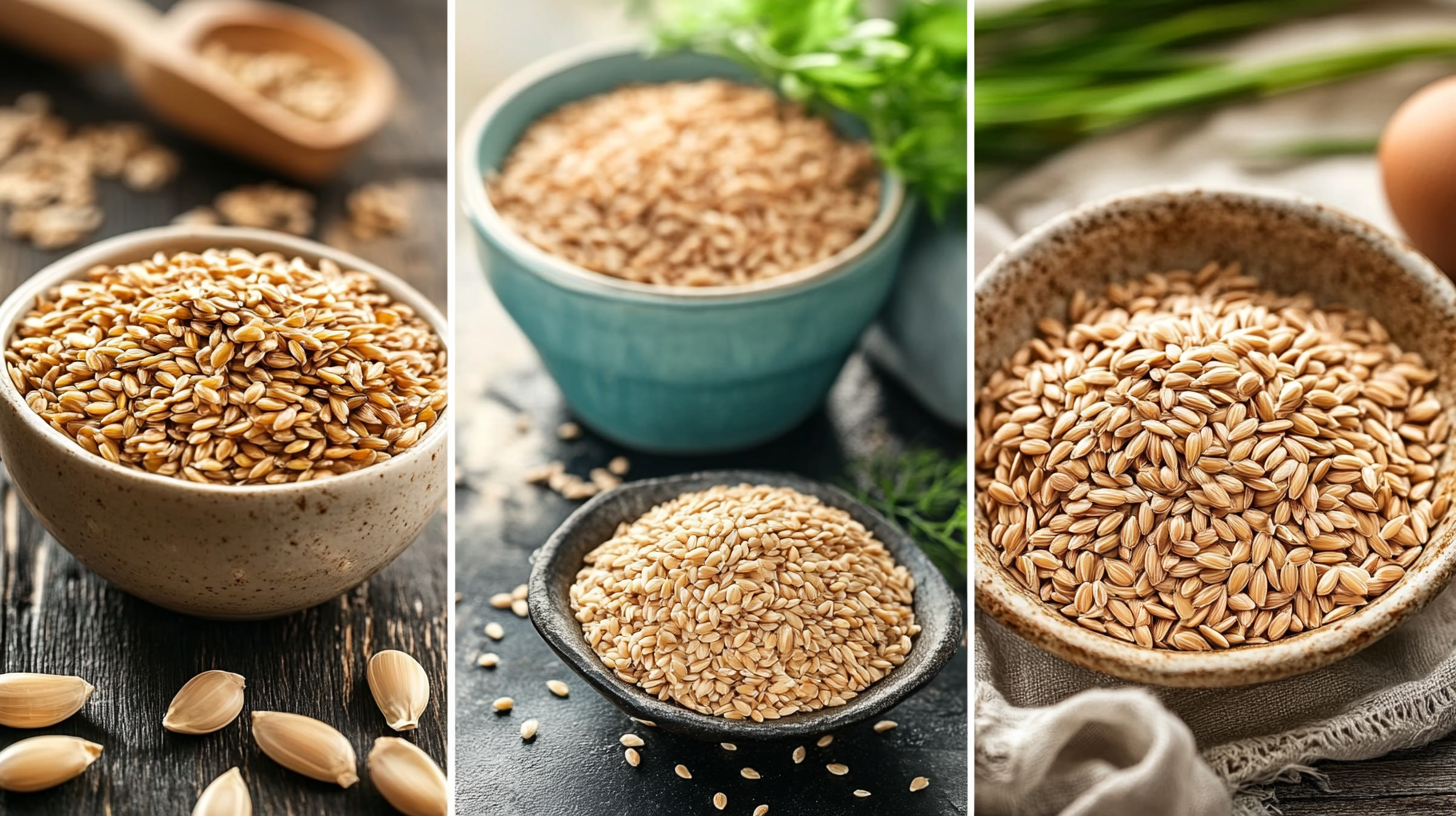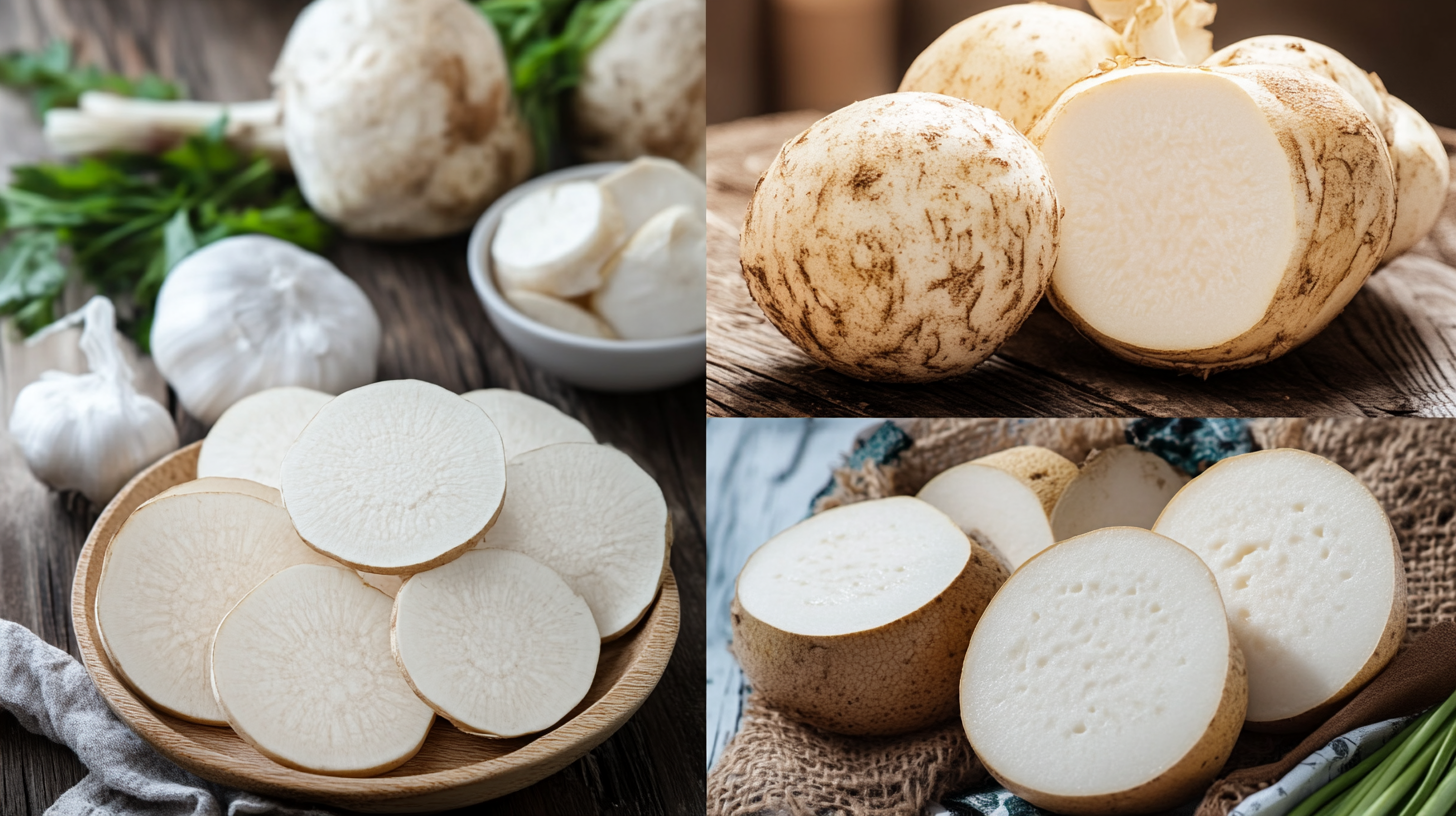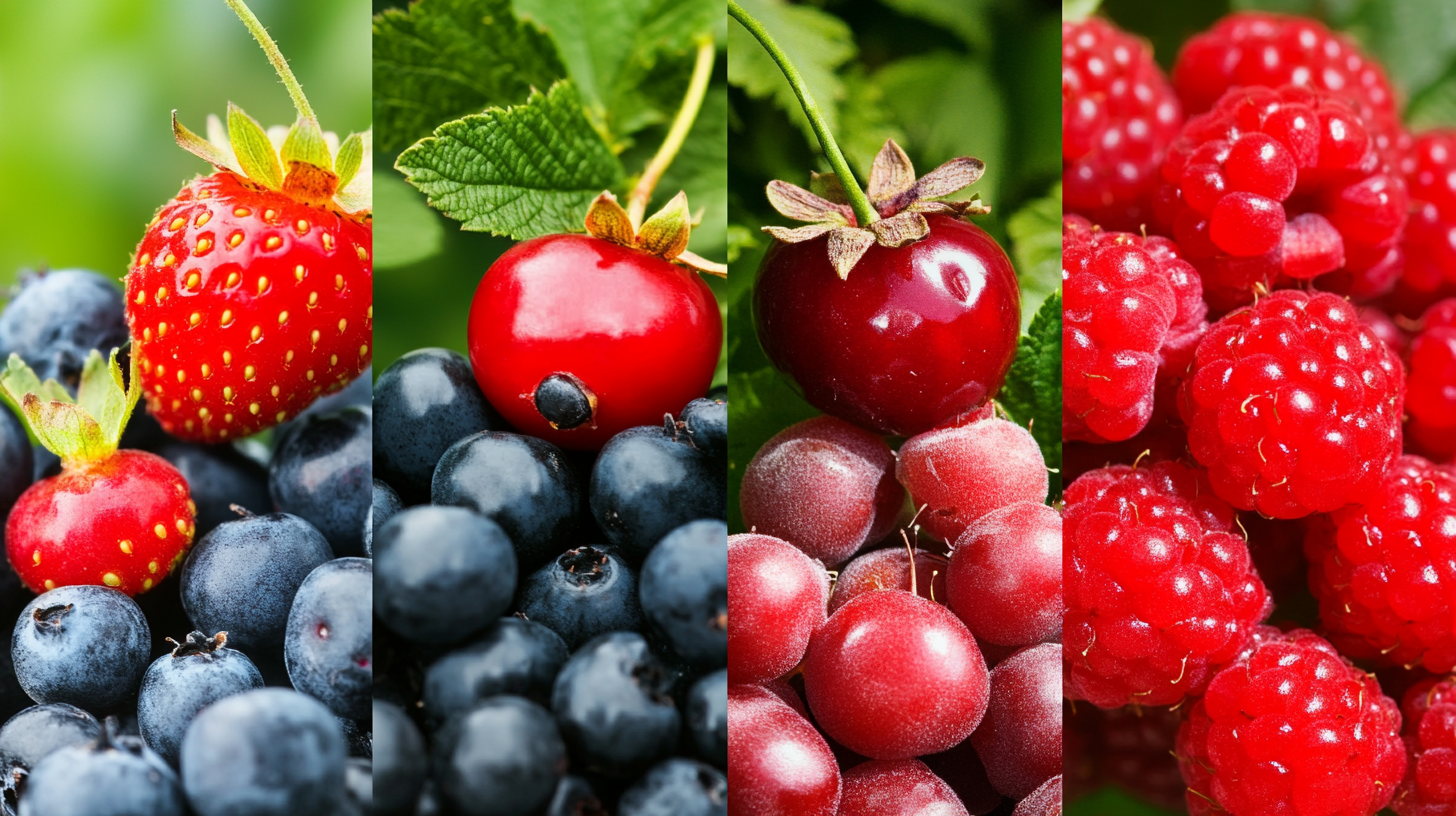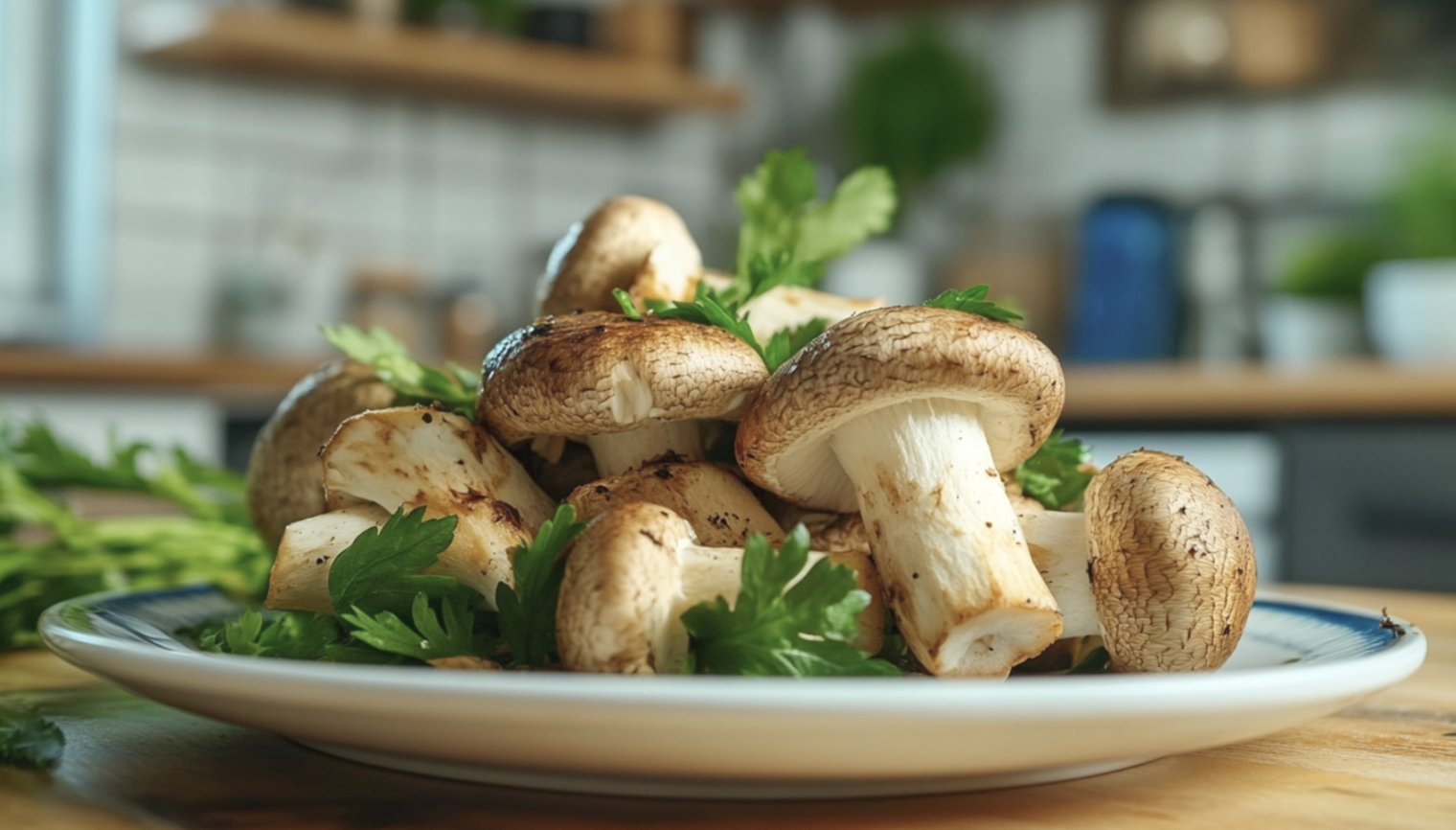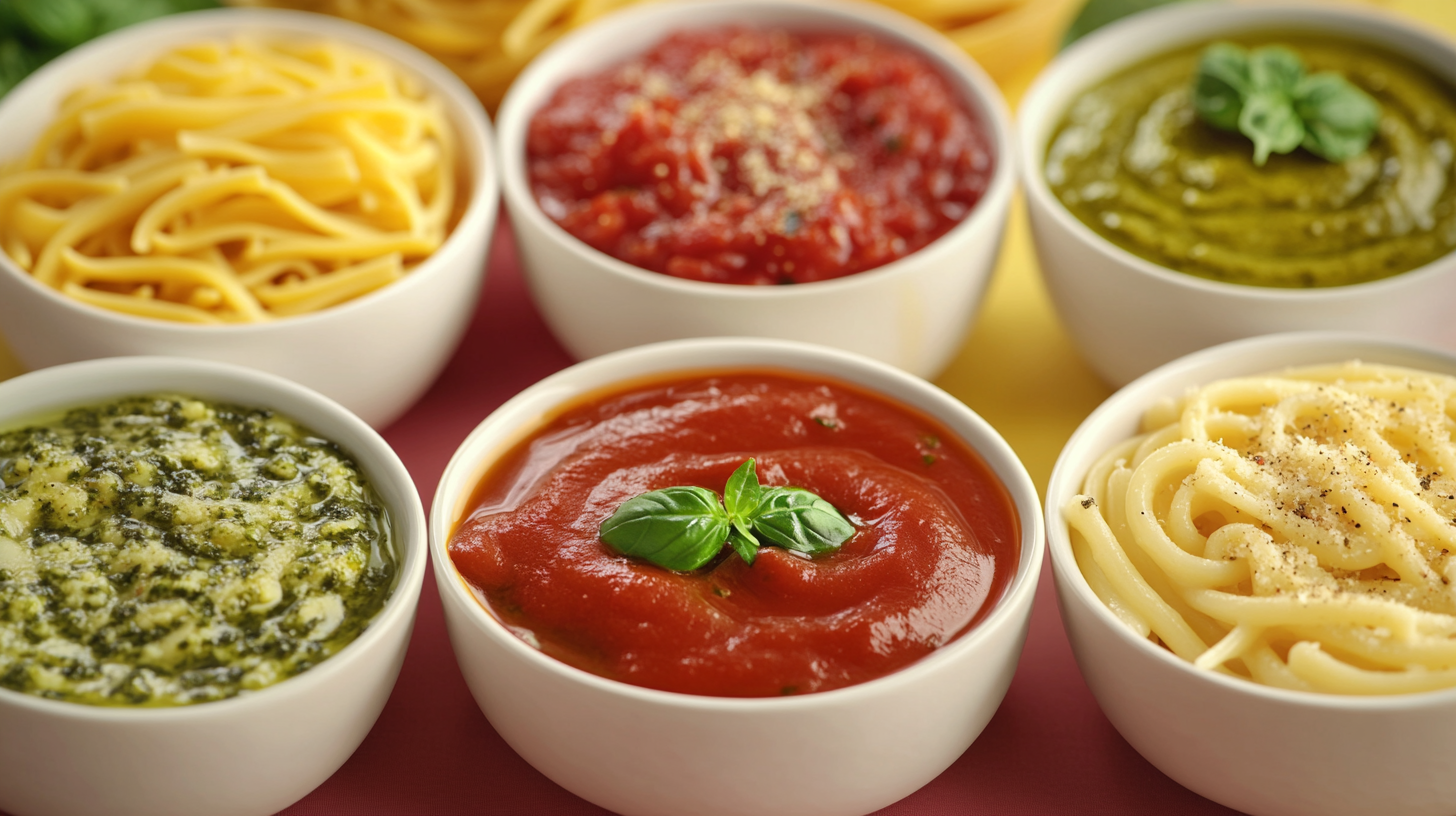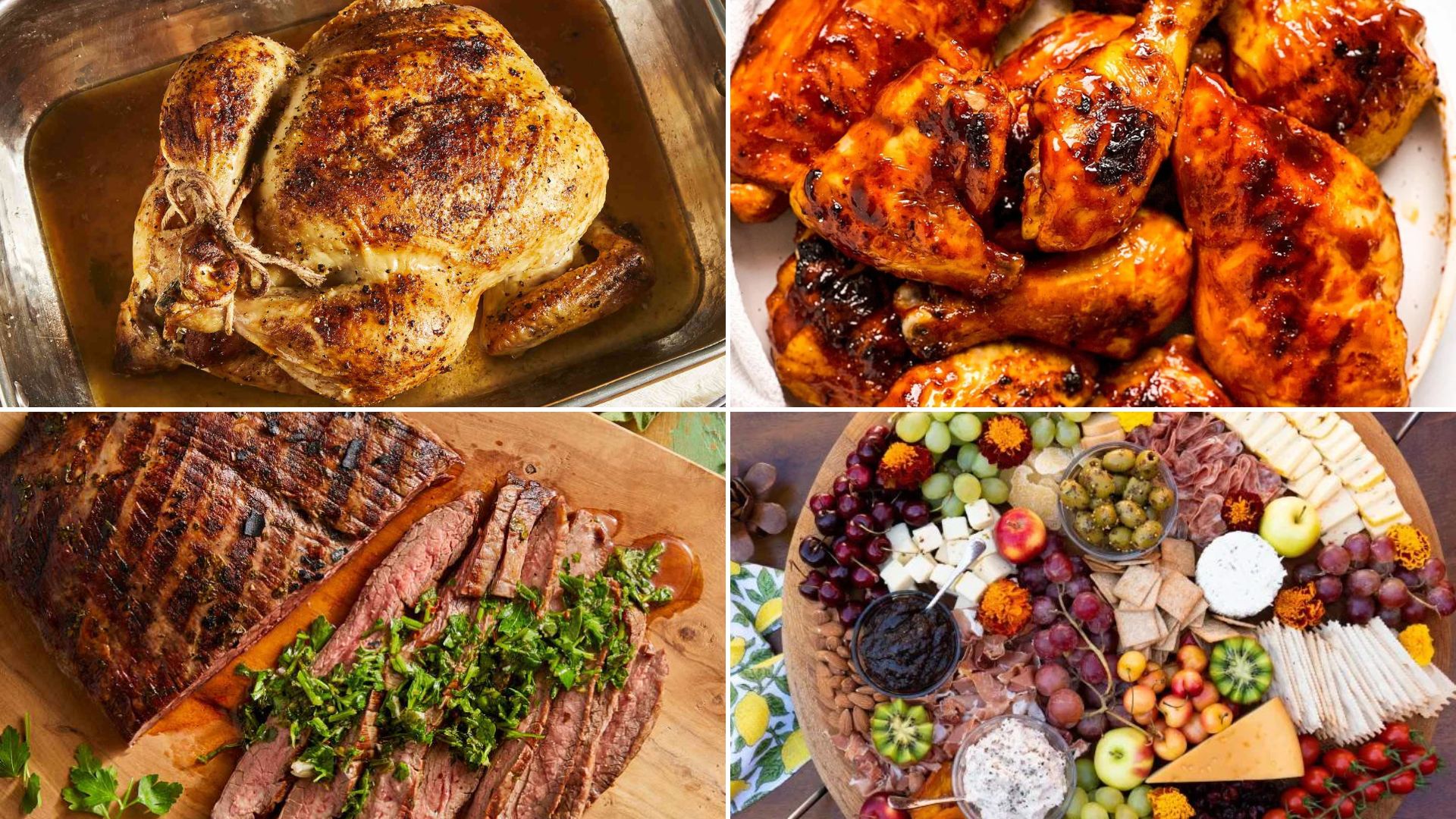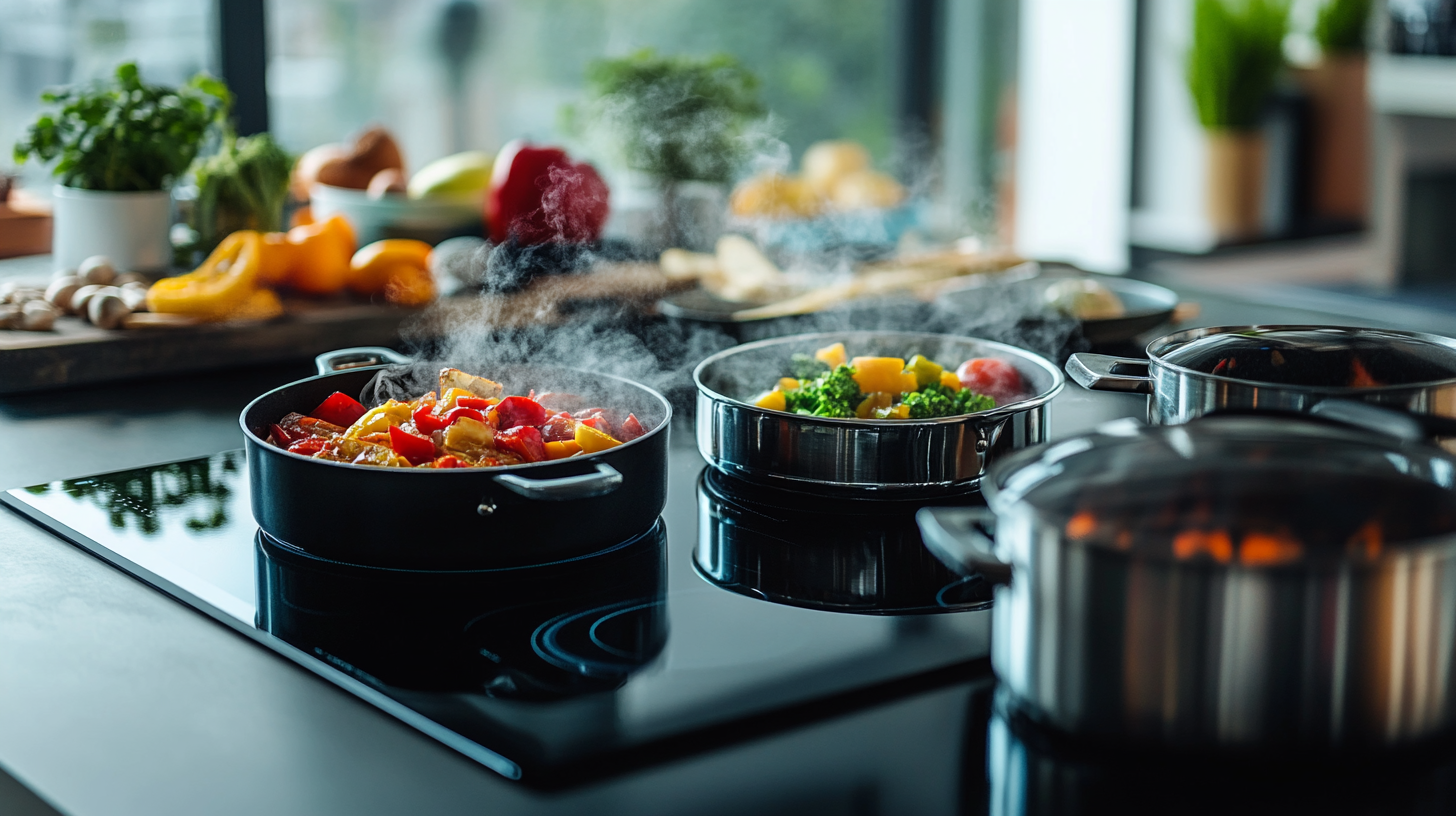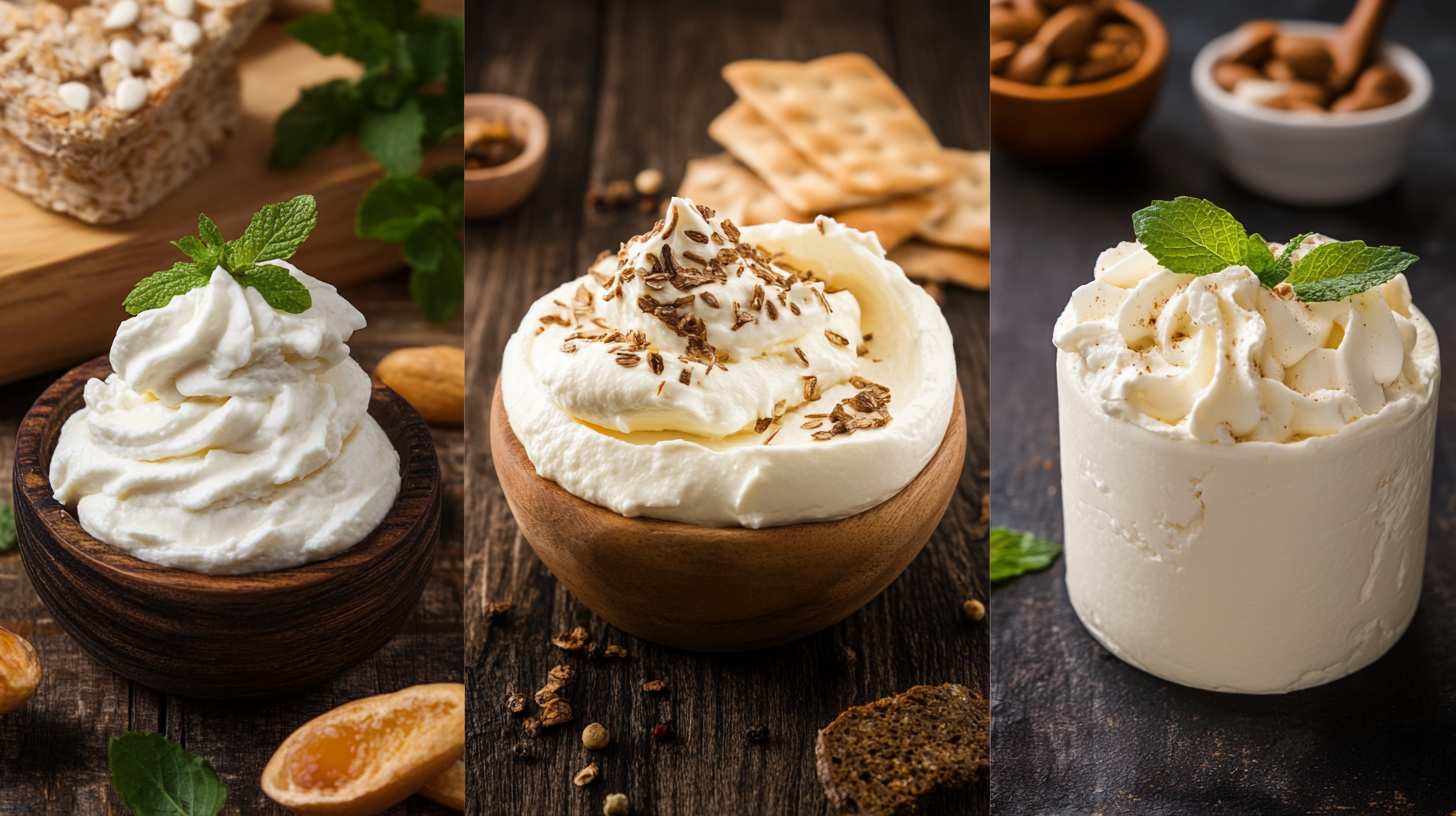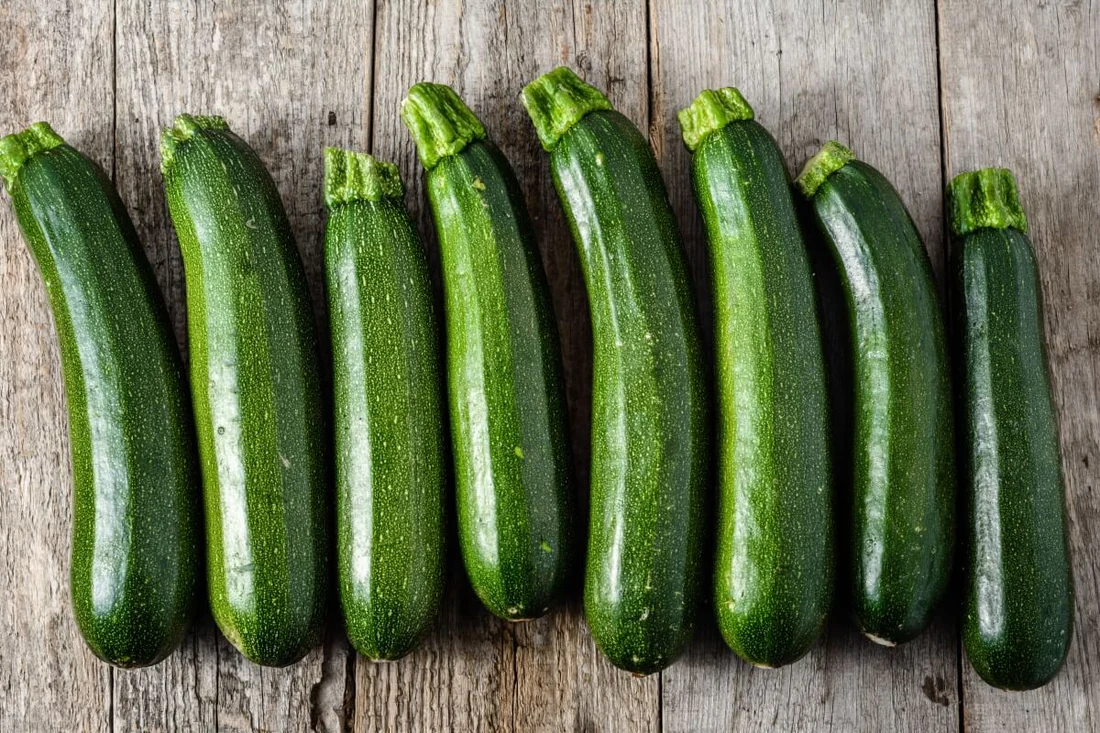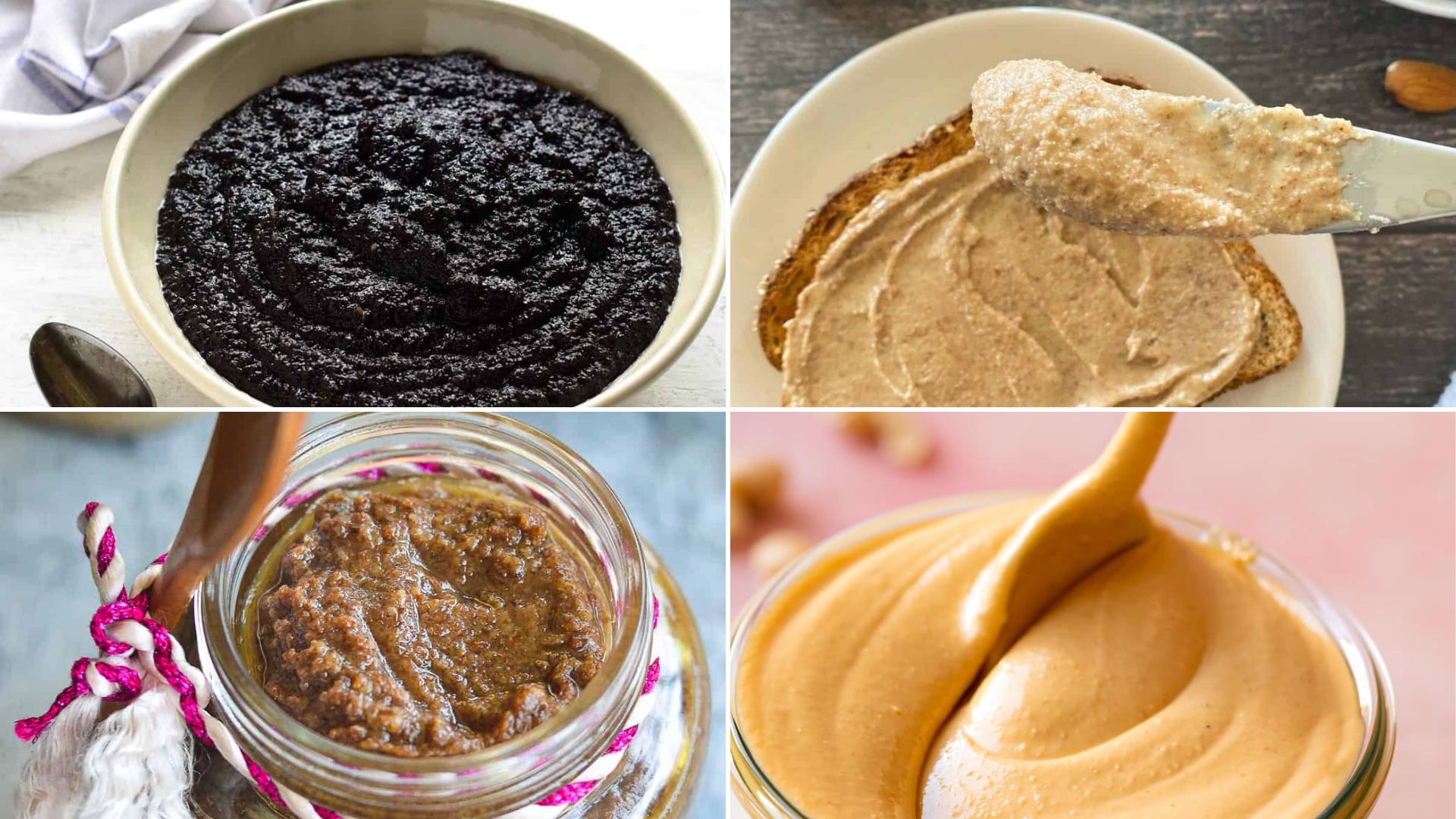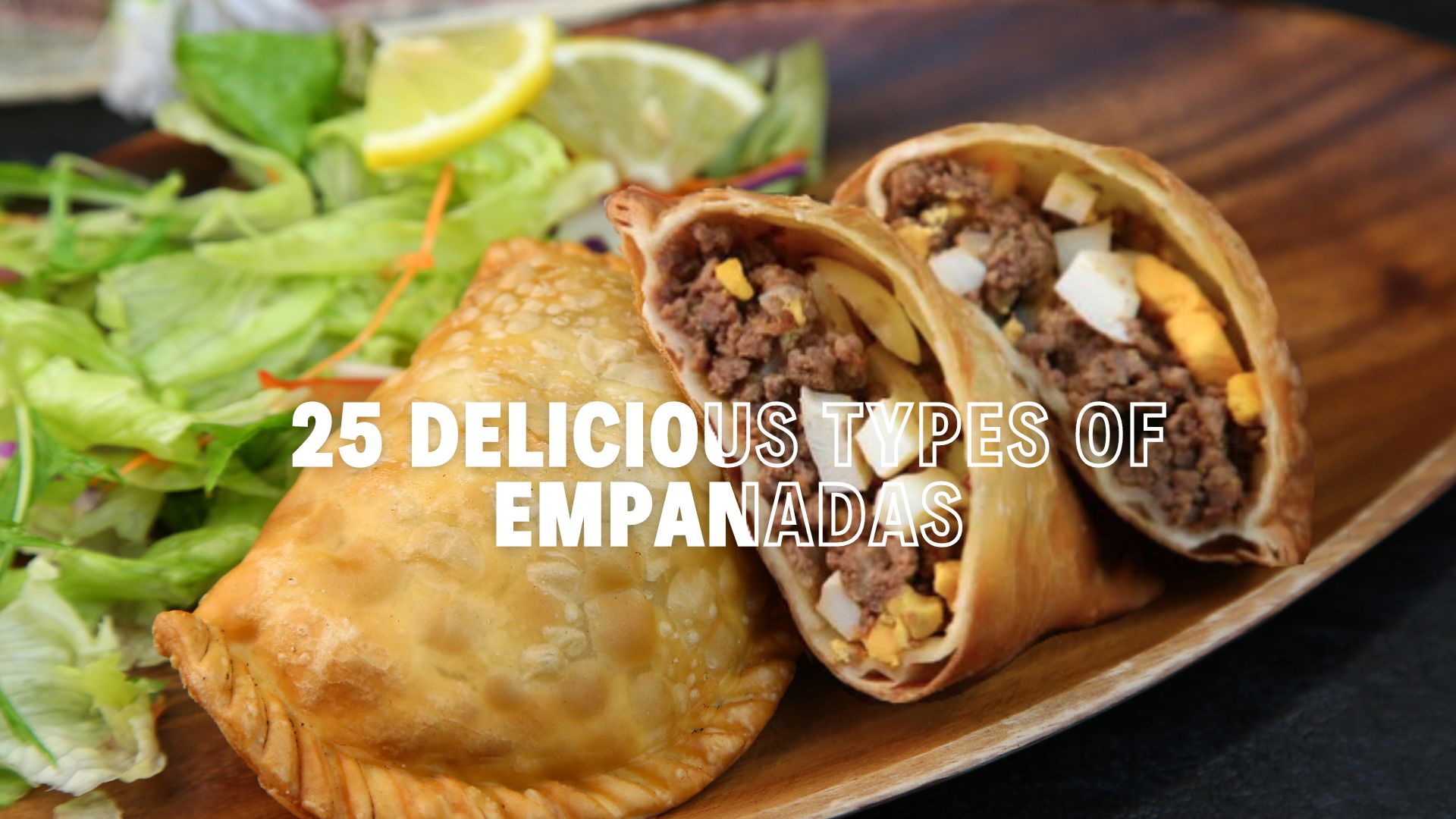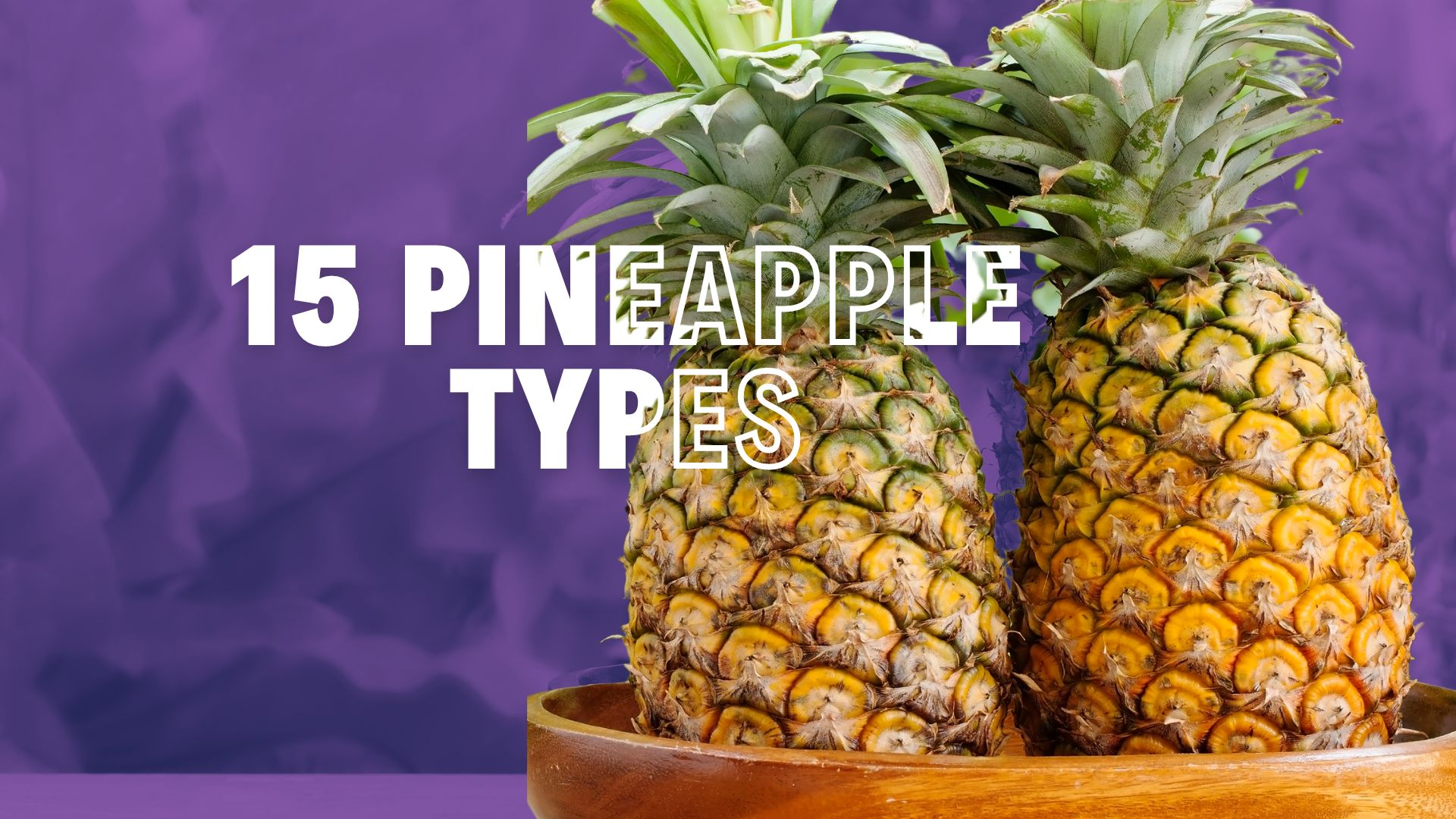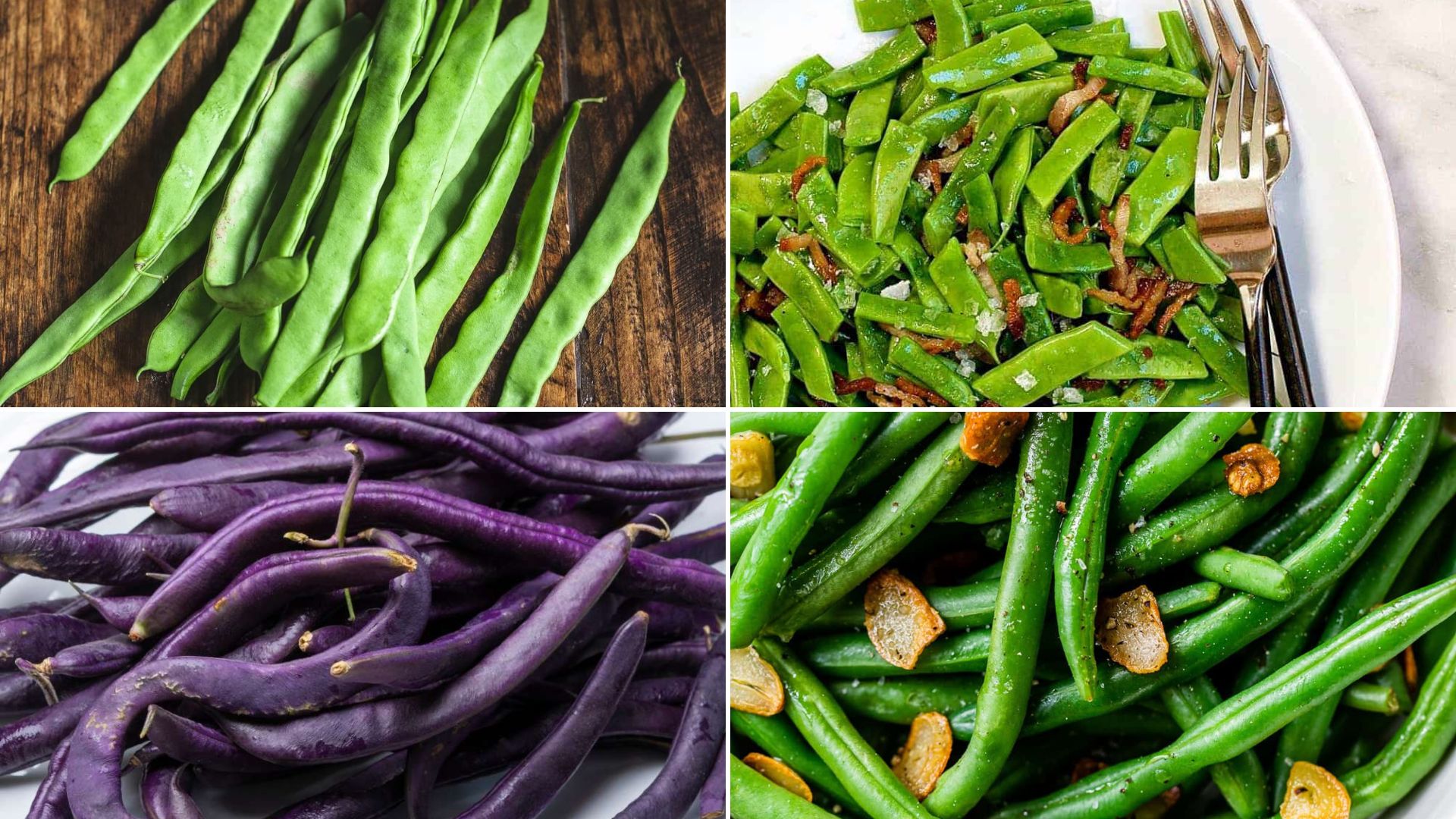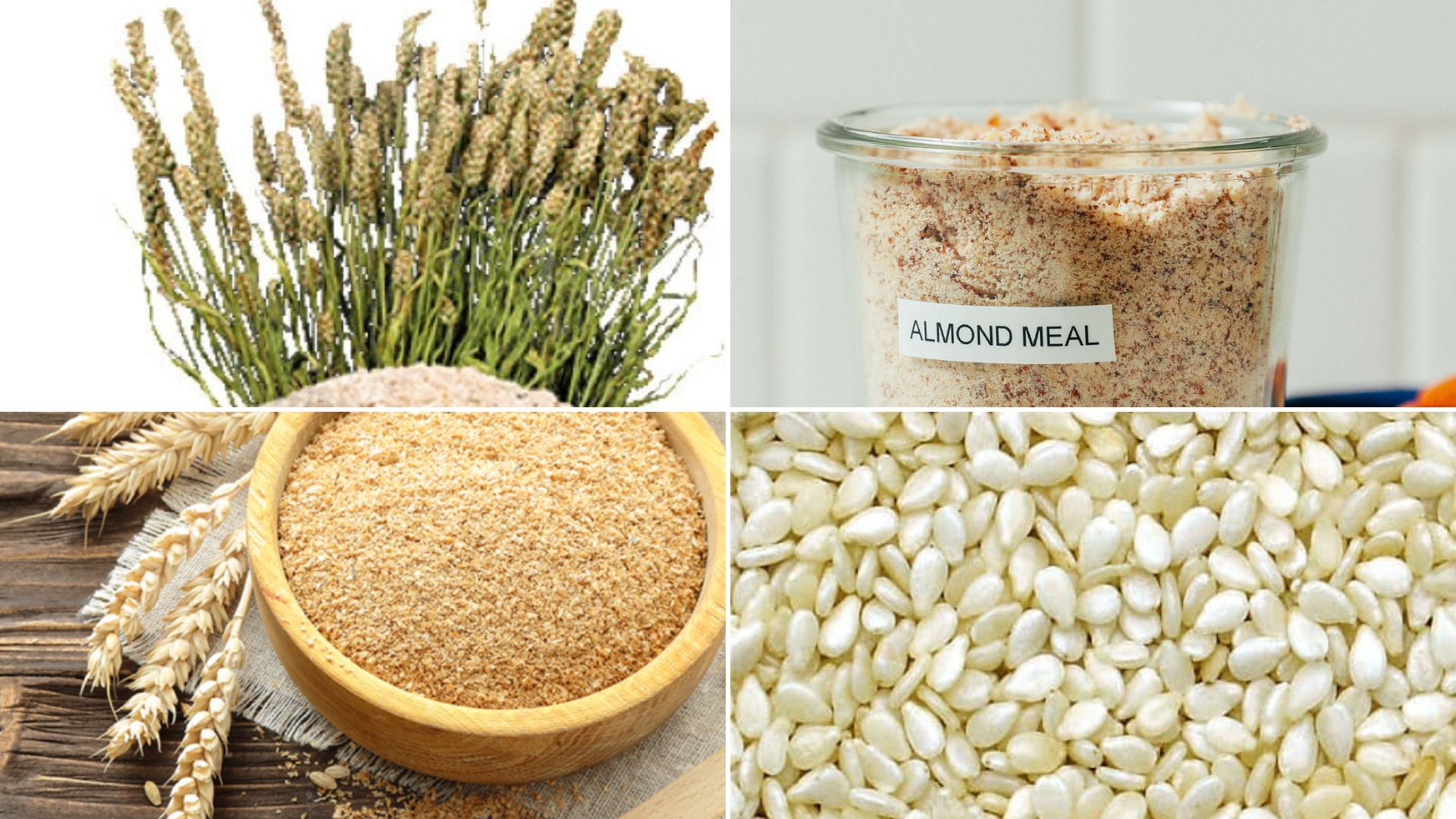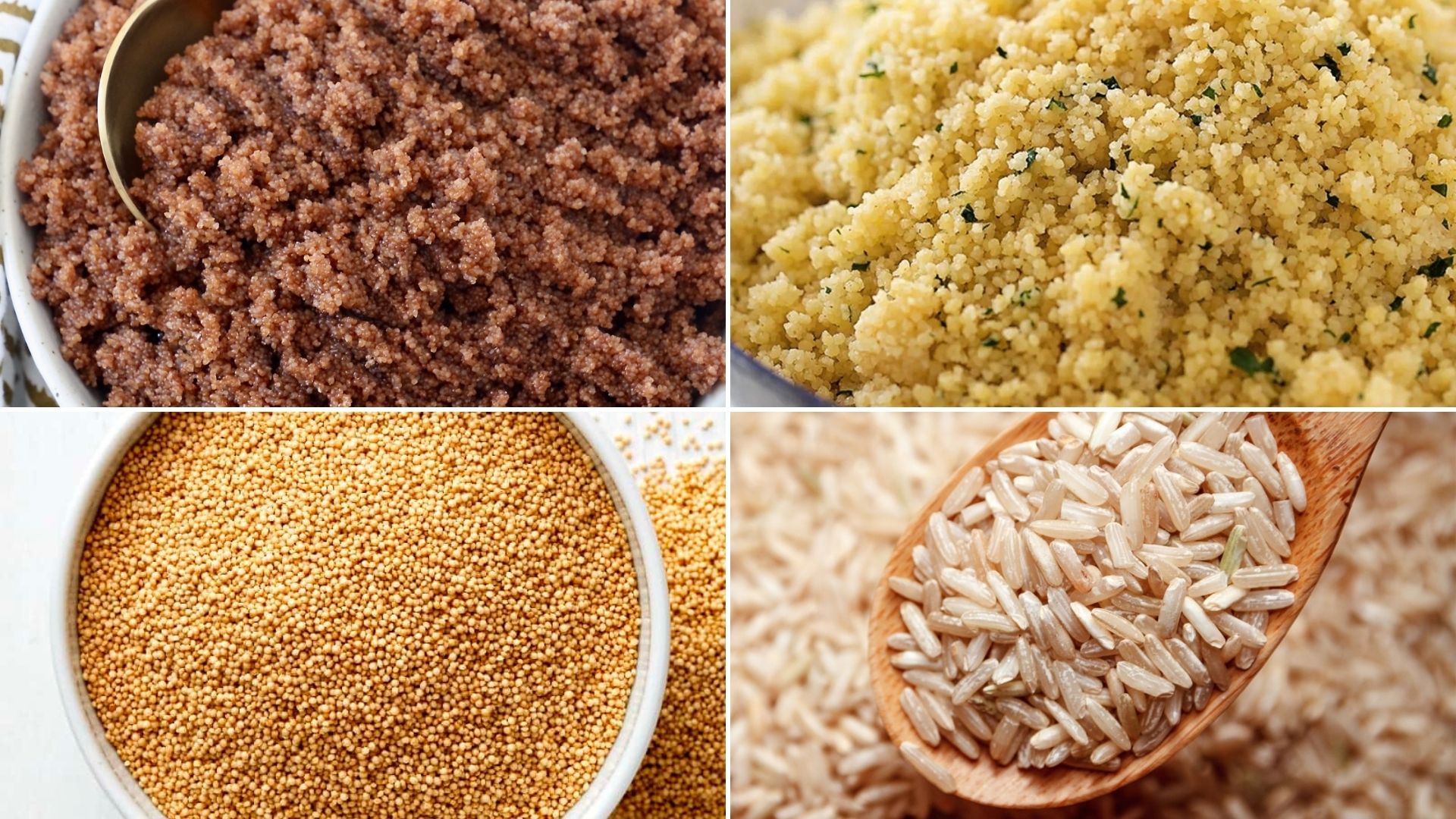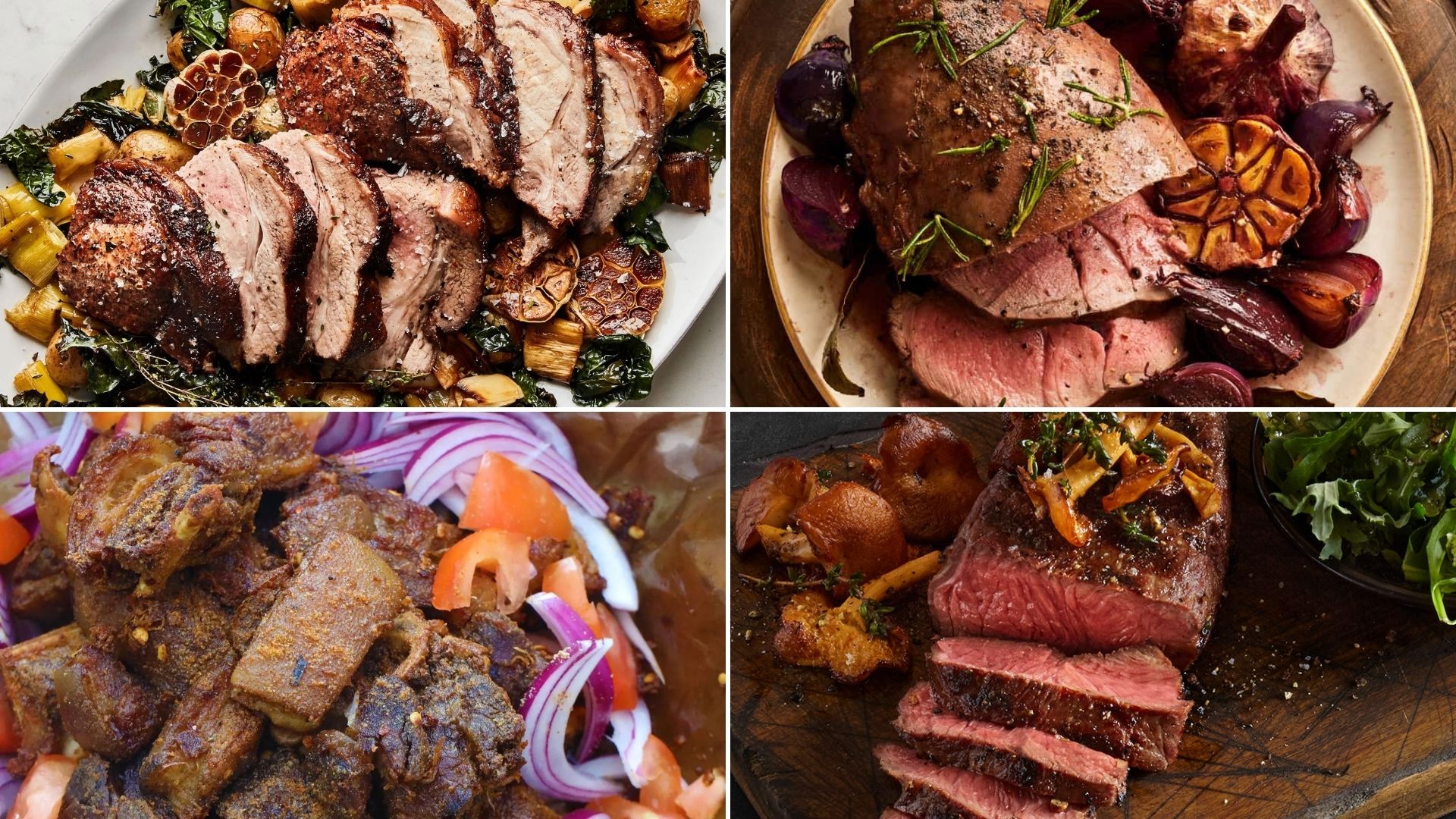
Meat is a fundamental part of many diets worldwide, offering a range of flavors and nutritional benefits.
Each type of meat has unique characteristics, making it suitable for different dishes and cooking methods.
This guide explores 11 types of meat, providing a brief overview of what makes each one special.
Whether you’re a seasoned cook or just exploring different meats, understanding these basics can help you choose the right meat for your meals.
Different Types of Meat Around the World
1. Beef
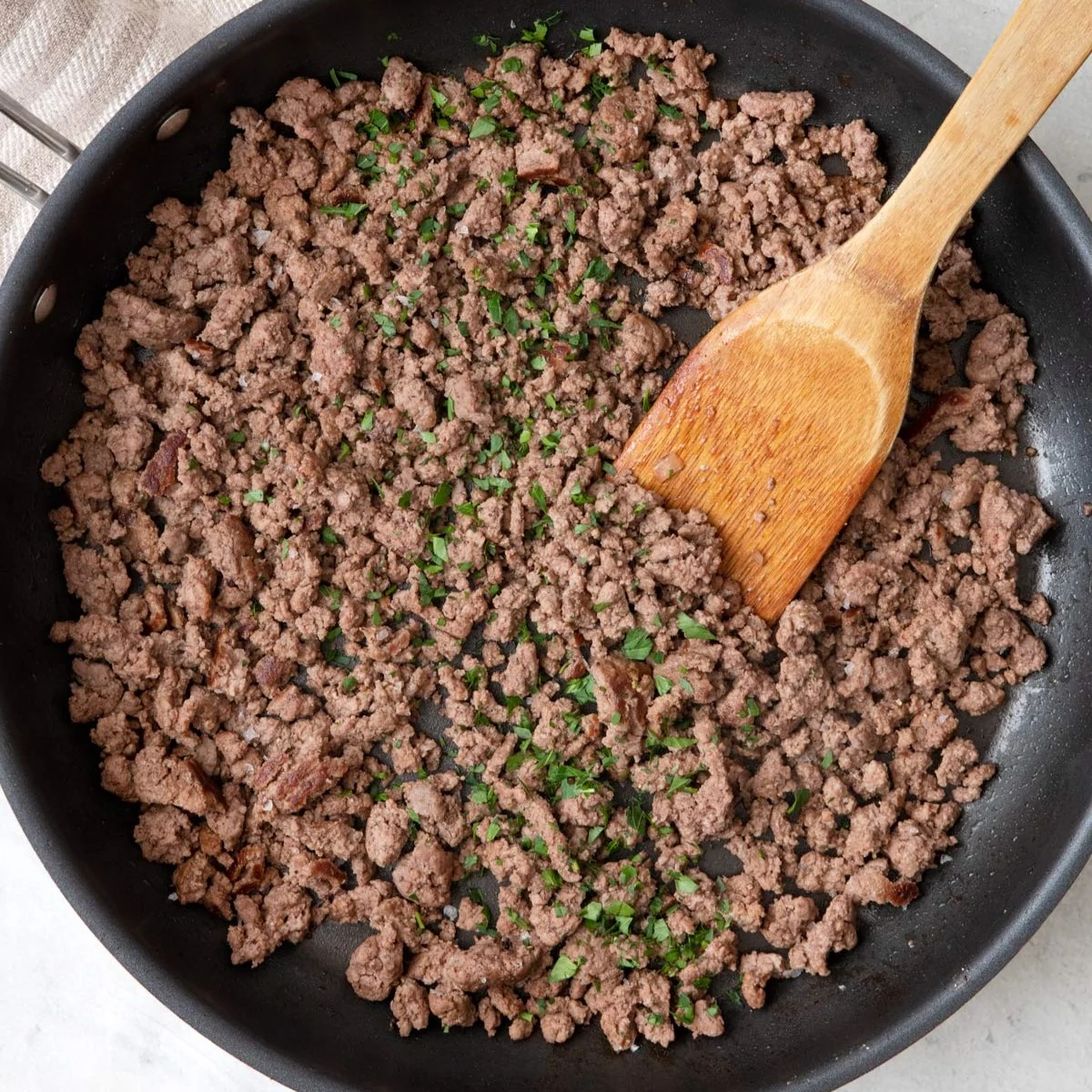
Beef is one of the most popular types of meat, known for its rich flavor and versatility in cooking.
It comes from cattle and is used in various dishes, from steaks to stews.
Beef is packed with protein, iron, and essential vitamins like B12.
The flavor and tenderness of beef can vary depending on the cut, with some popular ones being ribeye, tenderloin, and brisket.
- Nutritional Benefits: High in protein, iron, and B vitamins.
- Popular Cuts: Ribeye, tenderloin, brisket.
- Cooking Methods: Grilling, roasting, braising.
2. Chicken
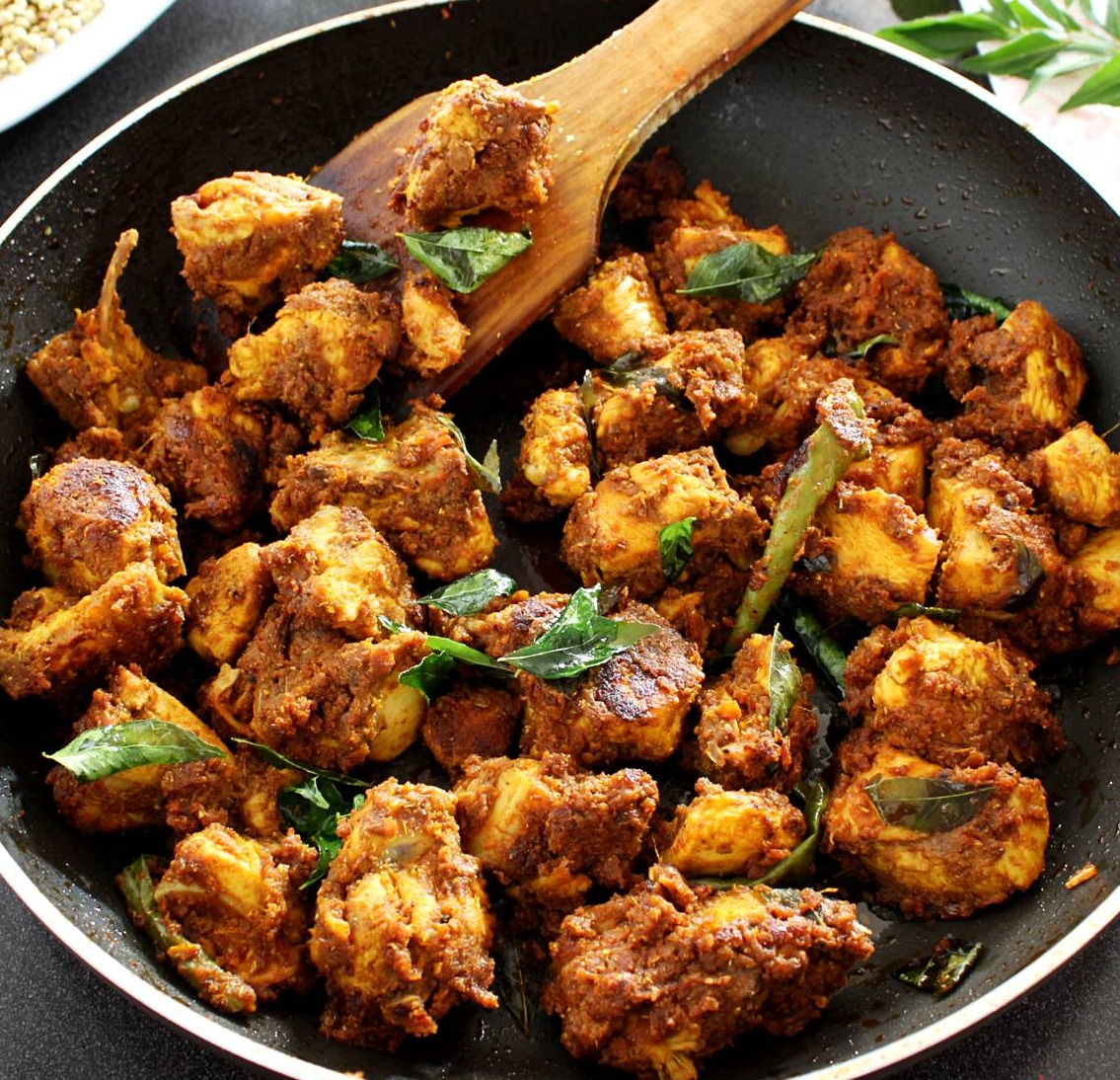
Chicken is a lean, versatile meat that is widely consumed around the world.
It is a great source of lean protein and can be prepared in countless ways, from grilling to baking.
Chicken is often preferred for its mild flavor and adaptability in various recipes, making it a go-to meat for many households.
- Nutritional Benefits: Low in fat, high in protein.
- Popular Cuts: Breast, thighs, wings.
- Cooking Methods: Grilling, baking, frying.
3. Pork
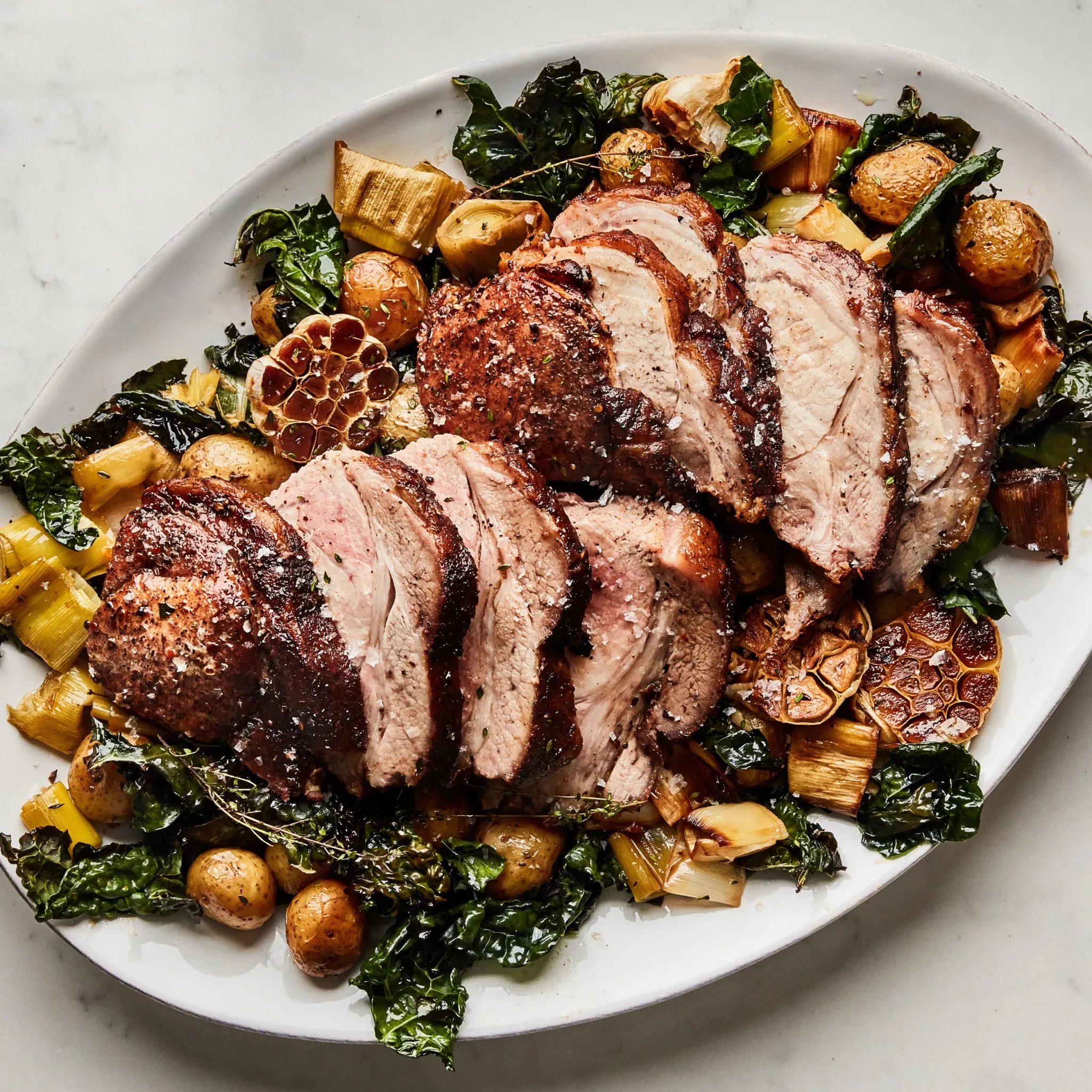
Pork is known for its tenderness and mild flavor.
It comes from pigs and can be used in various dishes, including sausages, bacon, and roasts.
Pork is rich in essential nutrients like thiamin and selenium.
Depending on the cut, pork can be either lean or fatty, influencing its flavor and cooking method.
- Nutritional Benefits: High in protein, thiamin, and selenium.
- Popular Cuts: Bacon, chops, tenderloin.
- Cooking Methods: Roasting, grilling, slow cooking.
4. Lamb
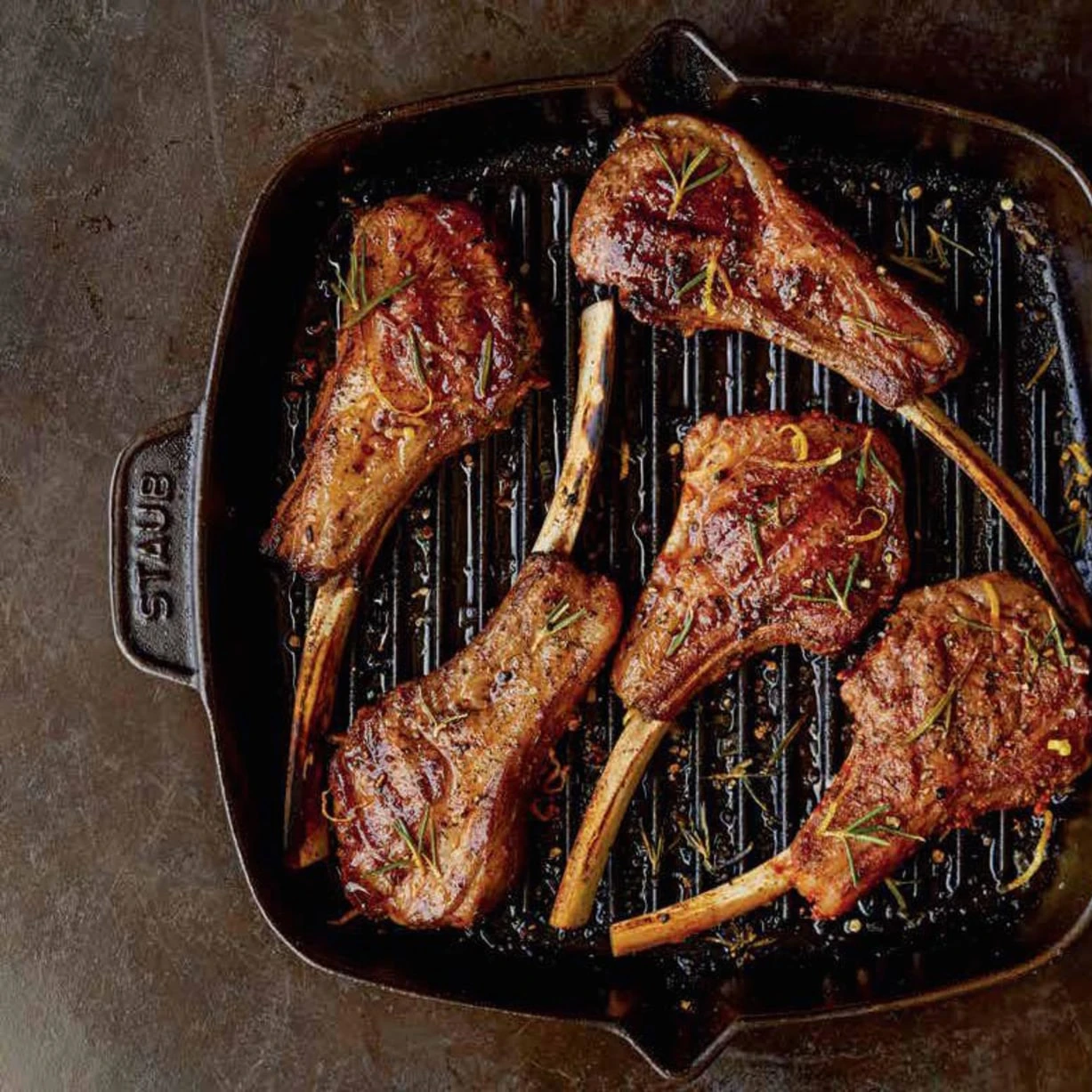
Lamb, which comes from young sheep, has a distinct flavor that is tender and slightly gamey.
It is a rich source of protein, iron, and zinc.
Lamb is often used in Mediterranean and Middle Eastern cuisines and pairs well with herbs like rosemary and mint. Its tenderness makes it ideal for roasting and grilling.
- Nutritional Benefits: Rich in protein, iron, and zinc.
- Popular Cuts: Leg, rack, shoulder.
- Cooking Methods: Roasting, grilling, braising.
5. Turkey
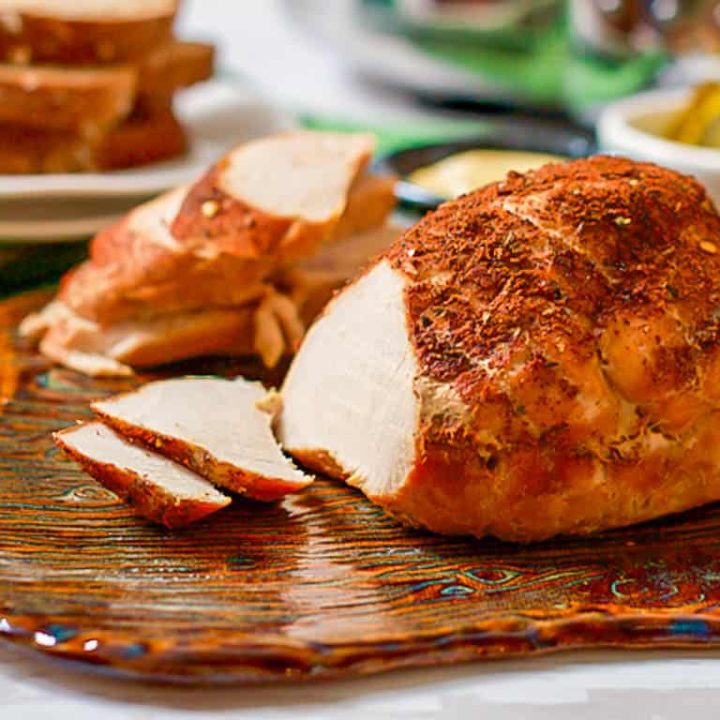
Turkey is a lean meat often associated with festive meals.
It is a great source of protein and low in fat, making it a healthy option.
Turkey can be roasted whole, used in sandwiches, or ground for various recipes.
Its mild flavor lets it absorb spices and marinades well, making it versatile in cooking.
- Nutritional Benefits: Low in fat, high in protein.
- Popular Cuts: Breast, thighs, ground turkey.
- Cooking Methods: Roasting, grilling, baking.
6. Duck
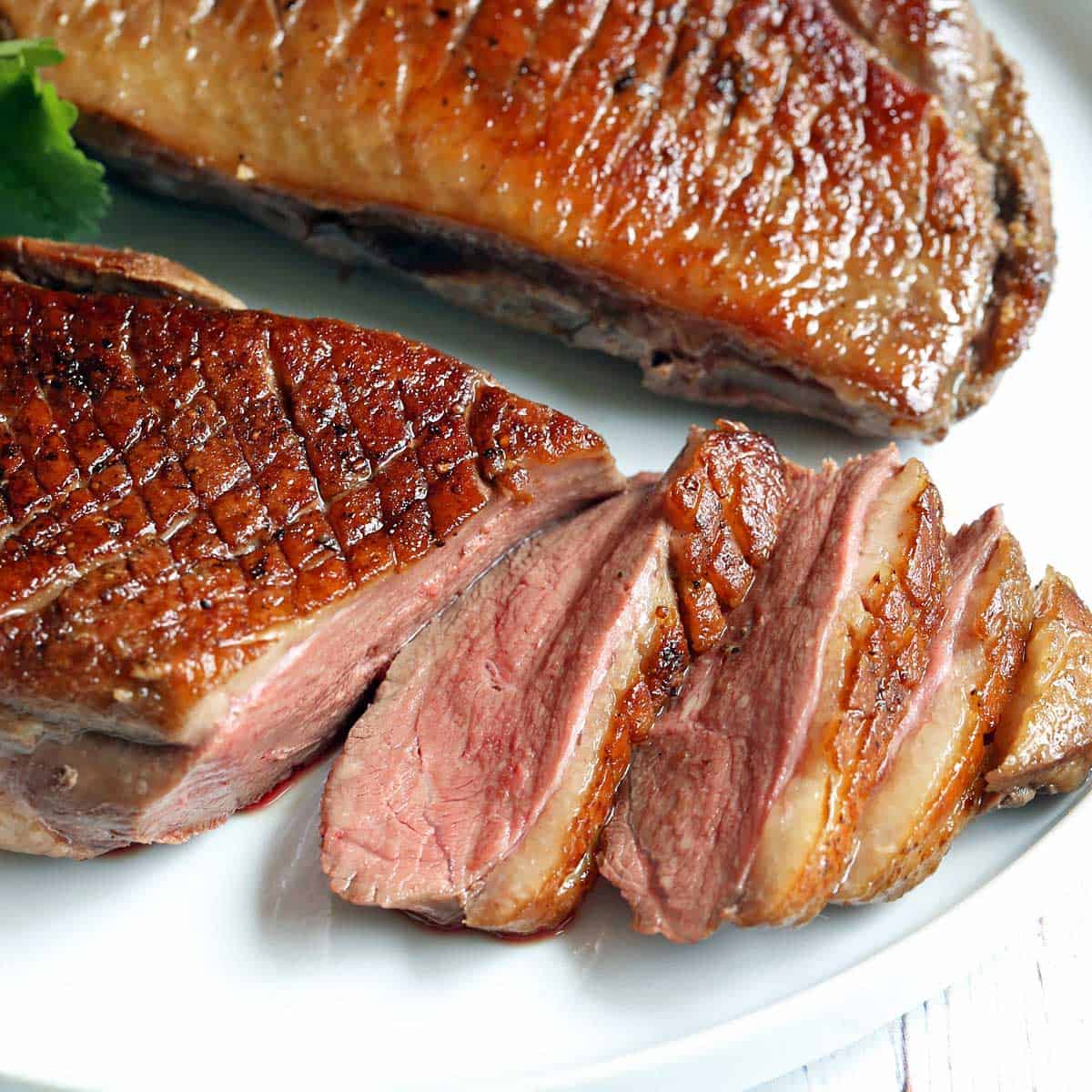
Duck meat is rich and flavorful, with a higher fat content than other poultry.
It is often used in gourmet cooking and is popular in French and Asian cuisines.
Duck is a good source of protein, iron, and zinc. The meat is tender and succulent, perfect for roasting or pan-searing.
- Nutritional Benefits: High in protein, iron, and zinc.
- Popular Cuts: Breast, legs, whole duck.
- Cooking Methods: Roasting, searing, confit.
7. Goat

Goat meat is lean and has a unique flavor that is slightly gamey.
It is a staple in many cultures, particularly African, Caribbean, and South Asian cuisines.
Goat is high in protein and lower in fat than many other meats.
It is often slow-cooked to tenderize the meat, making it ideal for stews and curries.
- Nutritional Benefits: Low in fat, high in protein.
- Popular Cuts: Leg, shoulder, stew meat.
- Cooking Methods: Stewing, braising, grilling.
8. Venison

Venison, or deer meat, is a lean, gamey meat high in protein and iron.
It is often used in stews, sausages, and steaks.
Venison is popular in-game cooking and is prized for its rich flavor.
Because it is leaner than beef, venison is often cooked slowly to retain moisture.
- Nutritional Benefits: High in protein and iron, low in fat.
- Popular Cuts: Loin, tenderloin, ground venison.
- Cooking Methods: Slow cooking, grilling, roasting.
9. Rabbit
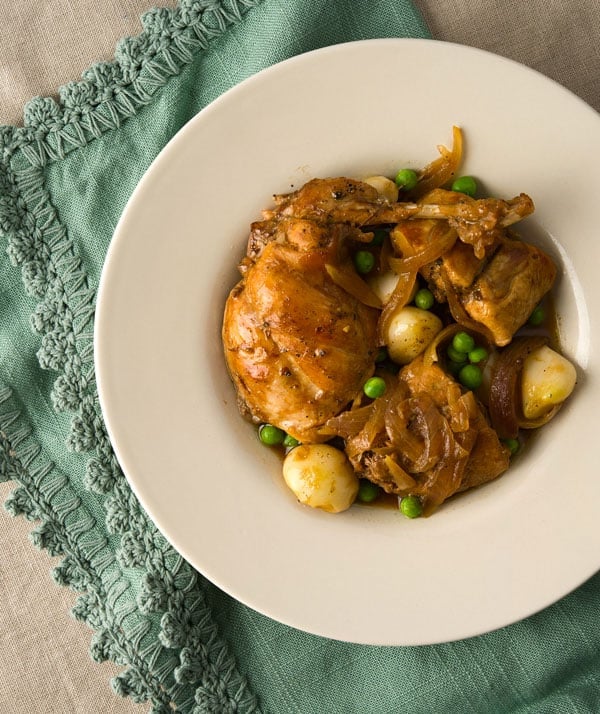
Rabbit meat is lean and has a delicate flavor, often compared to chicken.
It is a good source of protein, omega-3 fatty acids, and vitamin B12.
Rabbit is commonly used in European cuisines, especially in stews and braises.
Due to its lean nature, rabbits are best cooked slowly to ensure tenderness.
- Nutritional Benefits: Low in fat, high in protein, rich in omega-3.
- Popular Cuts: Whole rabbit, legs, saddle.
- Cooking Methods: Braising, roasting, stewing.
10. Bison
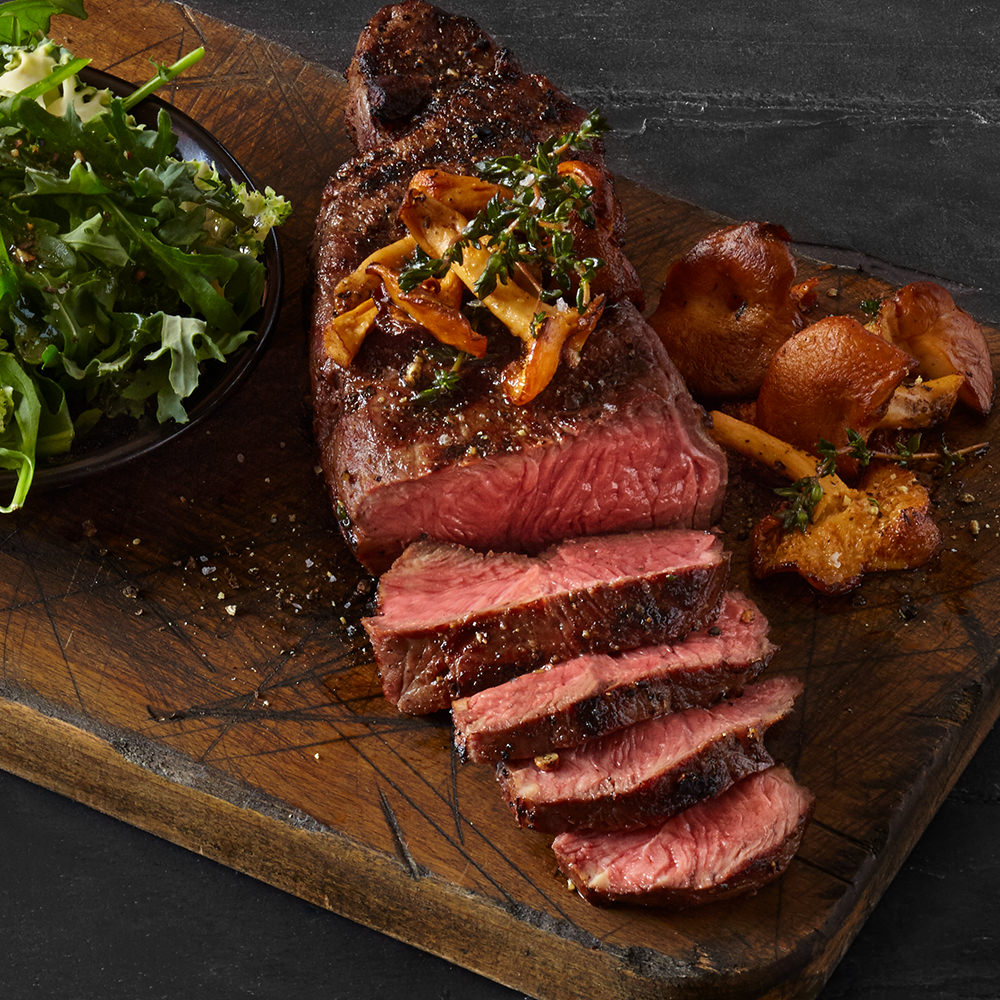
Bison meat is a lean alternative to beef, with a slightly sweeter and richer flavor.
It is high in protein, iron, and omega-3 fatty acids and lower in fat than beef.
Bison is often used in burgers, steaks, and roasts. Its leanness requires careful cooking to avoid overcooking and dryness.
- Nutritional Benefits: High in protein, iron, and omega-3s.
- Popular Cuts: Burgers, steaks, roasts.
- Cooking Methods: Grilling, roasting, slow cooking.
11. Quail
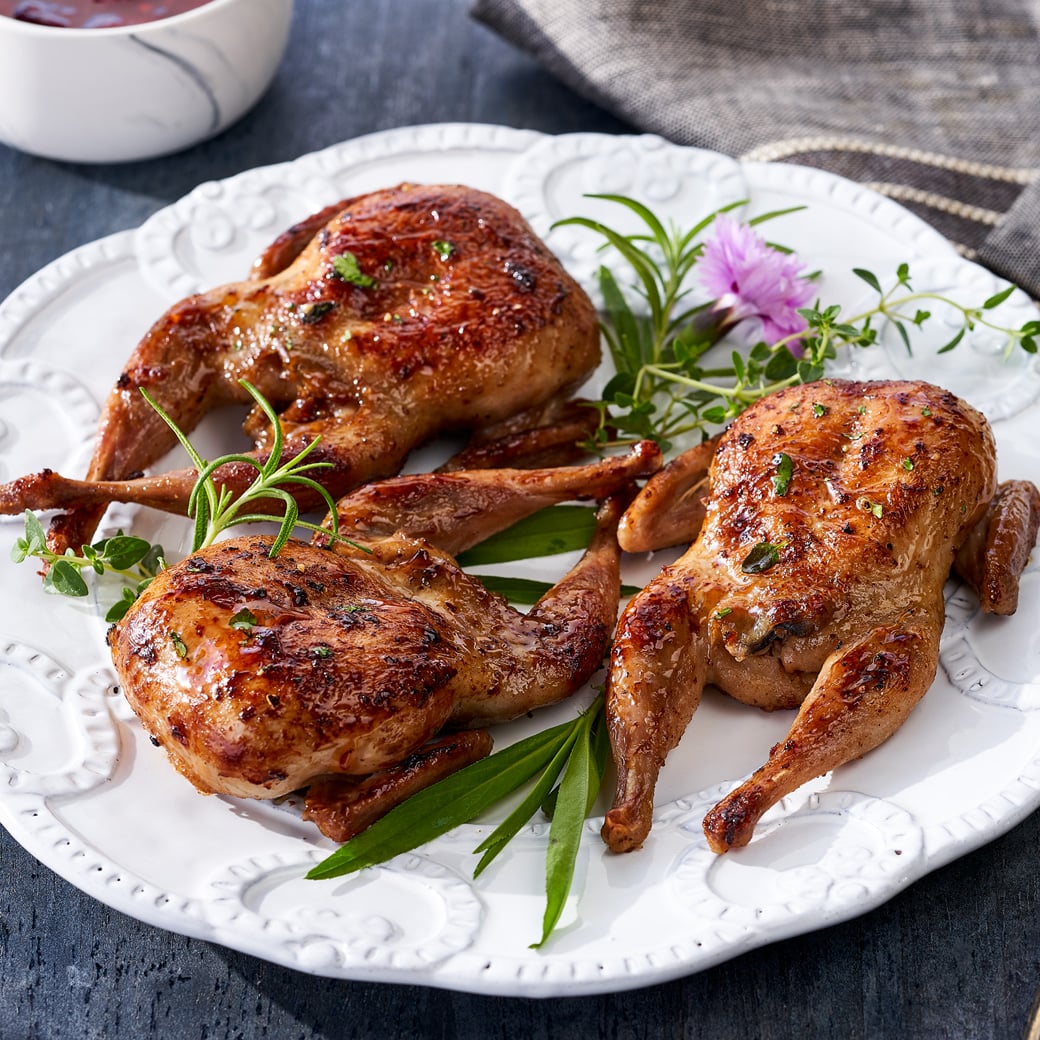
Quail is a small, flavorful bird that is often roasted or grilled.
It is rich in protein and has a delicate, slightly gamey flavor.
Quail is popular in gourmet dishes and is often served whole.
Despite its small size, quail is packed with nutrients and is a delicacy in many cuisines.
- Nutritional Benefits: High in protein, low in fat.
- Popular Cuts: Whole quail, breast, legs.
- Cooking Methods: Roasting, grilling, sautéing.
Conclusion
Exploring different types of meat can add variety and depth to your meals.
Each type of meat offers unique flavors, textures, and nutritional benefits, so choosing the right one based on your dish and dietary needs is important.
Whether you’re looking for something lean like chicken or rich like a duck, understanding these meats can help you make more informed cooking decisions.
Incorporating a range of meats into your diet can enhance your culinary skills and provide a broader range of nutrients.

